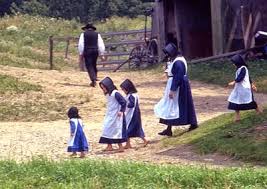
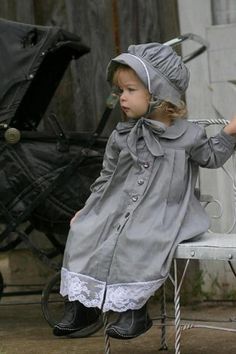
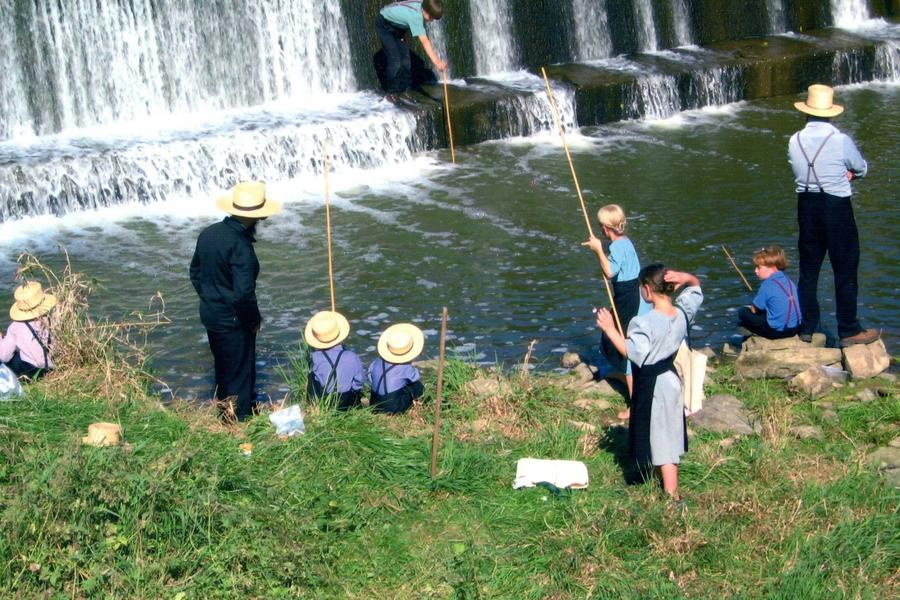
fun for ones & Twos= Incredible Baby(TM) one and two year olds free
FREE One year old Curriculum & play
The second year of your childs life is amazing to watch. They are naturally so focused on being able to communicate and being able to fine tune their coordination. Focusing on free play and experiences that allow them to explore their world on their own, should be fun for them and a priority in all that you do with them.
One year olds learn more skills in this year than any other year. (That is amazing because they only have a few minutes of attention span and minimal ability to understand language.) Granted, children should spend about 80% of their time in freeplay, exploring the world in their own way and as they desire learning in the way that they want.
Yet as my granddaughter turns one, I was appalled at how little is available online to provide themed play and curriculum for one year old toddlers. So I spent the last six months developing activity banks and resources for you.
Heres how it works-
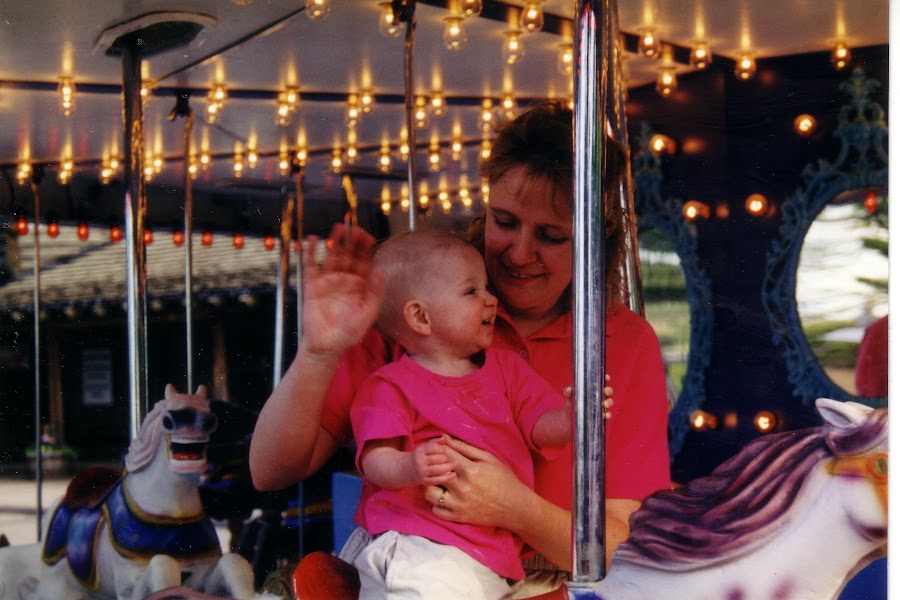
Your focus on communication in that second year is crucial to reducing their frustation and crying spells from us not understanding what they want.
I live in rural New York with alot of Amish families in our community. I was helping a family of a child with Downs Syndrome when I struck up a conversation about parenting priorities. They concentrate on physical strenth and coordination in the first year, like parents all over the world. But around the beginning of their second year they give themselves a new focus -communication and lifeskills. They teach only what is relevant to daily life- so the children only learn what they need to use in their everyday life. (Not the alphabet: because they don't need that until they are reading or writting.) They focus on a babies innate desire to communicate and introduce playskills that will grow into lifeskills based on their every day life.
Amish parents master their parenting skills as youth when as they help take care of younger children in their community or sisters and brothers. Coached by their own parents or the parents of the child in thier care, they learn to help children explore and learn through play. To me, they have very Reggio and Montessori-approach. Their objective to playfully explore all aspects of Amish daily life with children is pretty much drilled into them before they marry.
They are masters at developing social learning and sticking to teaching everyday lifeskills for being successful and helpful in their family and community. Makes sense, right?
Learning about the science of nature and what it provides for them is a lifelong goal for them. However, they don't include teaching about things that are irrelevant. As in, the idea of teaching about the ocean if they live too far from it to visit it. If it can't be taught or enriched through everyday life, they don't teach it until later in life. This systematic hands on approach to learning is really effective in teaching the scientific relevance of all that they do through out their lives. They also learn penmanship and basic math skills such as addition, subtraction, multiplication, and division later in life. Science, math and history are taught entirely through hands-on experiences such as farming, woodworking, home making or building.
Babies are wanting to learn to communicate more than anything.
Understanding Communication with non-verbal cues or signals
Understanding Baby's Nonverbal Cues and Signals
Newborns are naturally wired to seek human connection and communicate their needs. The love and care they receive during this stage greatly influence their future development. This underscores the importance of parents being attuned to the nonverbal cues and baby signals that their little ones give them.
At different stages, babies engage in nonverbal communication through various means. Yawning may indicate tiredness, alert eyes and an upturned mouth convey pleasure and a desire to interact, while pushing away touch or objects signifies rejection.
However, it is crucial for caregivers to recognize that each baby has their unique nonverbal language. For example, an open palm might signal reassurance for one child, but it could indicate stress for another. Understanding these individual nuances requires familiarity with the infant's unique signals.
The Importance of Understanding Baby’s Nonverbal Messages
Effective communication strengthens the emotional bond, reassuring the baby that they are understood and cared for, promoting love and attachment. By recognizing nonverbal cues, parents demonstrate attunement, building trust and creating a secure foundation for the baby's overall development.
Babies communicate from birth through sounds like crying, cooing, and squealing, as well as facial expressions such as eye contact, smiling, and grimacing, and gestures or body movements like leg movements reflecting excitement or distress, and later on, pointing gestures.
Being able to interpret the body language of others is essential for understanding social cues, such as knowing when to interrupt, recognizing humor, or assessing trustworthiness. A lack of adequate non-verbal communication skills before a baby starts talking can lead to behavioral difficulties later on.
Nonverbal baby communication also plays a crucial role in language development, as parents can interpret their baby's expressions and gestures, facilitating early communication skills. It also aids in emotional regulation, allowing parents to provide comfort and support during moments of distress.
By understanding the unique nonverbal language of each baby, parents can provide individualized care that meets their specific needs effectively.
Types of Nonverbal Communication in Babies
In babies, nonverbal communication encompasses a range of types, including facial expressions, vocal sounds, and body movements. These forms of nonverbal cues provide valuable insights into their emotions, needs, and desires.
Facial Expressions
Facial expressions play a significant role in conveying emotions and needs. Babies can express joy through smiles, display discomfort or distress through frowns or grimaces, and show surprise or curiosity through widened eyes.
Vocal Sounds
Vocal sounds are another important aspect of nonverbal communication in babies. Cooing and gurgling sounds often indicate contentment or pleasure, while crying serves as a clear signal of discomfort, hunger, or a need for attention. Babbling, characterized by repetitive syllables, helps babies explore and practice the sounds and patterns of language.
Body Language
Babies use their bodies to express their intentions, preferences, and discomfort. Kicking their legs in excitement or anticipation can indicate enthusiasm or eagerness to interact with their surroundings. Reaching out for objects or people demonstrates a desire for engagement and exploration. On the other hand, turning away or avoiding eye contact may suggest the need for a break from stimulation or a desire for solitude.
The act of pointing
Pointing is a clear form of communication for children, and it can be categorized into two types. Proto-imperative pointing is when a young child points at something they want, enabling them to convey direct messages to adults despite their inability to use words.
A little later, proto-declarative or declarative pointing emerges, which is used by babies to initiate a conversation and discuss something of interest.
Initiating a conversation through pointing is crucial, and it is ineffective to sit opposite the child and simply ask, "What's that?" Instead, recognize that the child has initiated the conversation through their gesture and respond accordingly.
Eye contact
In nonverbal communication with babies, it is crucial to establish eye contact, maintain an open posture, and display positive facial expressions. Effectively communicating with a child often involves being face to face.
A significant portion of communication relies on cues, and if the child is facing away, they miss out on essential aspects of the message. Therefore, it is advisable to avoid forward-facing buggies as they can cause confusion and diminish the child's interest in verbal interactions.
Touch
Touch serves as an additional means of nonverbal communication that can have both positive and negative effects. Touch and smell play a crucial role in how babies perceive and understand their surroundings, greatly influencing their brain development. Gentle touch has the ability to trigger the release of feel-good chemicals in a baby's brain, promoting a sense of well-being.
Conversely, harsh or brief touch can lead to the release of stress chemicals, potentially contributing to higher stress levels in the developing brain. While boisterous play is important, it is equally essential for babies to feel secure and safe in their environment.
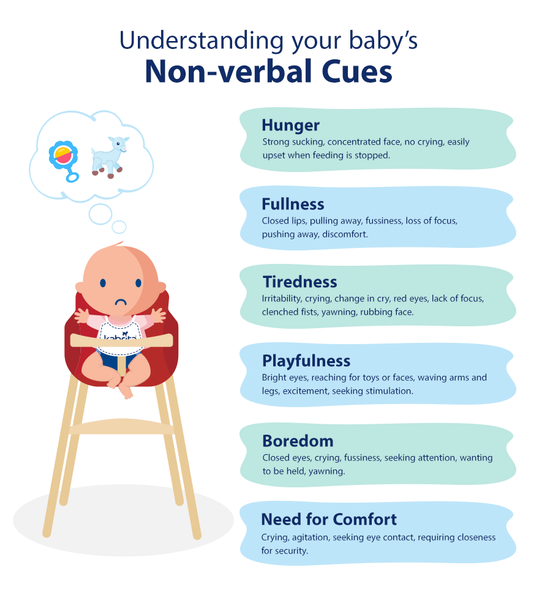
Interpreting Your Baby's Nonverbal Cues
Each baby has their own unique way of communicating, influenced by their individuality, age, and developmental stage. It's important to recognize that you don't have to interpret their communication perfectly every time. What matters most is making an effort to understand their needs and desires.
I'm still hungry!
The baby shows signs of hunger by sucking strongly and swallowing the milk in their mouth. Their face exhibits concentration, and they remain calm without crying or fussing. When the breast or bottle is taken away, the baby cries and complains. They are not easily distracted by their surroundings.
I’m full
When the baby is full, they close their lips and pull away from the breast or bottle. They may start to fuss and cry, and they stop sucking and swallowing. Milk may pool in their mouth, and dribble. They become easily distracted and lose focus on sucking. They push the breast or bottle away, turn their head to the side, close their eyes, and may appear uncomfortable.
I’m tired
When the baby is tired, they become irritable and start crying. Their cry changes in pitch and intensity, and they are no longer content. eyes become red, and they lose focus, staring off into space. The baby's face scrunches up, and their hands clenched into fists. Yawning and rubbing their face with their hands are also signs of tiredness.
I want to play
When the baby wants to play, their eyes are bright and open, and they reach for a toy or someone's face. They wave their arms and legs in excitement, and they might even squeal and laugh. They look around for something stimulating, attempting to move toward a toy or anything that catches their attention.
I’m bored
Watch as the baby closes their eyes and breaks eye contact; they are searching for something more interesting to gaze at. They start to cry and fuss because they lose interest in what they were doing before. The baby wants to be held and carried, and they might even yawn just to show that they really need some entertainment.
I want comfort
Babies express their need for comfort through crying and agitation, seeking assistance, and reaching out to be held. They seek eye contact and connection with familiar faces. It's crucial to stay close and provide comfort when strangers are present. Whether feeling frightened, uncertain, in unfamiliar surroundings, or simply seeking reassurance, being near the baby provides a sense of security.
It's important to remember that communication is not a one-sided process. Shortly after birth, babies start to grasp that "words, voice tone, facial expressions, and gestures" are all forms of communication they receive from others, and they begin to respond to these cues.
Responding to Your Baby's Nonverbal Communication
If you’re wondering how to communicate with babies, it is important to know that every baby has their own unique set of cues to communicate their feelings and needs. As you and your baby become more familiar with each other, you will learn to recognize and interpret their individual cues, allowing you to respond in the most effective way.
It is crucial to respond to your baby's nonverbal communication appropriately, both in words and actions. The response should align with the baby's communication, although occasional mistakes are acceptable. However, a sufficient number of attuned responses are essential for the baby's development.
For instance, when a baby yawns, it signals tiredness, and the appropriate next step is to help them go to sleep. Your baby may also appear relaxed when you smile at them, or they may respond better when you sing and talk to them. This knowledge guides your future responses when your baby displays similar cues.
While setting aside dedicated time for tuning into a baby's nonverbal communication is valuable, the everyday routines provide the best opportunities for interaction. Activities like nappy changing offer ideal moments for face-to-face contact, as every baby requires their nappy to be changed.
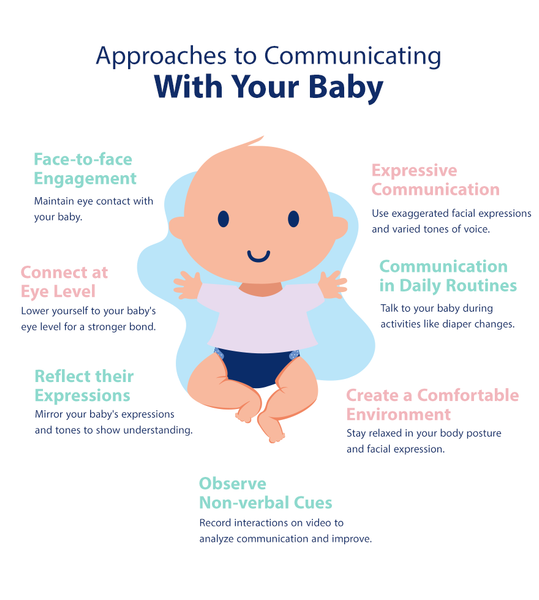
Conclusion
By modeling positive non-verbal communication, such as appropriate facial expressions and warm body language, parents can help their babies understand this form of communication and develop their own skills. This foundation will contribute to their ability to build relationships in the future.
Learn how to understand babies by working toward enhancing your communication with your baby and support the development of their non-verbal communication skills through the following approaches:
As adults, we sometimes overlook the fact that babies cannot yet speak, but they are constantly communicating. It's truly amazing to observe what a baby can convey through their non-verbal cues so ensure that you are encouraging their attempts at communication and responding appropriately.
Approaches to communicating with babies/one year olds

By modeling positive non-verbal communication, such as appropriate facial expressions and warm body language, parents can help their babies understand this form of communication and develop their own skills. This foundation will contribute to their ability to build relationships in the future.
Learn how to understand babies by working toward enhancing your communication with your baby and support the development of their non-verbal communication skills through the following approaches:
As adults, we sometimes overlook the fact that babies cannot yet speak, but they are constantly communicating. It's truly amazing to observe what a baby can convey through their non-verbal cues so ensure that you are encouraging their attempts at communication and responding appropriately.
Receptive and Expressive Language
Discover the key differences between receptive and expressive language in toddler development. Learn why toddlers may have an imbalance between these language skills and how parents can support receptive vs expressive language at home.
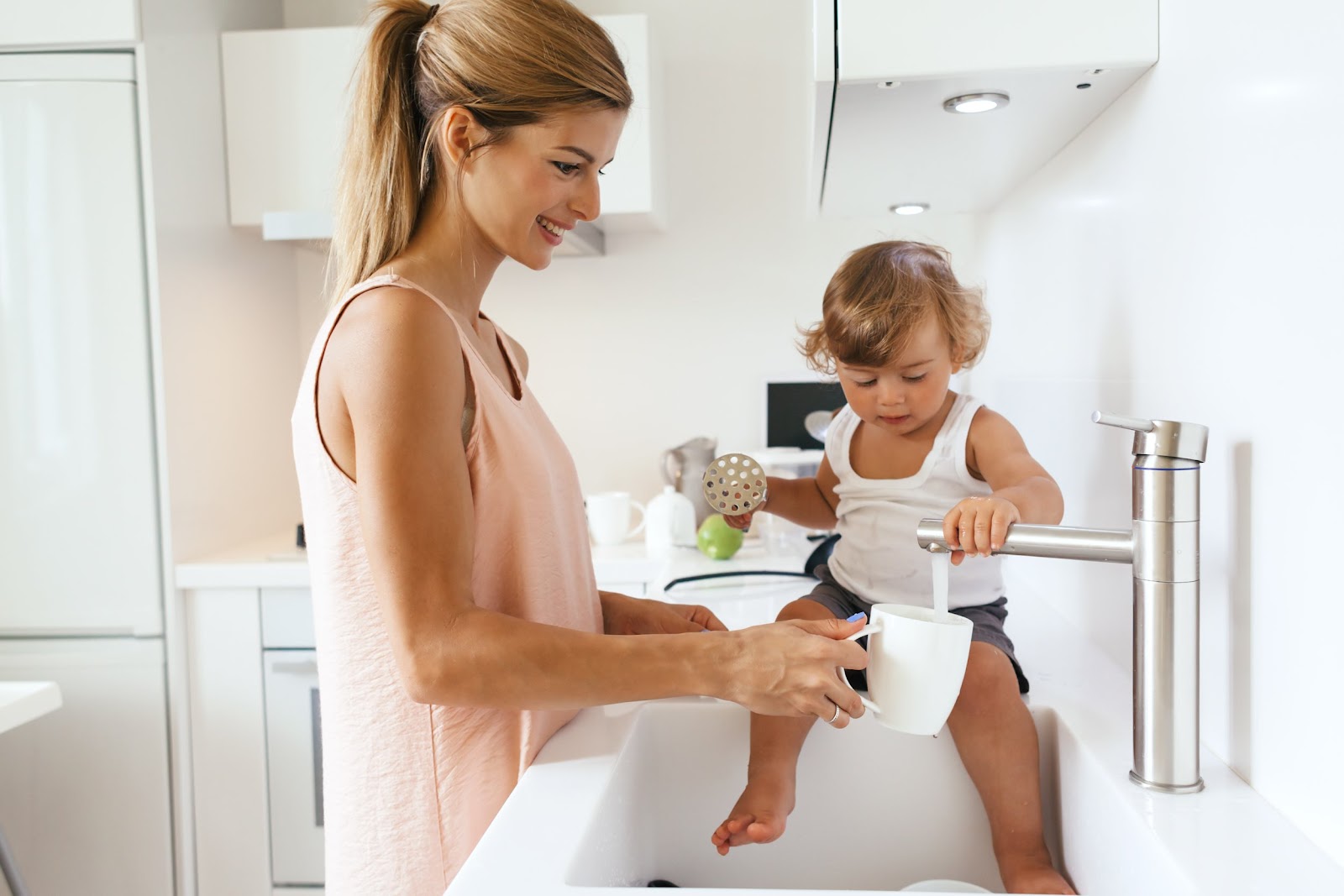
Expressive Language Lessons, First Words
How to Encourage Your Child’s First Words!
First words are such an exciting milestone! Learn speech therapist and mom approved speech therapy tips and activities to help your child say their first word!
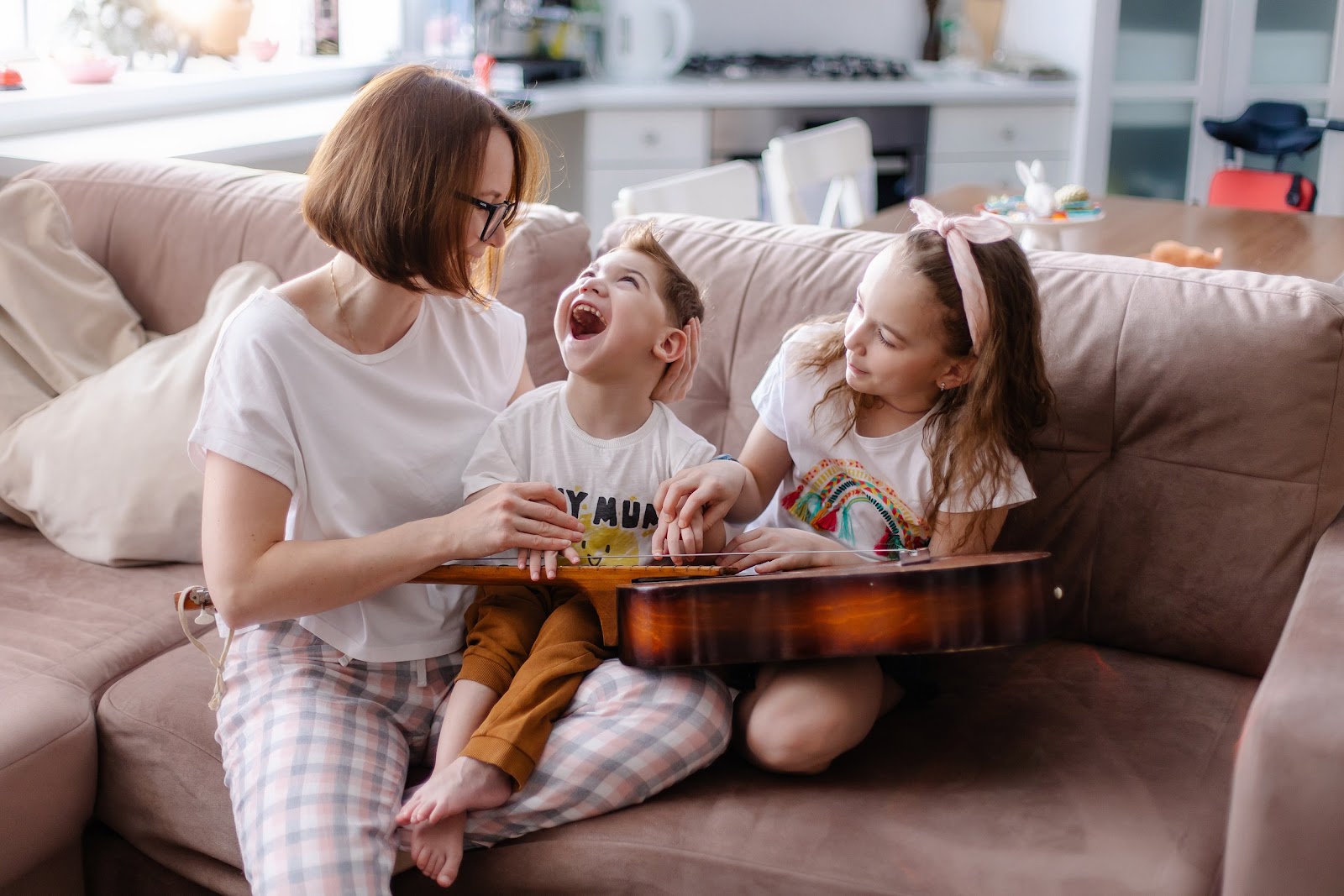
Expressive Language Lessons 1/15/21
Building Non-verbal Communication Skills At Home
Teaching your child to play back and forth with you is one way speech therapists build non-verbal communication skills. Learn speech therapy tips and activities to encourage back and forth play at home.
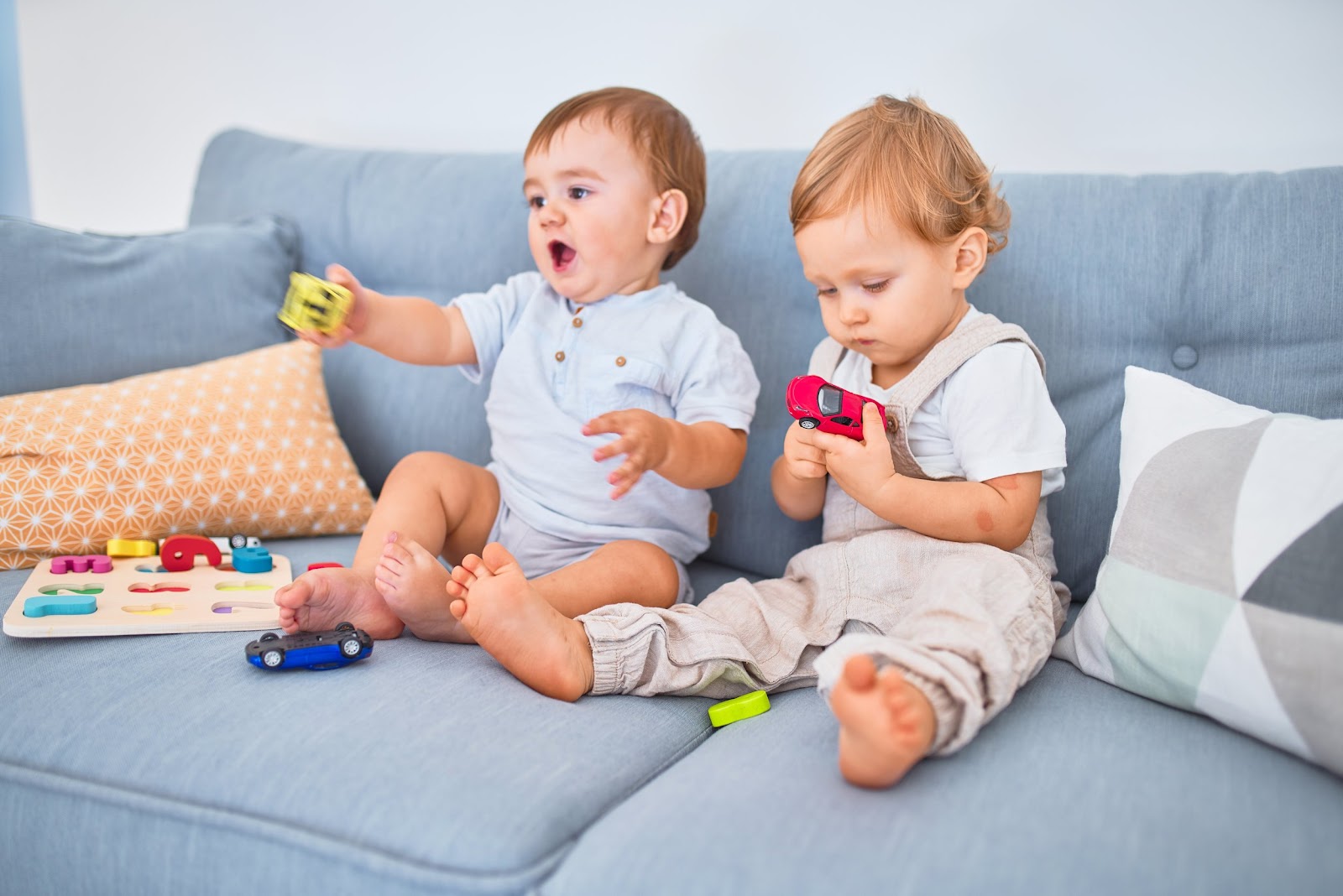
Expressive Language Lessons, First Words 1/15/21
Teaching Toddlers to Repeat Words
Children begin repeating words they hear you say just before they say their first word. See how you can use these fun and doable speech therapy tips and activities to get your little one repeating words.
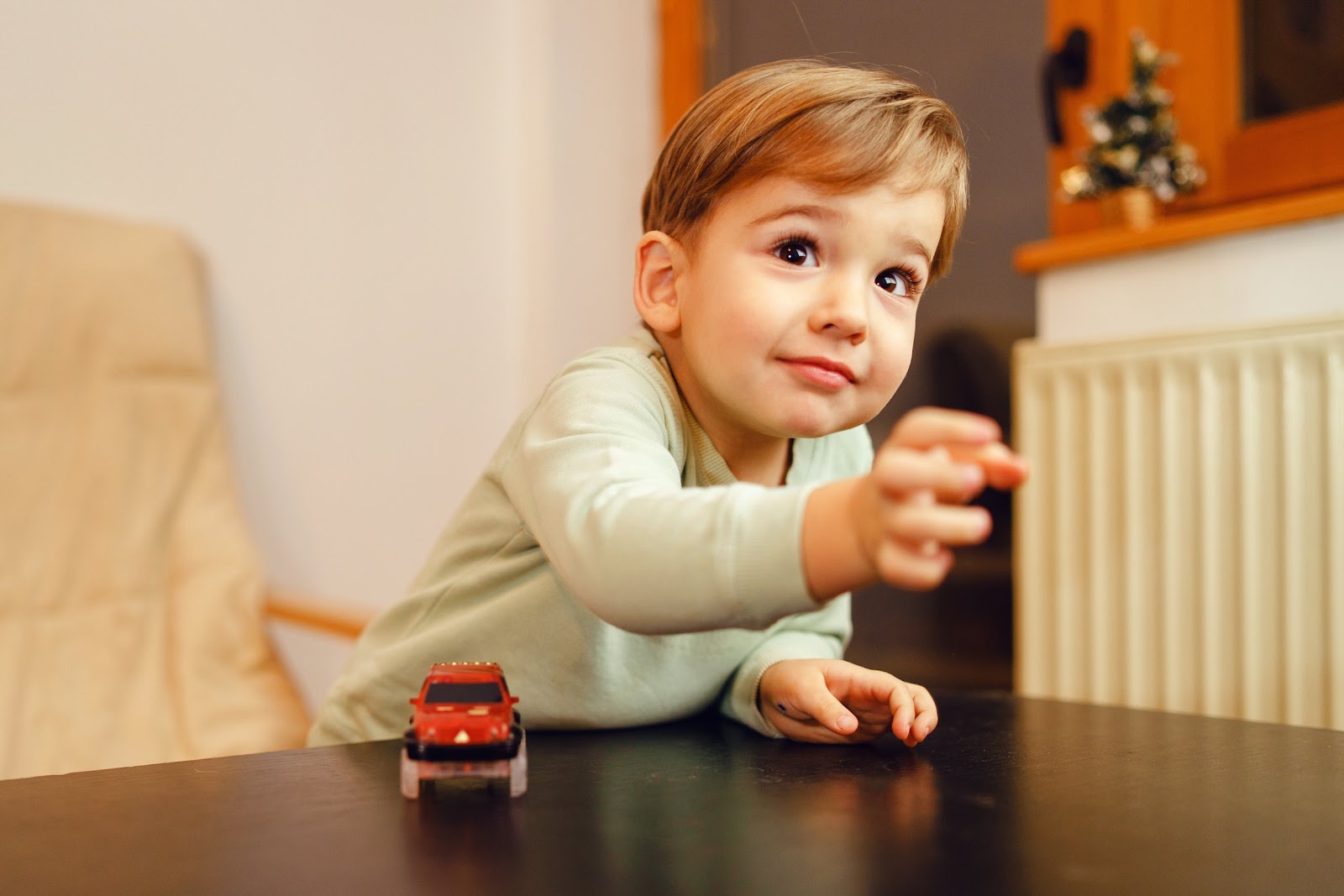
Expressive Language Lessons 1/15/21
Teaching Kids to Ask for Help
Teaching toddlers how to ask for help when they need it is a common speech therapy goal for young children. Learn speech therapy tips and activities you can use to practice at home.

Teaching Toddlers To Imitate In Play
Toddlers learn to talk through imitation! Help them first by supporting imitation in play. Use these speech therapy tips and activities to grow imitation skills at home.

Toddler Language Milestones, 12 - 24 Months7/21/21
Receptive Language:
What do toddlers understand?
Did you know that toddlers understand 10x (or more) the number of words they can say? Learn about receptive language skills, or what toddlers understand and when.
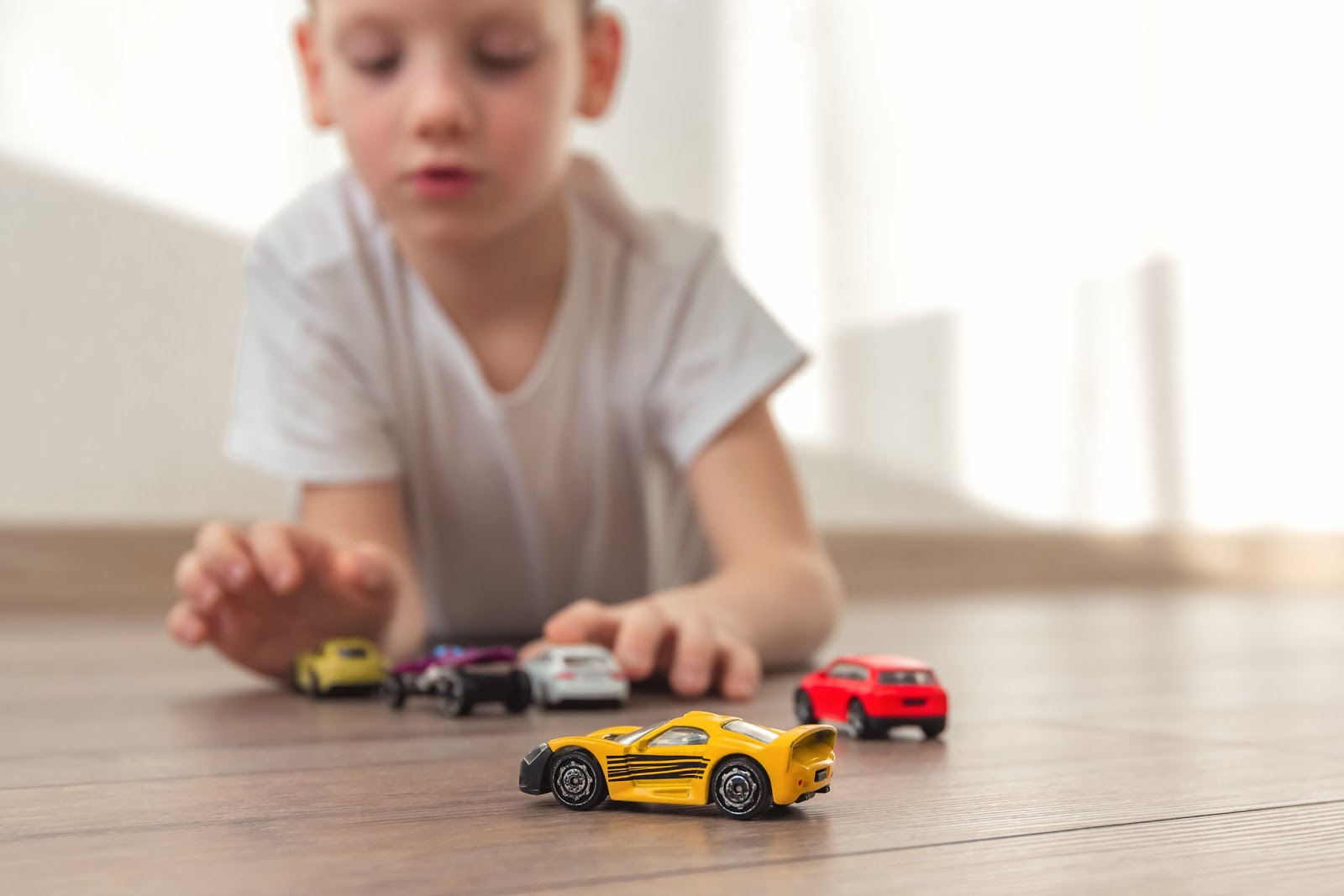
Teaching Toddlers Plural Nouns
Teaching toddlers to use the plural -s is a fun and exciting w
ay to grow their grammar skills at home. Use the speech therapy tips and activities to help!
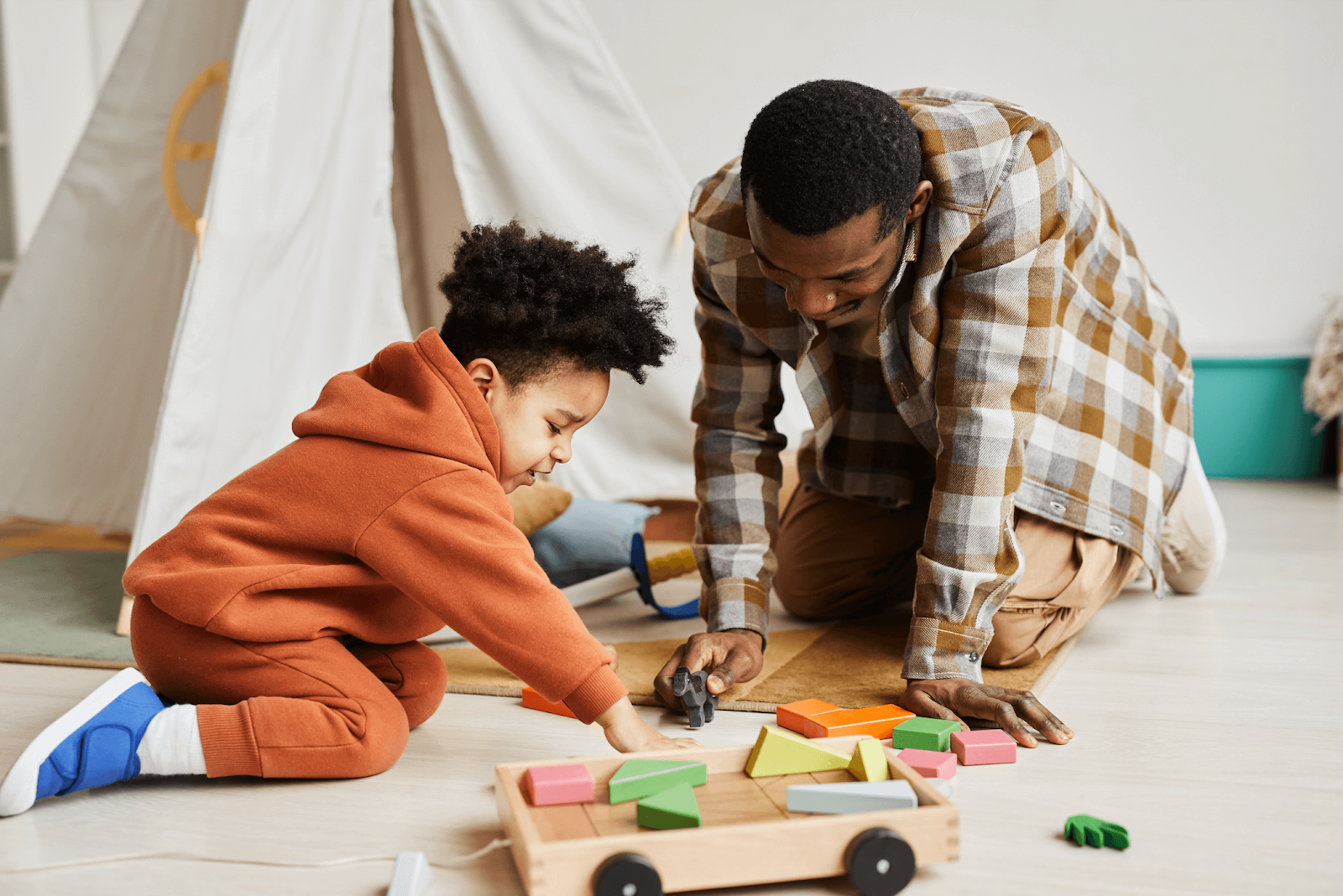
Following Directions
Discover practical speech therapy tips to help your toddler develop the essential skill of following directions. Learn about toddler milestones for following directions and enhance their receptive language abilities through practical strategies and engaging activities.
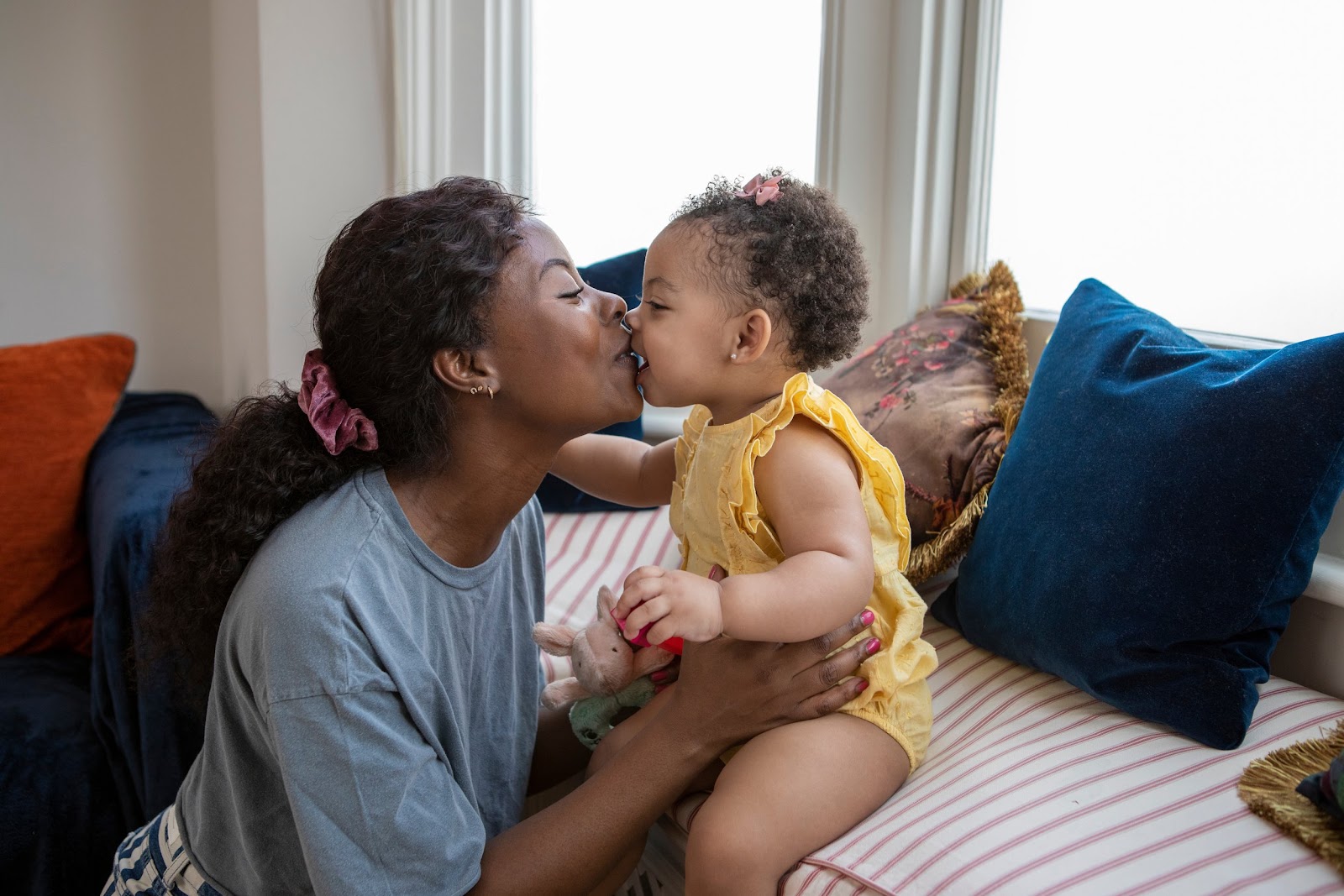
Baby Gestures: Making a big statement without saying a word!
Baby gestures, like clapping, waving, and blowing kisses, are exciting ways that your little one is communicating with you. See why gestures are so important, learn 16 gestures you can teach by 16 months, and my speech therapy tips for teaching baby gestures at home.
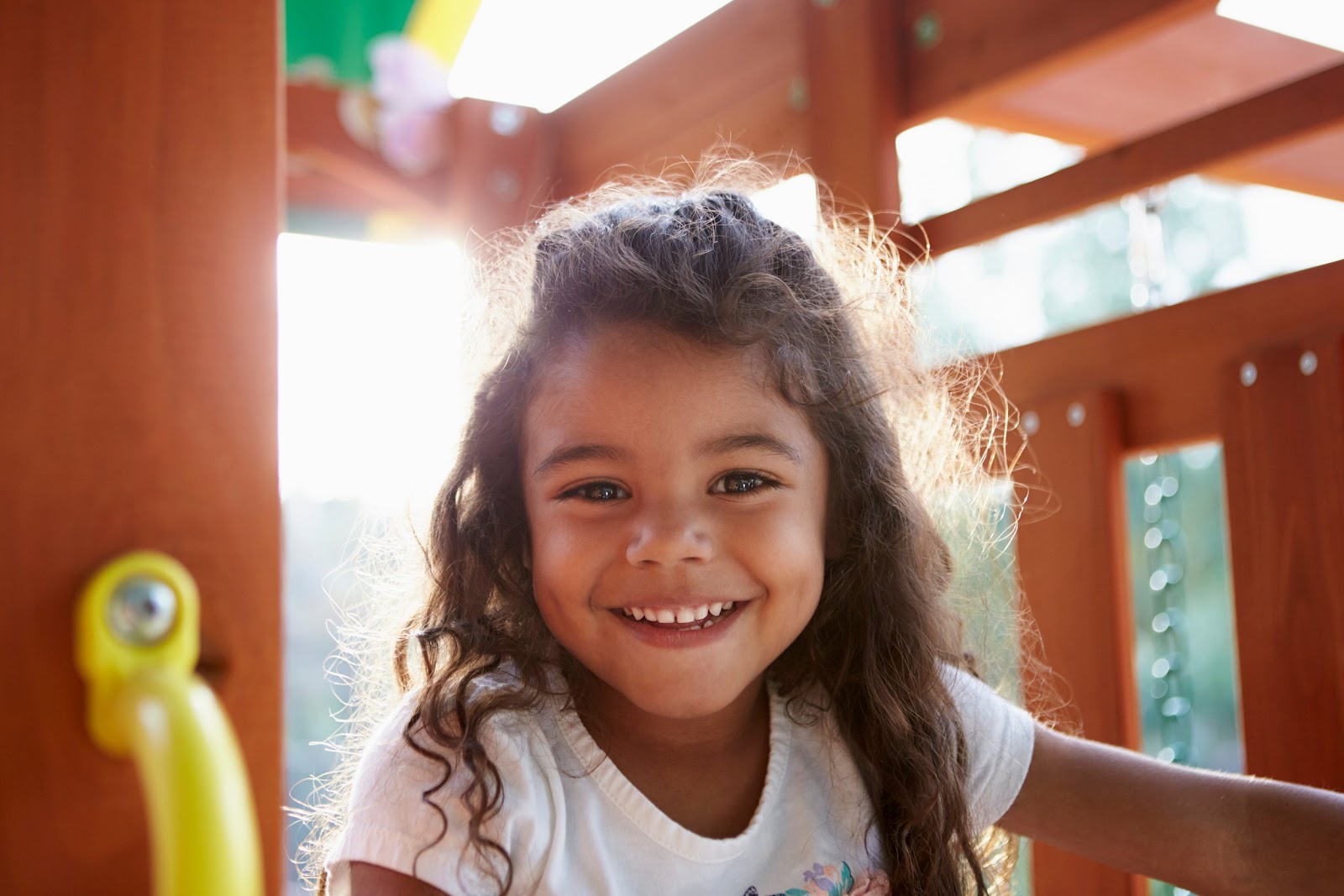
Expressive Language Lessons 1/15/21
Teaching Your Toddler To Tell You What Happened
Teaching toddlers to tell you what happened is an important speech therapy skill to practice at home. Use these tips and activities to help your toddler tell you about what happened to them.
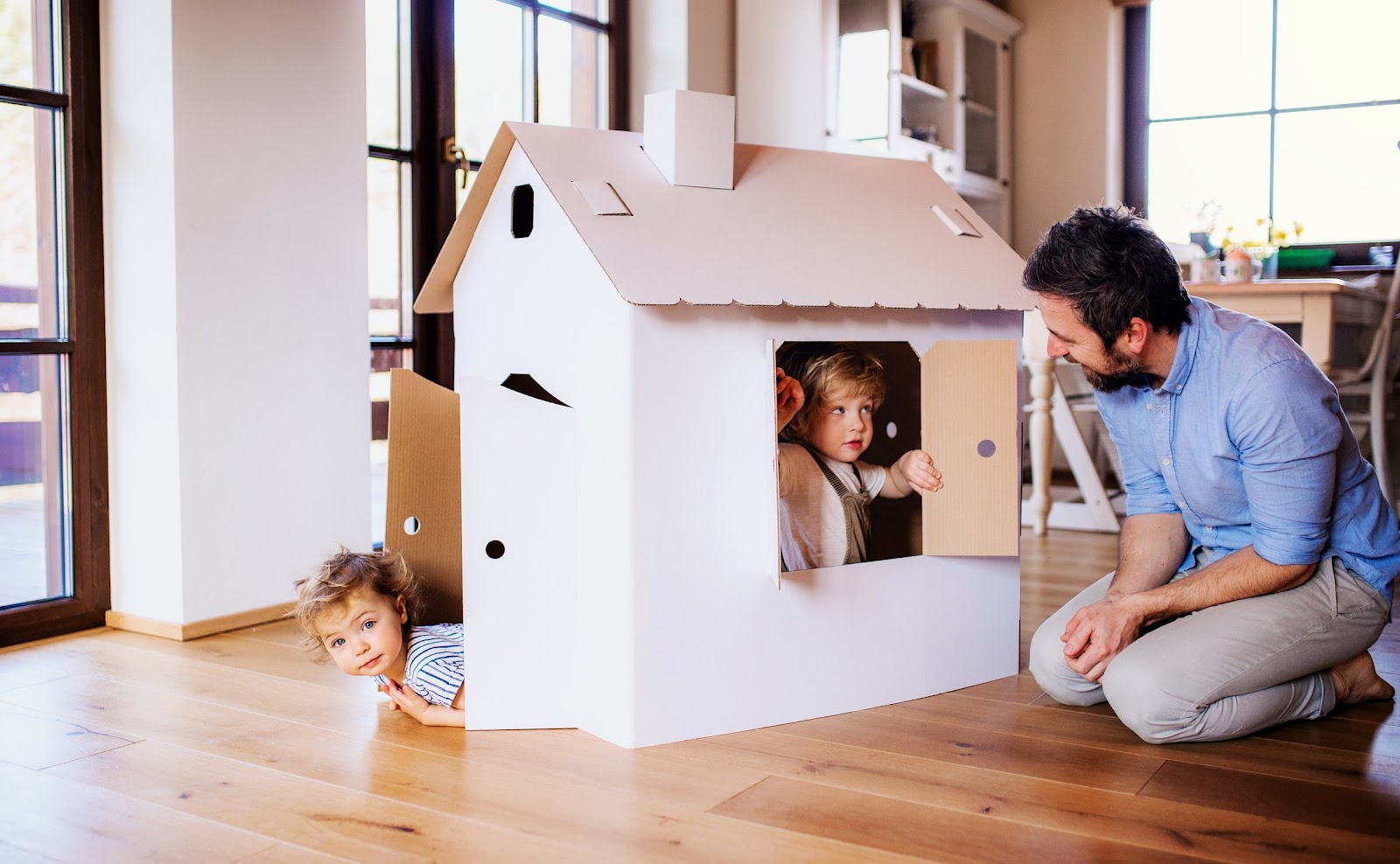
Teaching Toddlers How To Ask Questions
Teaching 2 year olds to ask questions is a fun way to practice speech therapy at home. Learn 3 speech therapy tips and activities that you can use for fun and simple practice.
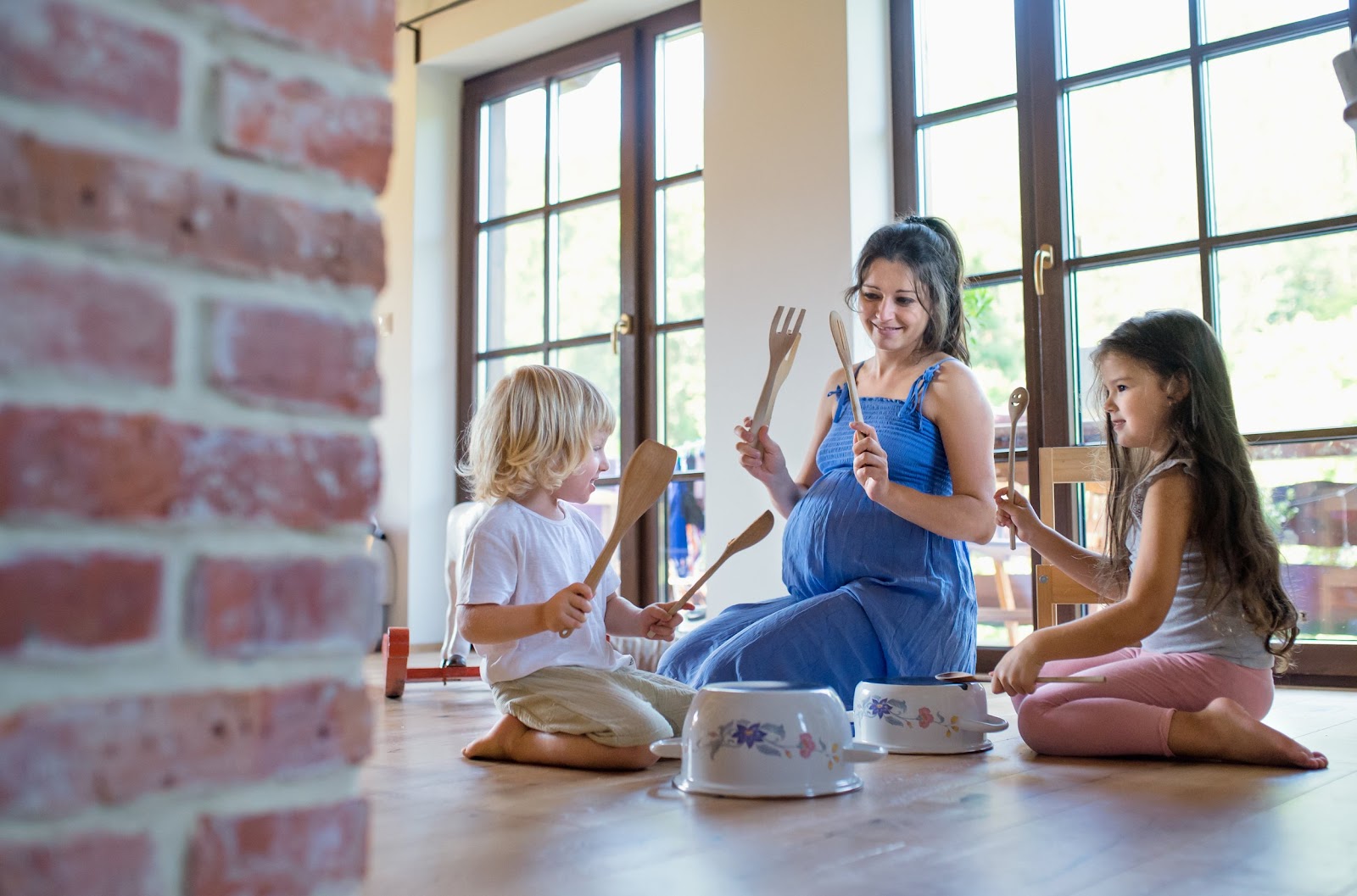
Tips for developing early speech during playtime
Teaching Toddlers To Imitate During Play
Toddlers learn to talk through imitation! Help them first by supporting imitation in play. Use these speech therapy tips and activities to grow imitation skills at home.
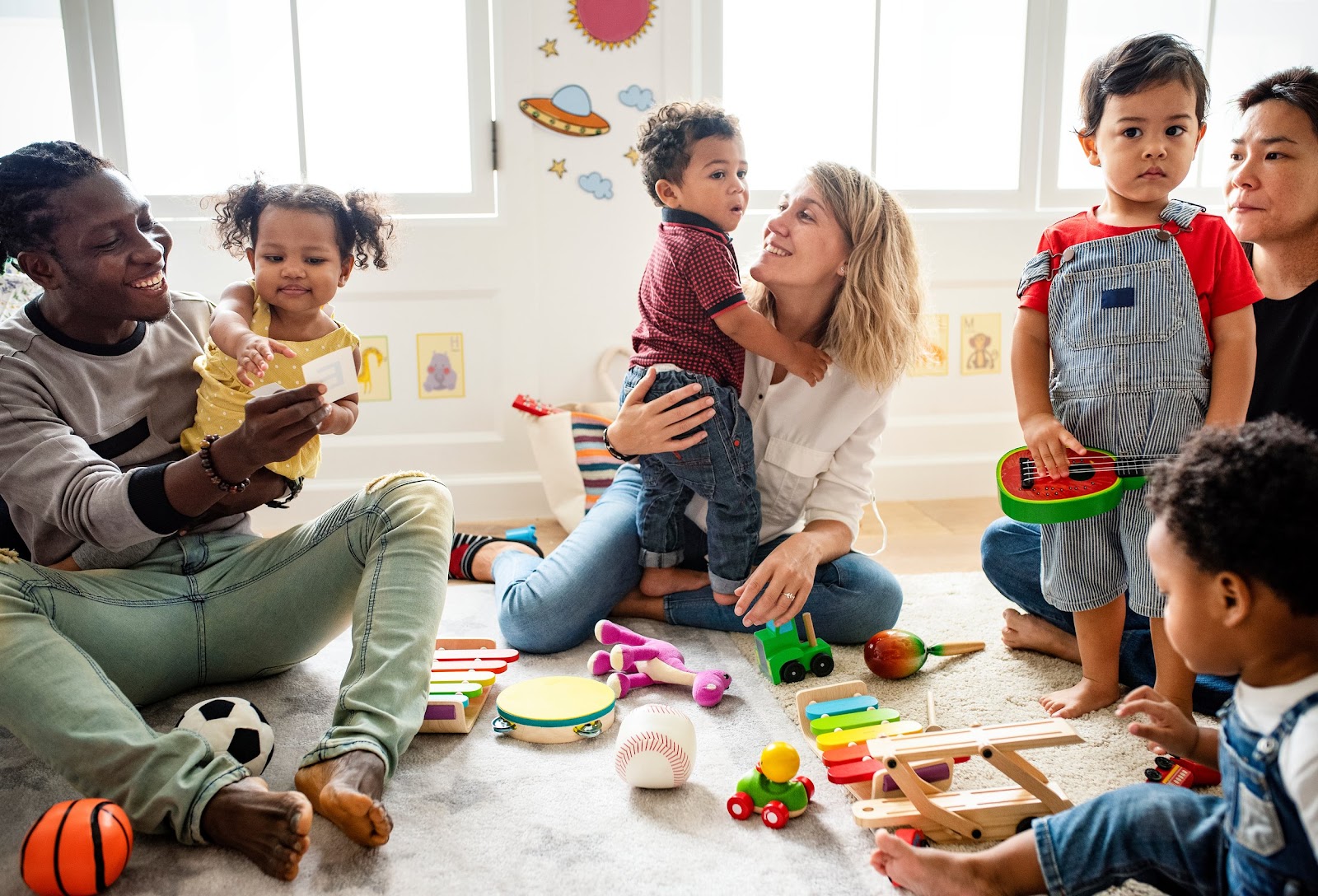
Teaching your toddler to say new words
One of the most powerful actions you can take as you're teaching your toddler to talk is to say the *real names* of objects or actions many times over. In speech therapy, we call this strategy focused stimulation.

Toddler Toy Car - 3 Ways to support early language
Toy cars are simple, fun, and perfect for practicing speech and language skills at home with your little one. Learn how to use toddler toy cars to practice speech and language at home, no matter what level your little one is at.
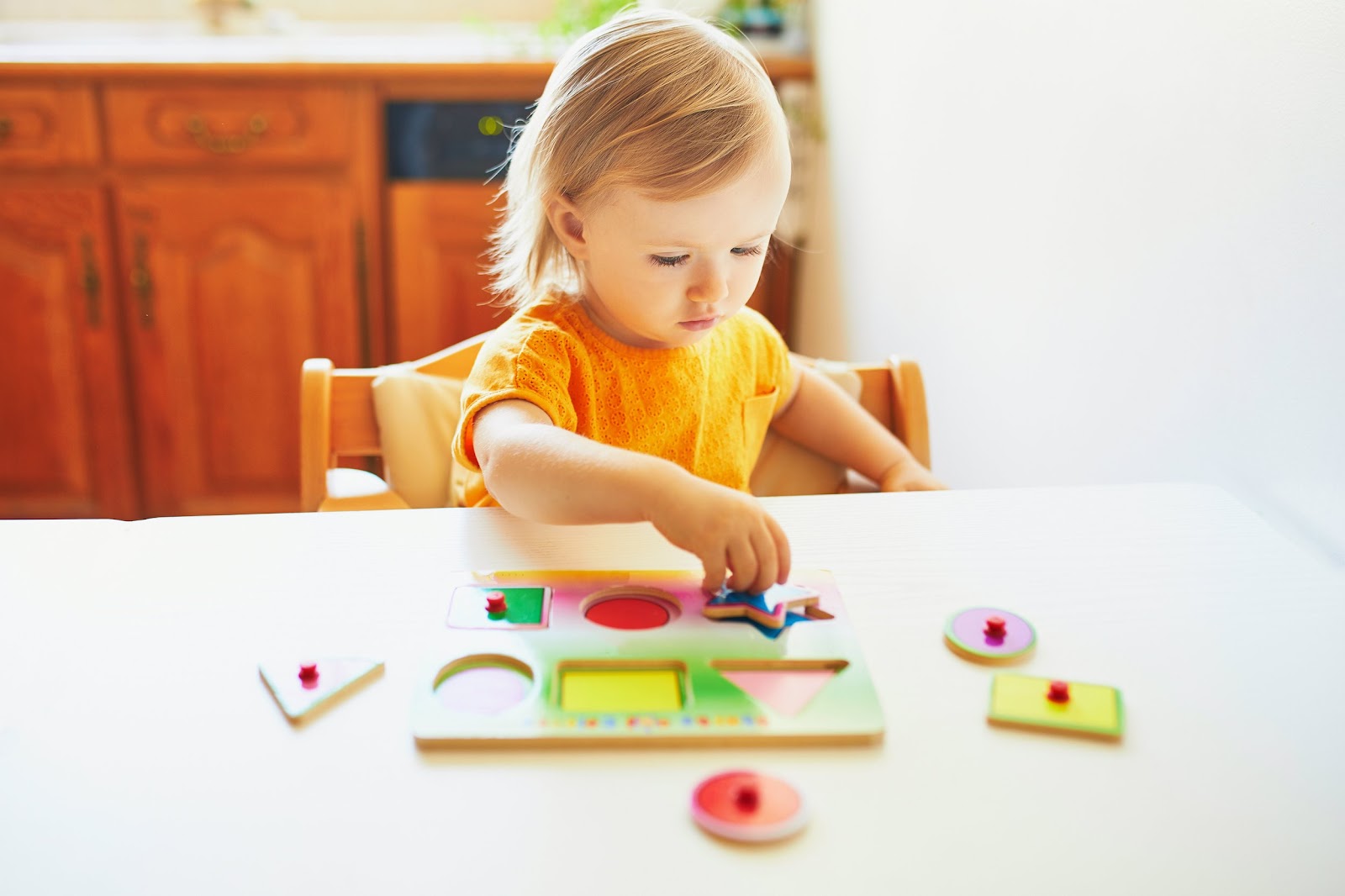
Peg Puzzle - At Home Speech Activities
Peg puzzles are perfect for teaching your toddler to talk. See our recommendations for which peg puzzles are best and how you can play to teach your child new communication skills using your puzzles with pegs.
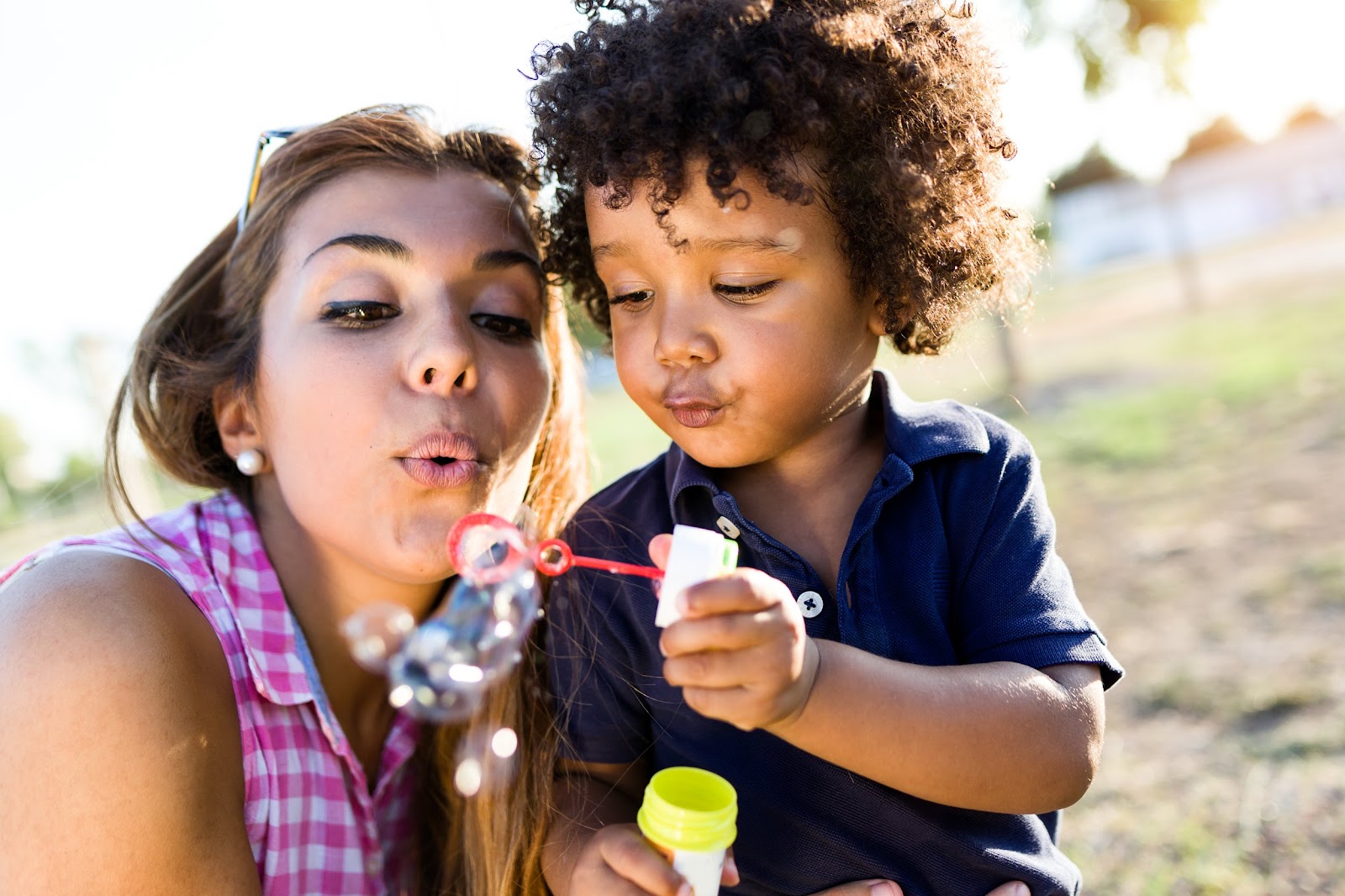
Speech Therapy & Bubbles for Kids
Bubbly play is a great activity for practicing speech at home. See how to play with bubbles for each stage of development and what to say to grow your child’s communication with bubble activities for toddlers.
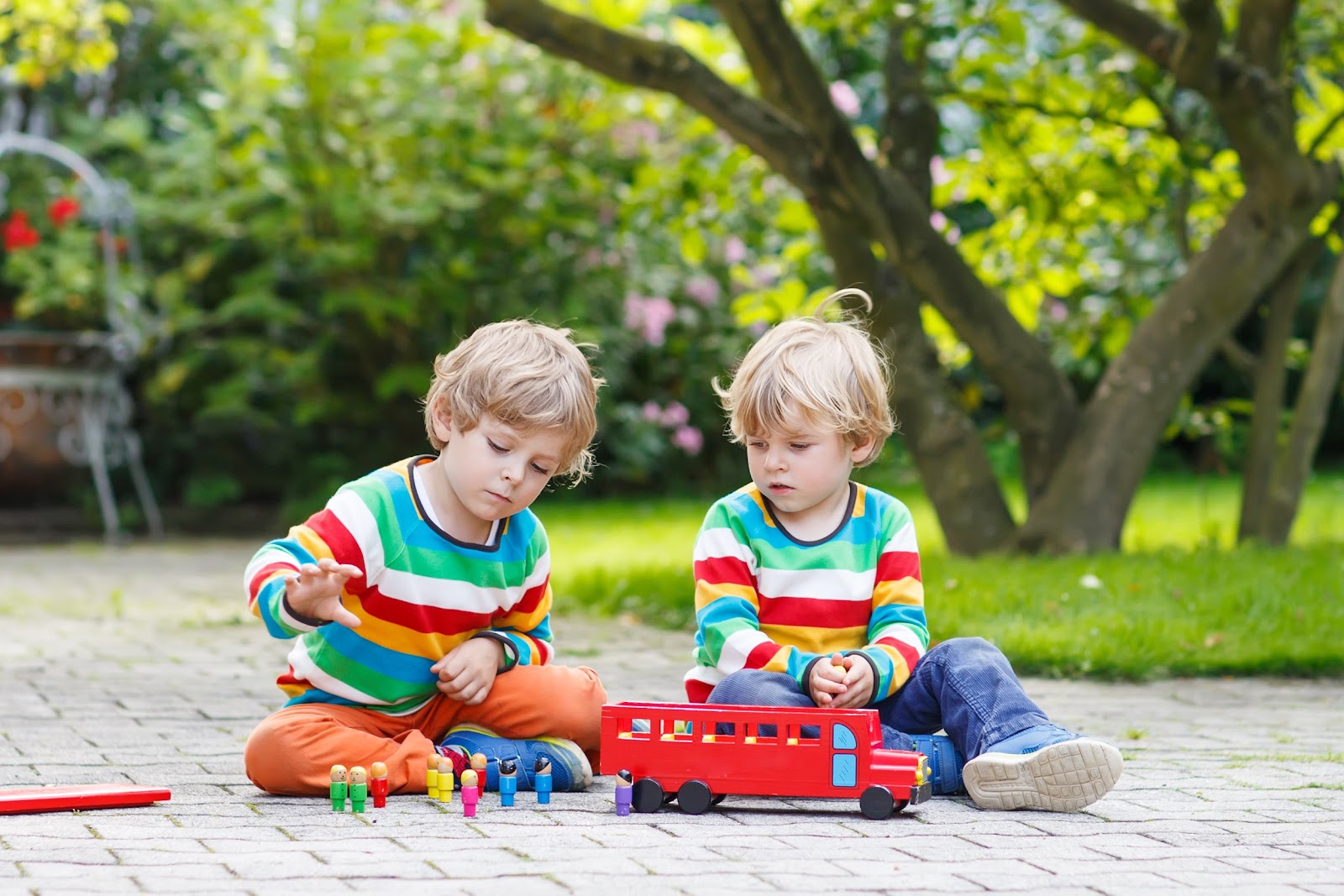
The "Magic" School Bus Speech Activities
No matter what stage your child is at, you can use a toy bus to build language at home. We share activities for 1 year olds and 2 year olds that you can use to grow communication at home. Learn the same activities used in speech therapy!
Easy Music Play at Home:
Fun Activities for Kids
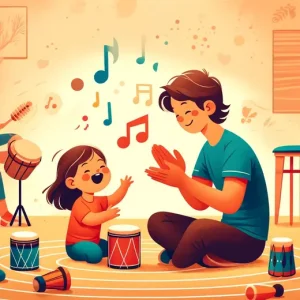
Welcome to a harmonious adventure designed to ignite your child’...
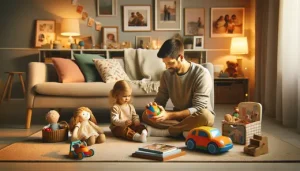
Fun Sorting Games to Boost Your Child’s Thinking at Home
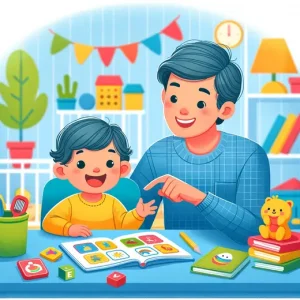
Learn Animal Sounds: Fun Speech Therapy at Home
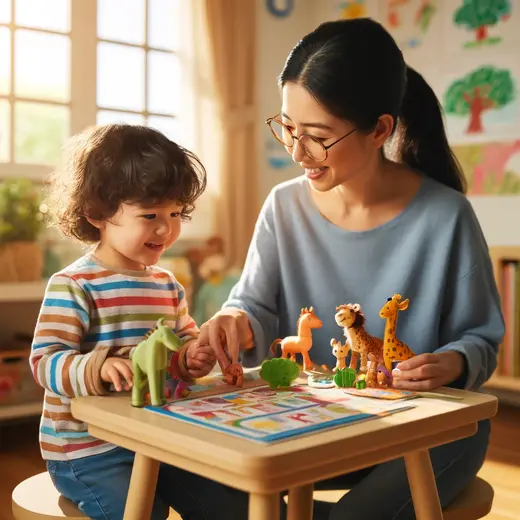
Play & Learn: Boost Speech with Fun Animal and Vehicle Sounds
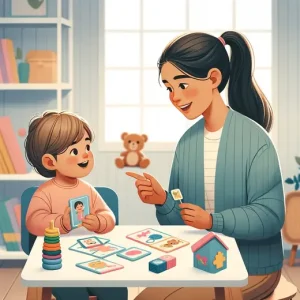
Playful Learning: Teach Kids Object Functions at Home
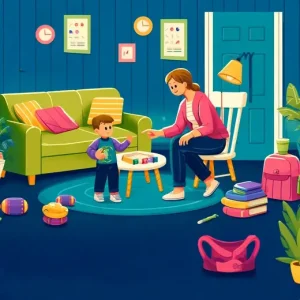
Boost Kids Storytelling Skills: Engage and Educate at Home
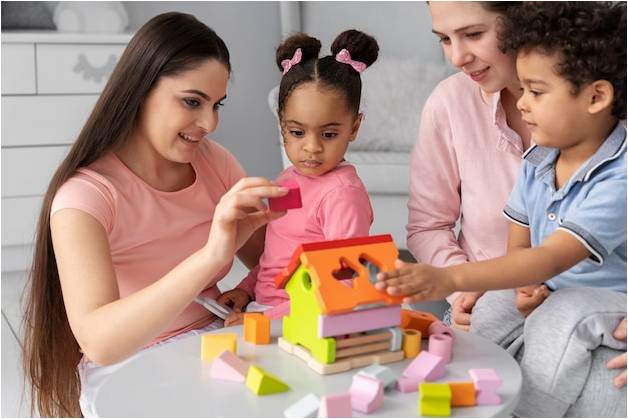
Fun Turn Taking Games for Kids: Build Social Skills at Home
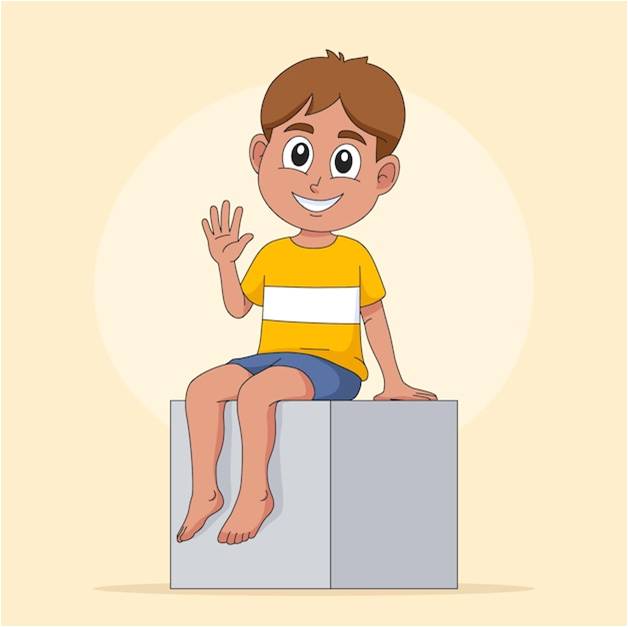
Concepts Adventure: Learn Basic Concepts at Home
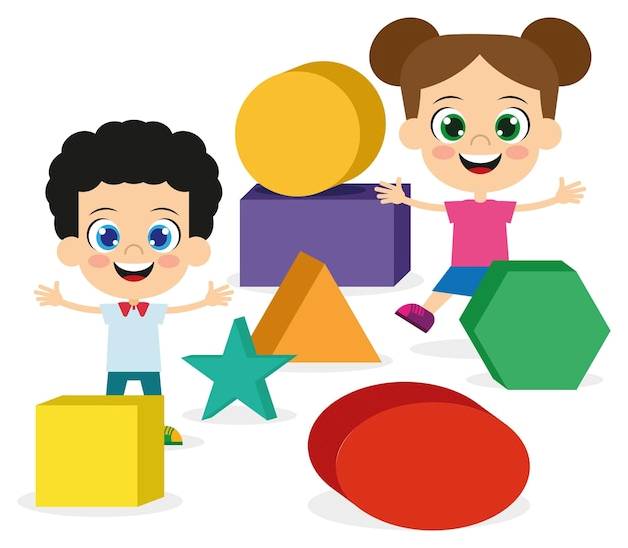
Fun Color and Shape Activities for Toddlers at Home
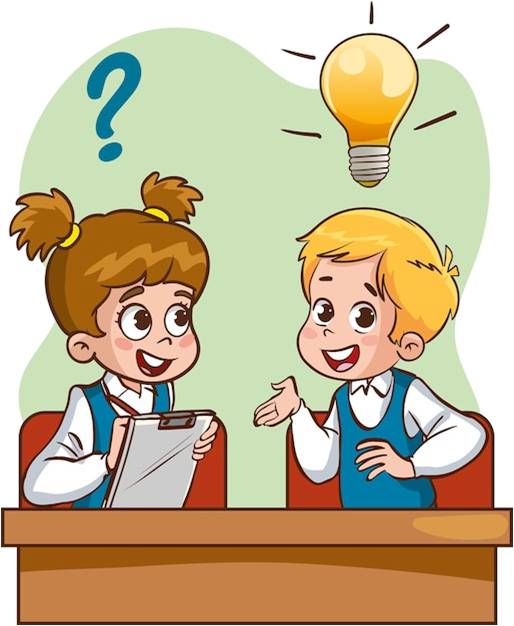
Build Curiosity & Communication: Fun Question Games
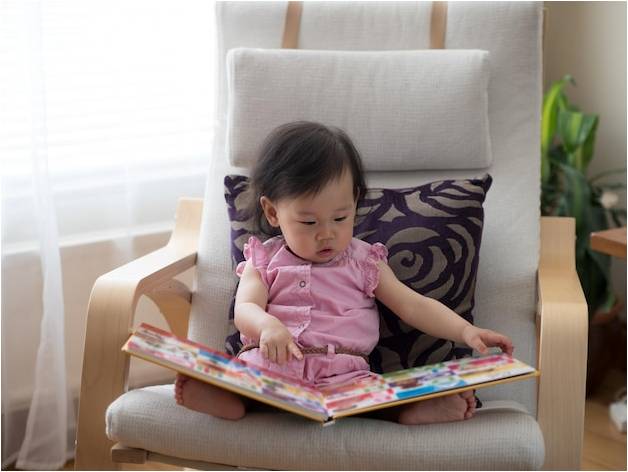
Toddler Language Skills:
Fun Phrase Formation Games at Home
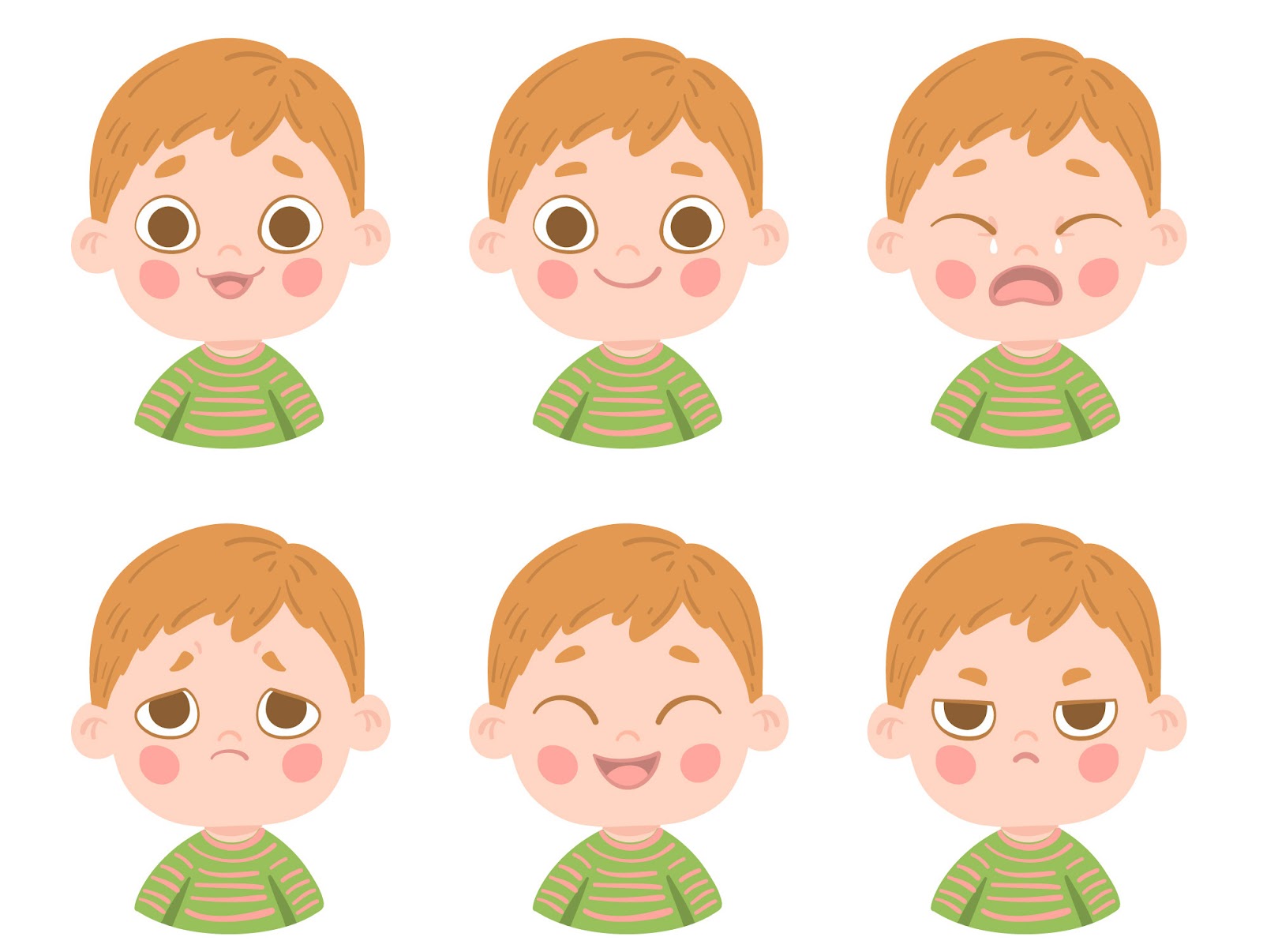
Emotion Expression Activities for Toddlers: Fun & Easy at Home
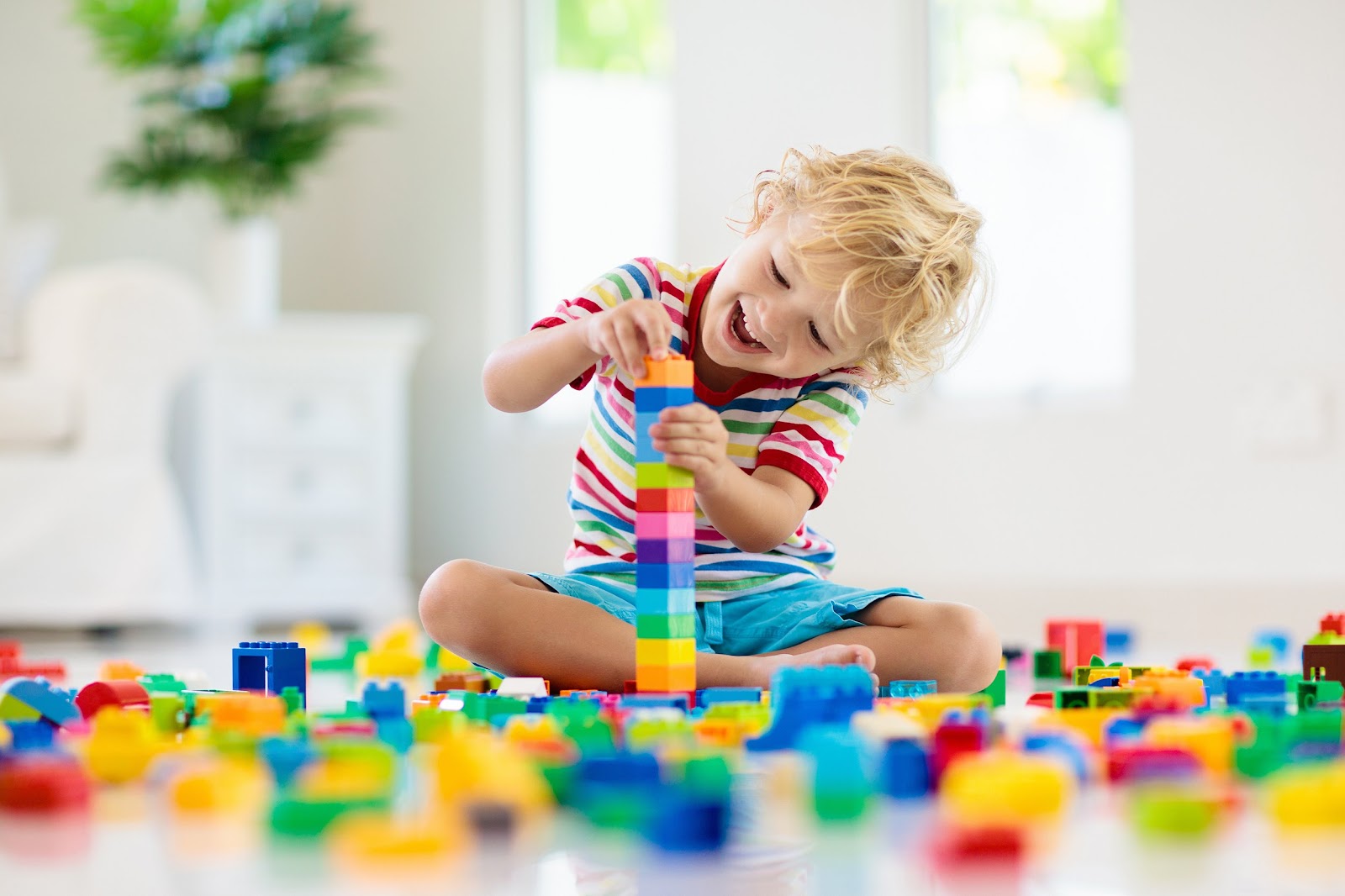
At Home Speech & Language Activities - Duplo Blocks
Blocks are one of the most popular toys for toddlers, and there are a seemingly infinite number of ways you can play with blocks to teach your child new talking and understanding skills.
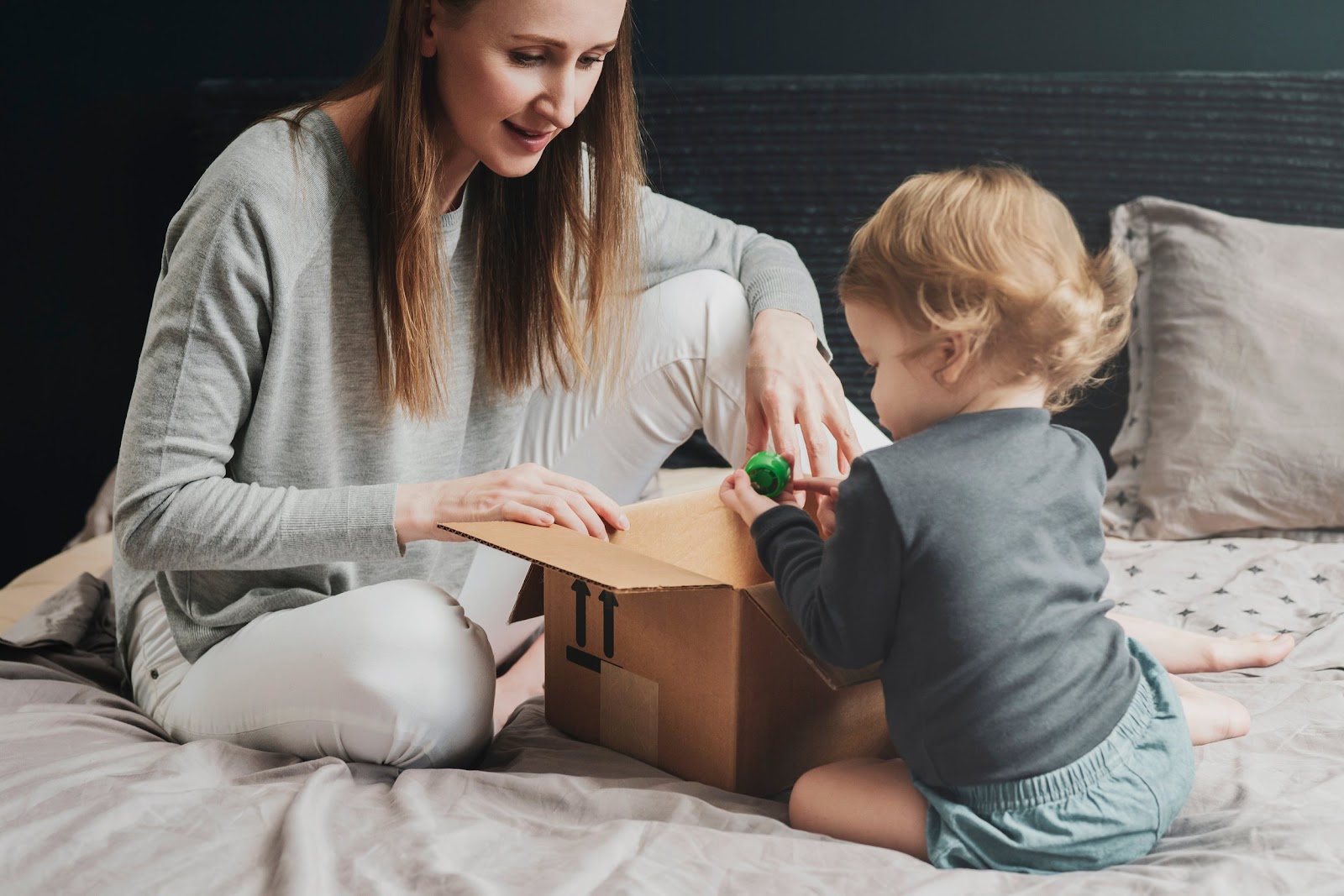
At Home Speech & Language Activities - Small Cardboard Boxes
Learn how playing with a cardboard box can grow your child’s communication skills no matter what stage they are at. See 3 quick and easy at home speech activities with boxes.
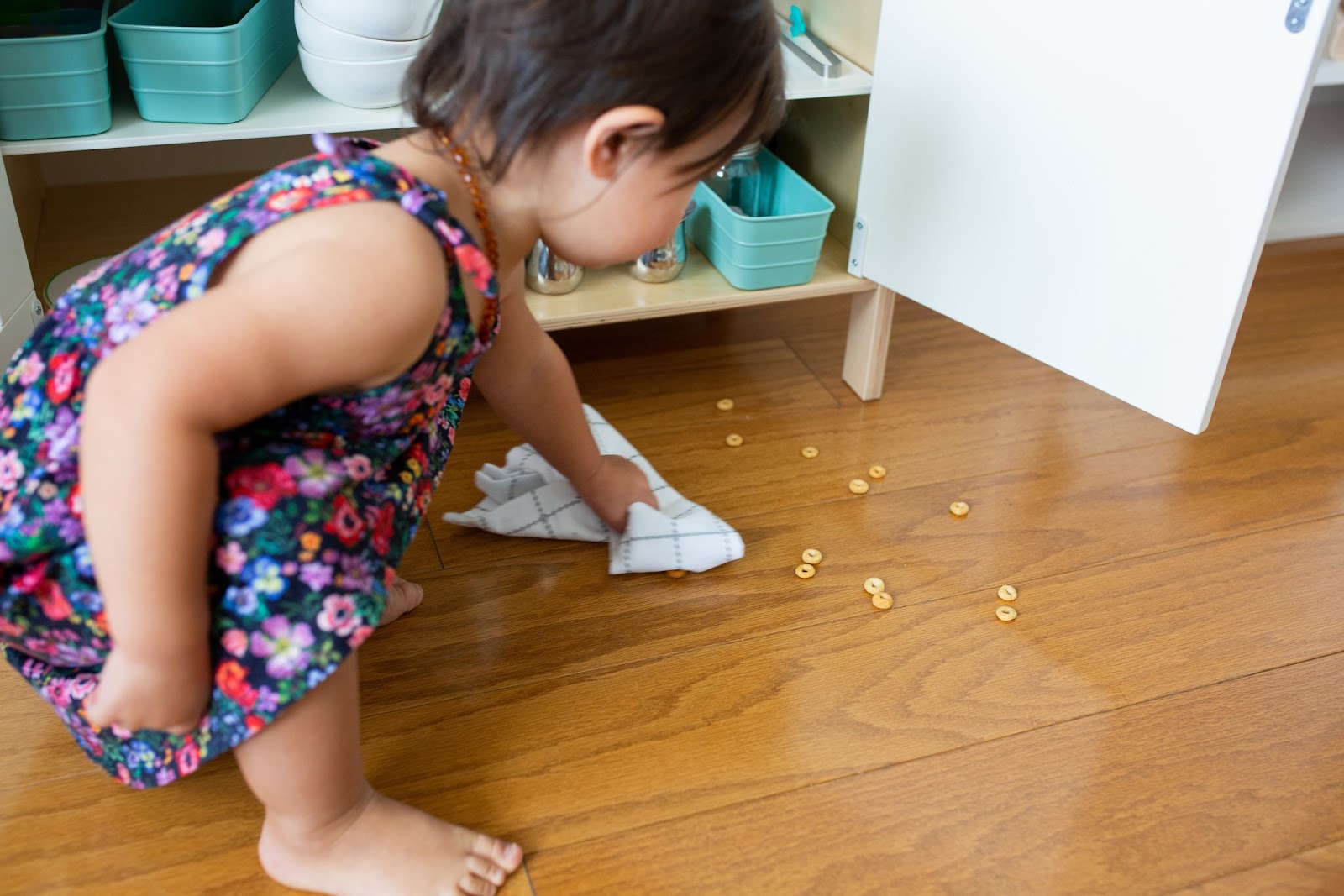
At Home Speech & Language Activities - Tupperware
Learn how to grow your child's speech and language skills by playing with Tupperware. We will tell you how to play and what you can say in order to grow your child's skills at 3 different levels: before the first word, when they say 1-100 words, and when they are talking in sentences.
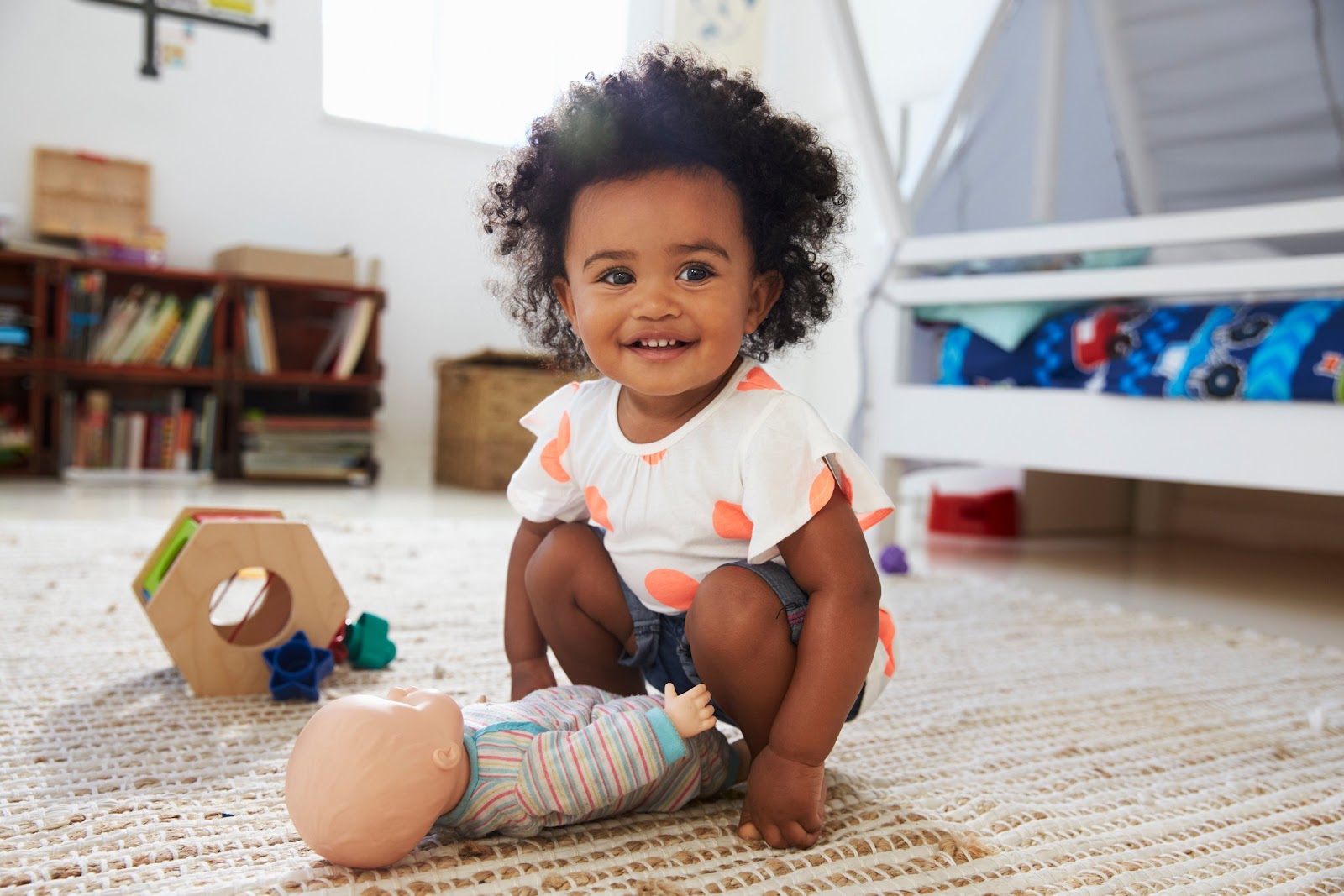
At Home Speech & Language Activities - Baby Dolls
Do you already have a baby doll (or stuffed animal) at home? Learn how you can grow your child's speech and language skills by playing with your baby doll in this post!
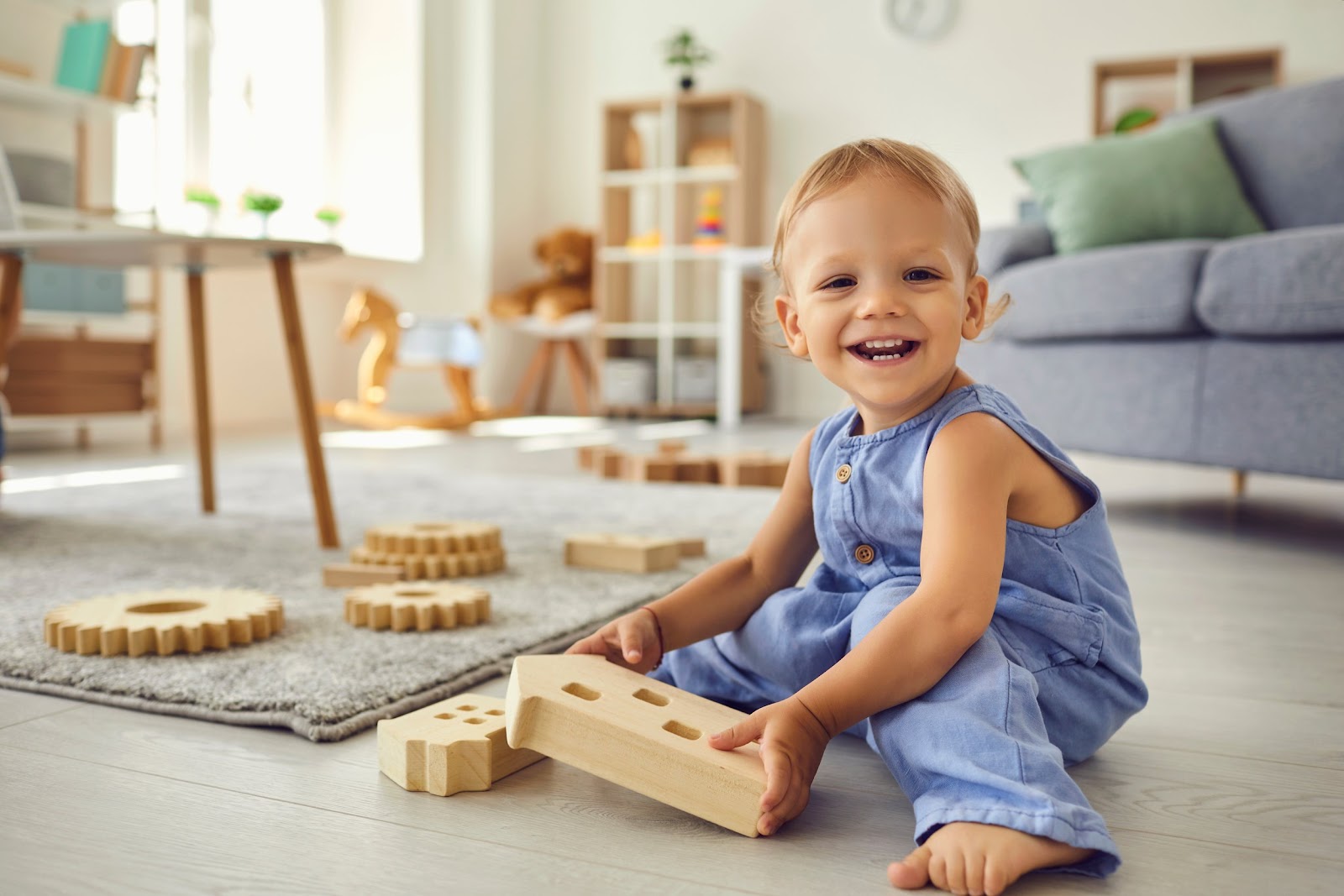
Play + Language Developing Together
Play and language develop simultaneously in toddlers. Discover how understanding play and language stages can help you choose the best toddler toys and help your little one reach the next developmental stage.
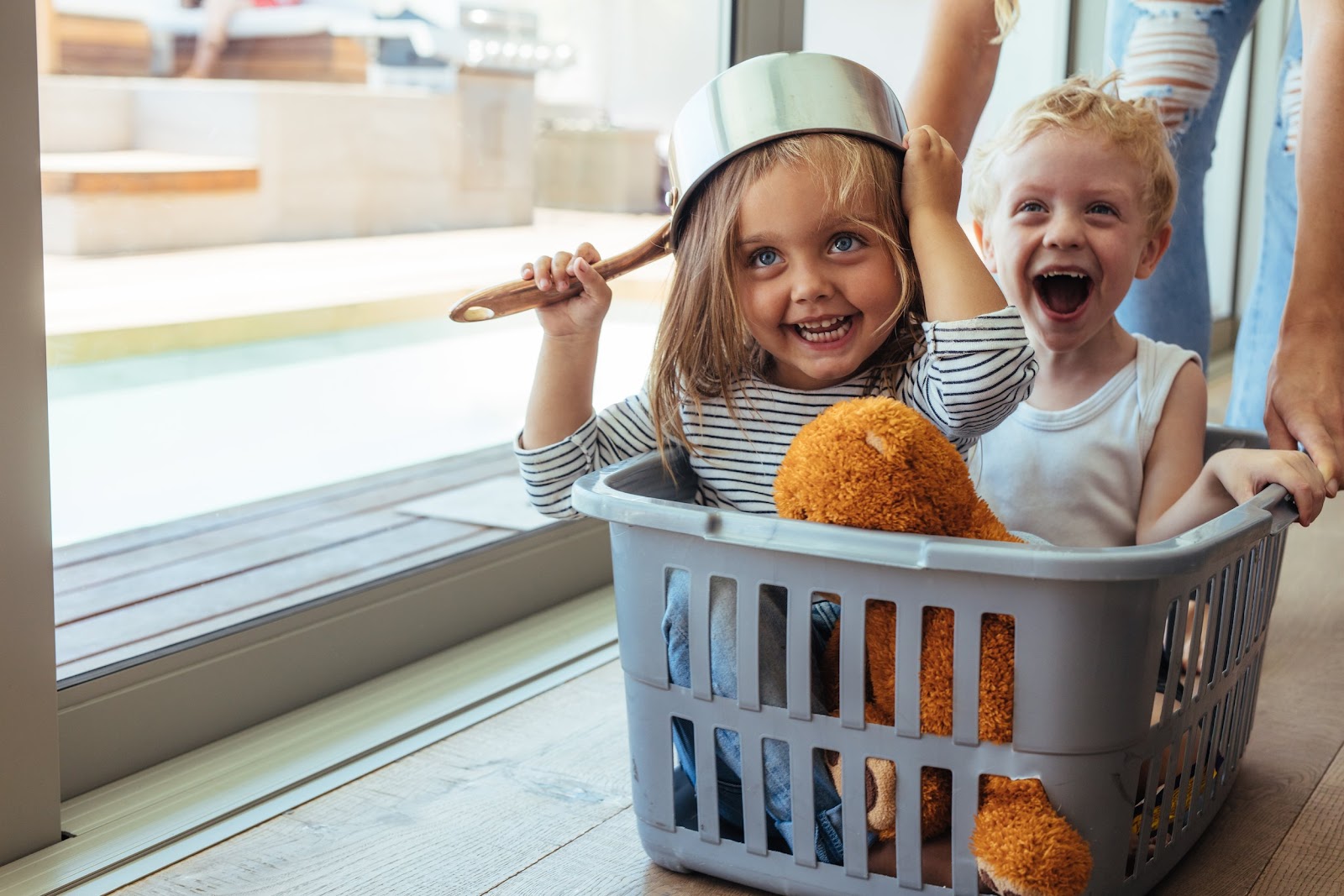
Toddler Stages of Play
As babies and toddlers get older their play develops and changes. In this post we talk about the stages of play that toddlers progress through. We’ll also cover how toddlers learn to play with one another.

Laundry Games For Toddlers
Laundry games are an excellent way to turn your everyday chores into learning opportunities for your little one. Learn 3 different ways that you can help your toddler learn to talk while doing laundry together.
Speech and Language Practice - The Getting Dressed Activity
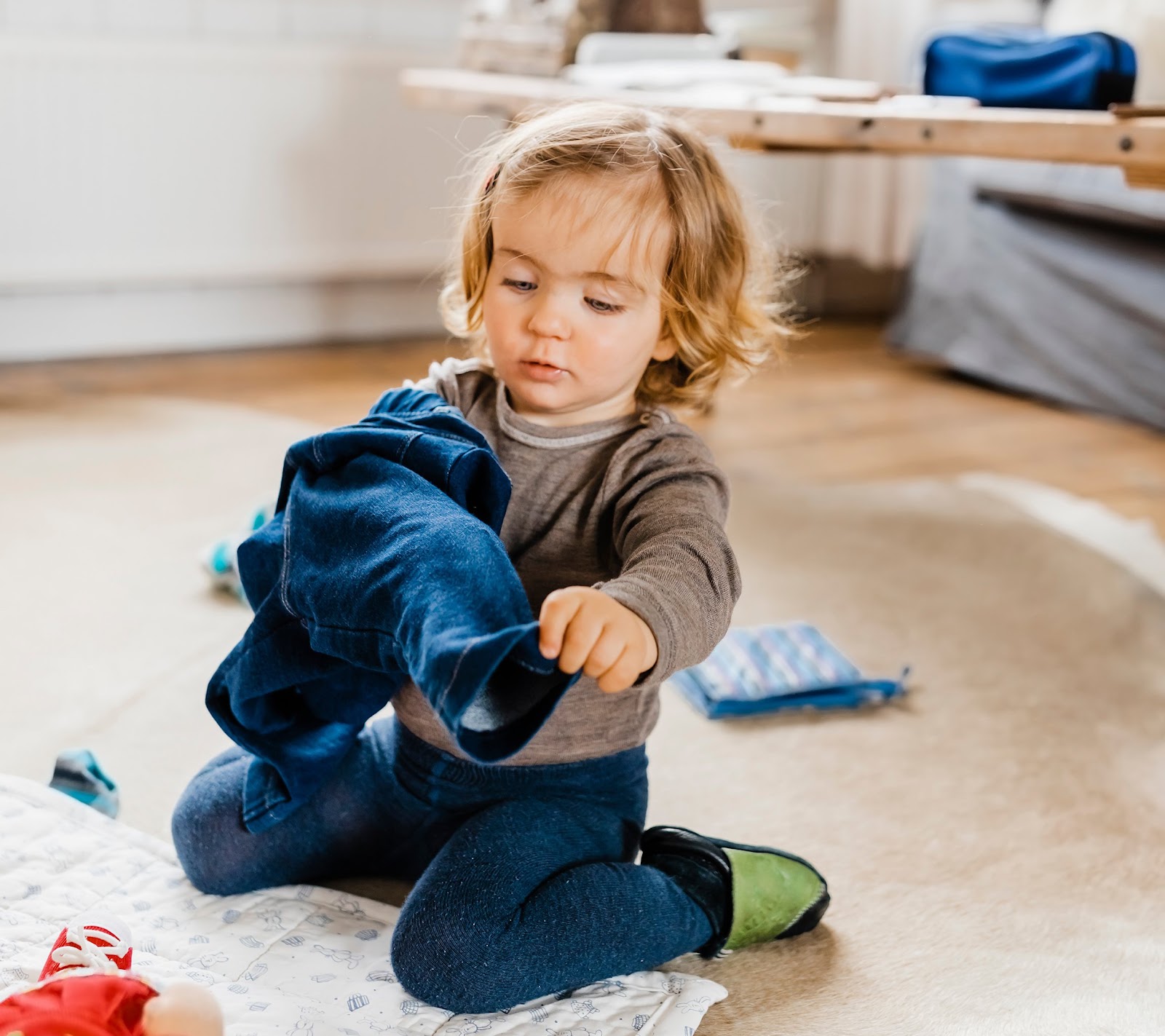
Toddlers go through (too) many outfits in a day! We’ve created a guide to practicing speech and language when your toddler is getting dressed. See how to support language development using these simple activities.

Speech Therapy & Bubbles for Kids
Bubbly play is a great activity for practicing speech at home. See how to play with bubbles for each stage of development and what to say to grow your child’s communication with bubble activities for toddlers.
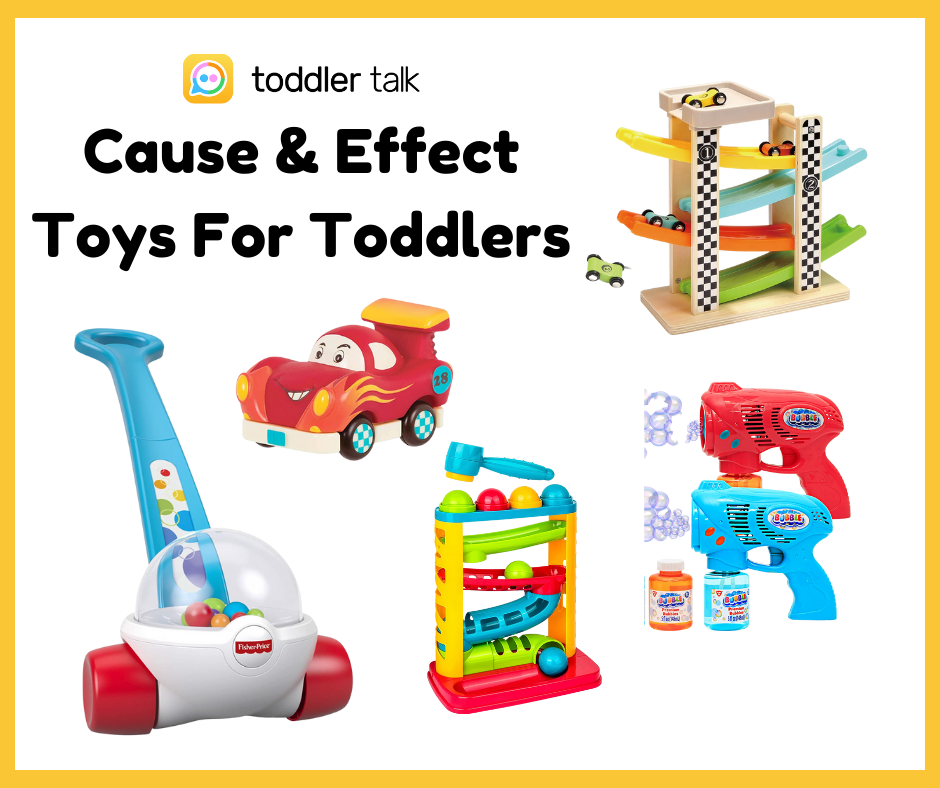
Cause and Effect Toys
Cause and effect toys help toddlers learn the foundations for communication. See the list of our 10 favorite cause and effect toy for toddlers and how you can use things you already have at home to teach cause and effect.
Teaching Your Toddler About Safety
Learn how to teach your toddler about safety from moms and speech therapists. We talk about strategies to help your child stop in dangerous situations and how you can teach them about safety through play.
Encouraging speech for typical children and late talkers
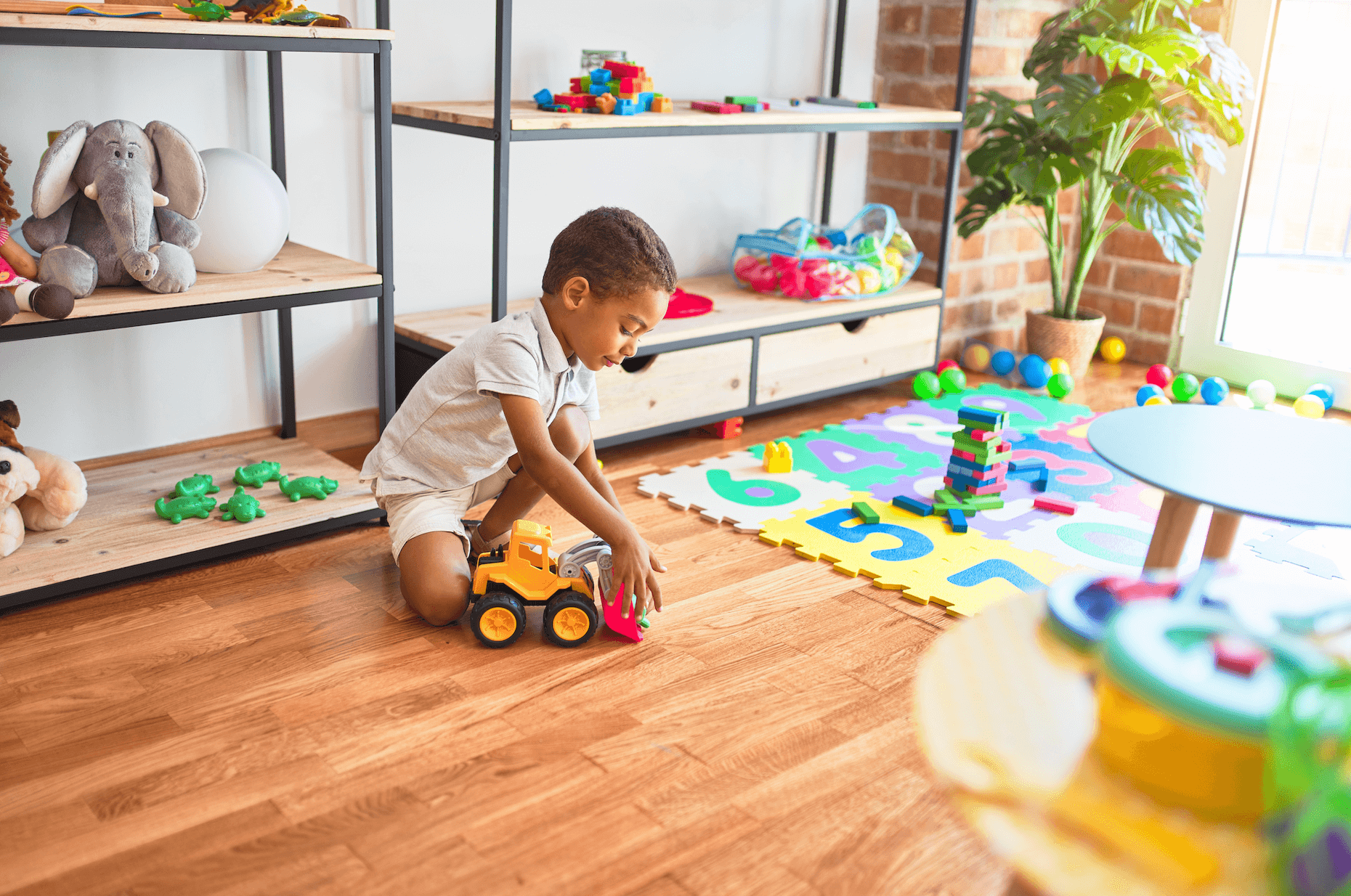
Is your toddler taking their time to find their words?
Don't worry, they might just be a late talker! In this blog post, we'll explore these questions:
How can I practice at home? (TONS of simple & fun activity ideas)
Who is a “late talker”?
Late talkers are children who start speaking later than their peers. Typically, they are between 18 and 30 months old and have a limited vocabulary. They may find it challenging to combine words into phrases or sentences. And, they may have difficulties understanding language.
The term "late language emergence" is commonly used by the American Speech-Language-Hearing Association (ASHA) and speech therapists to describe children who are late talkers. This term is used because these children may experience delays not only in speaking but also in their understanding and receptive language skills. The term "late talker" can be confusing, but it's important to know that understanding skills and speaking skills are closely linked and typically develop together.
How common are late talkers?
Late talkers are actually quite common. Around 13% of children at 24 months old show signs of late language emergence. So if you're concerned about your child's language development, know that you're not alone. Many parents have experienced similar situations, and there is support available to help you and your little one along the way.
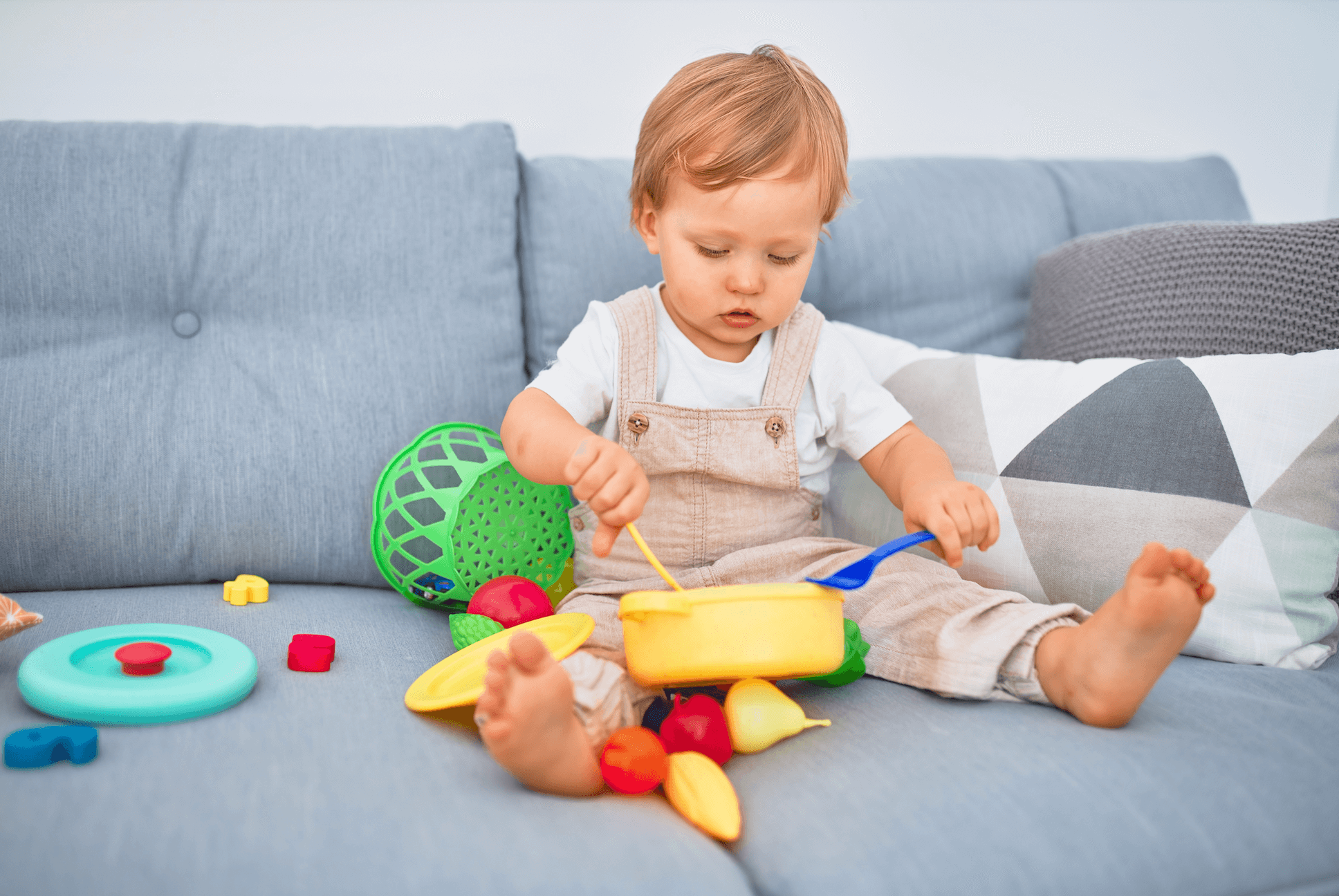
Do I have a late talker?
Are you concerned that your child might be a late talker? You're not alone! Many parents find themselves worrying about their child's communication development. In fact, in a recent poll I conducted on Instagram with over 500 parents, more than 80% expressed concerns about their child's communication skills. It's natural to compare your little one to their peers or siblings and feel a bit worried when you notice differences in their abilities.
To help you determine if your child might be a late talker, here are some specific signs to look out for:
Limited vocabulary: Late talkers often have a vocabulary of fewer than 50 words by the age of two, or their vocabulary may grow at a slower pace compared to their peers.
Difficulty with word combinations: They might struggle to put words together to form two-word phrases, such as saying "more juice" or "bye-bye daddy."
Typical understanding (or not): Late talkers may have age-appropriate receptive language skills, meaning they understand language at a level that aligns with their peers.
There’s no easily identifiable cause of the delay: It's important to note that late talkers typically don't have other significant developmental delays or cognitive impairments, such as hearing loss or intellectual disabilities.
If you notice these signs in your child, it may be beneficial to seek guidance from a healthcare professional or a speech-language pathologist. Remember, being a late talker doesn't necessarily indicate a long-term language disorder. Some children catch up to their peers without any intervention, while others may benefit from early intervention services, such as speech-language therapy, to support their language development.
Milestones - A guide for identifying late talking toddlers
It's essential to keep in mind that there's a wide range of what's considered typical development for children at any age. To gain a clearer understanding of your child's progress, it can be helpful to reference milestones or benchmark skills for each age group. By doing so, you can determine whether your child is on track or may require additional attention in a particular area.
Here are some age-specific benchmarks that can assist you in identifying late talking:
At 18 months, look for children to:
Follows some familiar directions
Use gestures, such as pointing or waving.
Copy words they hear you say.
Say about 20 different words on their own.
At 24 months, look for children to:
Understands the meaning of new words quickly
Have a vocabulary of more than 50 words.
Begin combining two words to form short phrases.
Engage in simple conversations using basic language skills.
At 30 months, look for children to:
Have an expanding vocabulary of several hundred words.
Use 3- to 4- word sentences to express themselves.
Combine words to ask and answer questions.
Remember, these milestones are general guidelines, and every child develops at their own pace. If you have concerns about your child's language development, it's always a good idea to consult with a healthcare professional or a speech-language pathologist. They can provide a more accurate assessment and recommend appropriate interventions if necessary.
I think my child’s a late talker… Help!
If you suspect that your child may be a late talker, it's essential to understand that it doesn't necessarily indicate a long-term language disorder. Many children do catch up to their peers without any intervention, while others may benefit from early intervention services like speech-language therapy to support their language development.
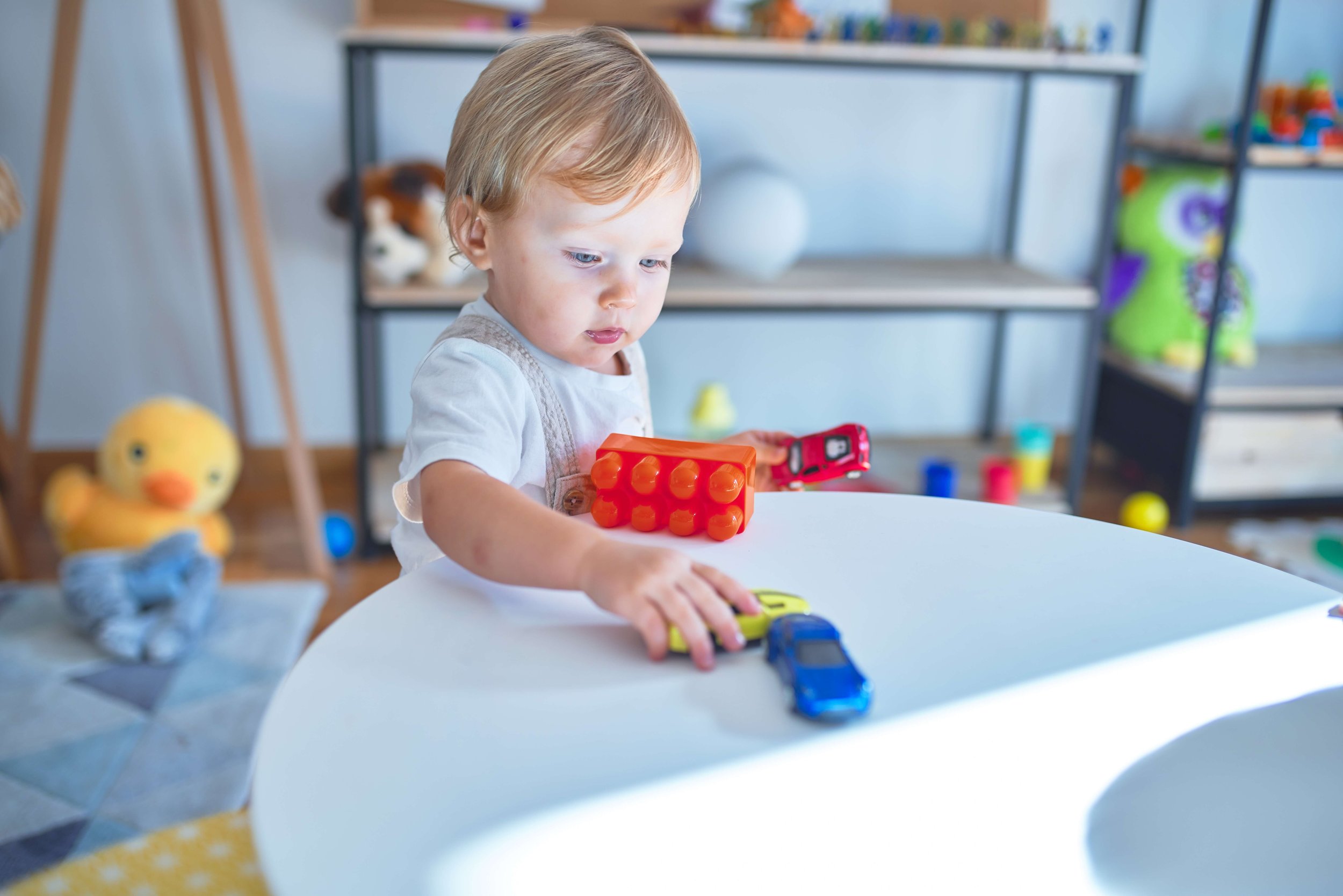
Now, you might be wondering, "Will my child catch up on their own?" The answer is, it varies. Research indicates that more than half of late talkers do catch up on their own. However, it's impossible to predict which group your child will fall into—those who catch up naturally or those who may require some additional support for expressive language development.
To determine the best course of action, consult with a speech-language pathologist. They can assess your child's language skills and provide expert guidance. If necessary, they'll recommend strategies and activities to facilitate language development.
As a parent, you play a vital role in supporting your child's communication skills. Engage in interactive activities like reading, singing, and talking with your child to create a language-rich environment. Incorporate play and everyday interactions into learning experiences.
Late Talker Recommendations:
I recommend two things to parents who have concerns about late talking:
1. Start practicing at home!
Many early intervention speech therapy strategies can be implemented by parents. Spend 15-30 minutes a day during an activity you already do to make a difference.
Here are three proven strategies to support late talkers at home during your family's favorite activities (click the links for activities and more information on each strategy!)
Focused Stimulation - this strategy involves repeating the names of people, things, and actions more often to help your child learn
Increase Commenting - Most of us ask a ton of questions! But for toddlers learning to talk, comments are more helpful than questions! It's a small change that can make a big impact on your child's learning.
Following Children's Interest - Pay attention to what captures your child's interest, as it plays a crucial role in learning new words. By following their lead, you'll find that your at-home practice becomes more effective and enjoyable.
2. Schedule a speech and language evaluation.
You may be wondering, “Is speech therapy really necessary? Won’t they just catch up on their own?”
The truth is, it varies from child to child. While some children do catch up on their own, others benefit from extra help in acquiring language skills. That's why I strongly recommend scheduling an evaluation for your child. During this appointment, you'll gain valuable insights into your child's strengths and areas that may require support. Moreover, you'll receive specific techniques to assist your child's language development throughout the evaluation process. Following the evaluation, speech therapy may or may not be recommended, depending on your child’s individual needs.
Request a referral from your pediatrician or contact your state's early intervention program (in the US). Even if your child catches up through at-home practice, it's wise to have an appointment booked in case extra support is needed down the road. Planning in advance provides peace of mind if your progress at home doesn’t go as you’ve planned.
Here are 2 great resources for speech & language evaluation:
Remember, every child is unique, and their language journey unfolds at their own pace. Seeking professional advice and actively participating in your child's language development will ensure they receive the support they need to thrive.
How to support a late talker at home - more ways!
1. Play Activity Guides - I’ve put together guides to growing your child’s talking skills using some of the most popular toddler toys. Check out the suggested activities for your child’s current level using:
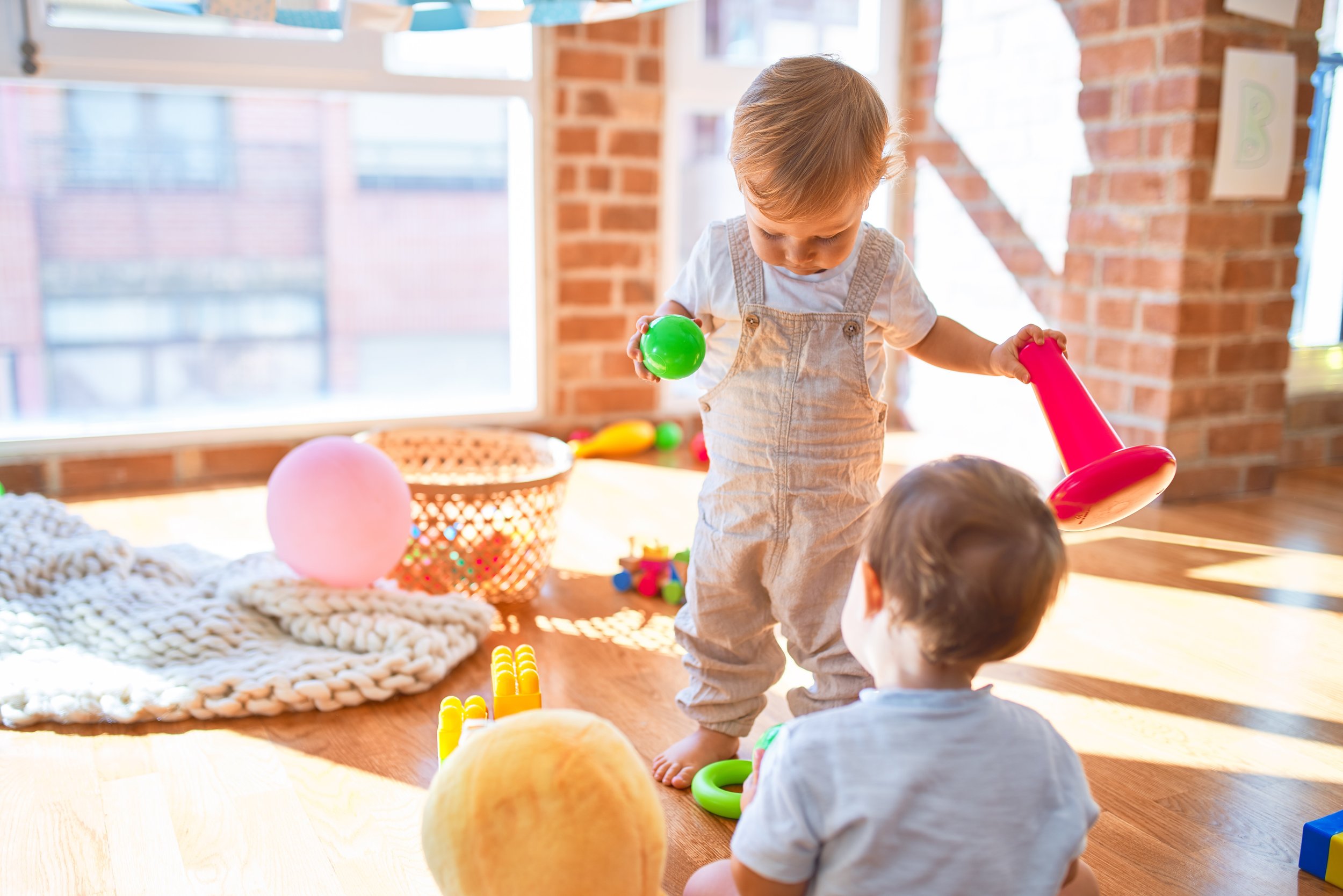
2.First Words - resources to help your little one say their first words
Tips & Activities for first words - encourage your toddler to say their first words with these speech therapy tips and activities.
Baby first words list - learn common first words and how to know if your toddler said one
3. Growing Vocabulary - these are my favorite strategies, tips, and activities for helping your child learn to say more words
My favorite strategy for growing vocabulary! - this strategy can be used in any activity!
More tips and activities to grow your little one’s vocabulary - we have tips, activities, and videos to help you practice at home
4. Putting Words Together - support your child in combining words when talking with these speech therapy tips, activities, and strategies
Start putting words together using these speech therapy tips and activities.
Ultimate guide to early sentences - encourage your child to combine 3+ more words at home
5. Kickstart - If you're looking for extra reassurance and personalized support for your late-talking toddler, I'm here to help!
I've been providing one-on-one guidance to families, and it has been a wonderful experience. Families have appreciated the individualized support, and I've enjoyed connecting with them on a deeper level. If you're interested in personalized recommendations and support, I invite you to consider my new Kickstart Program. This program is designed to provide tailored strategies to enhance your child's language development and empower you as a parent. Feel free to reach out to me to learn more about the Kickstart Program and how it can benefit you and your child. I'm here to support you every step of the way on this journey.
Superscript
Curriculum forOnes-
Incredible Babies
Incredible Babies
Each one year old develops in their own pace and their own way. So a curriculum for one year olds has to be simple and versatile, prioritizing the development of everyday communication and full of life skills presented in a playful or creative way to improve their attention and interest in learning about their world.
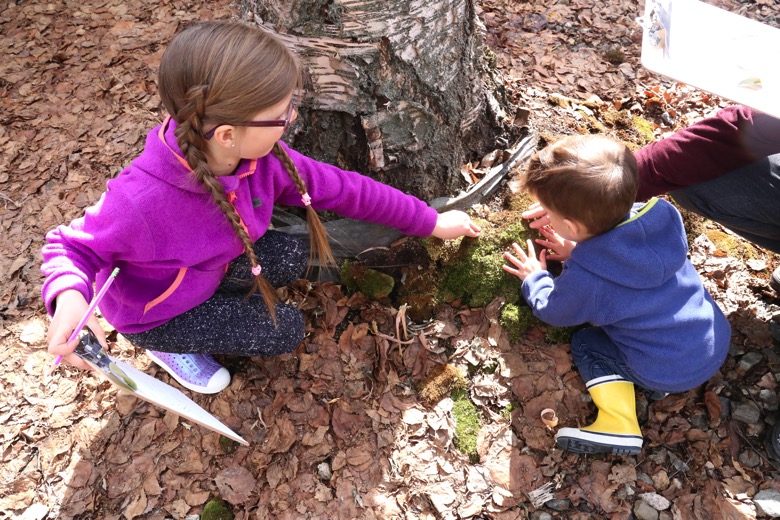
My grandaughter just turned one, so the fact that parents can not obtain FREE lessons that support learning for one year olds really bothers me. Sky is so ready to learn and I want her ensure that Hope can find a curriculum that adapts to different learning approaches and needs, instructional settings, and learning styles with customizable solutions designed for success.
Shared attention on a short book, quick presentation or a song is about it for them.
They will also benefit from large amounts of freeplay, nature play and open ended play
Repetition : Repeat words often so your child hears them and can say them back. Play : Play with your toddler to create opportunities to talk and interact. Child-led play can also support language development. Read : Read books to your child and ask them to find things in the pictures and describe what's happening. Books with action words can help your child learn new verbs. Chat : Talk with your child in different settings, like in the car, at the playground, or during bath time. Give choices : Ask your child questions that give them choices, like "What do you want to eat?" or "Which toy do you want?". Call their name : Always refer to your child by name before saying a sentence. Make eye contact : Maintain eye contact with your child to help them focus on what you're saying.
30+ FREE One Year Old Ready to Go Curriculum Units
BABY READY TO GO CURRICULUM
Are You Excited to Teach at Home?
My granddaughter wants to learn about everything, Its really cool to watch a child invent how to play with just anything like it is meant for play. The boys were great at this but Hope could really get inventive. Even to this day she invents new uses for what she has at home in a matter of seconds. Which is great as a new mom. Sky will surely gain that skill just by living with her.
Now you may wonder where to start. I live amongst Amish families and they give me the best answer… teach what they want to learn and need to learn. Parents and educators can use the known preferences and interests of the child and what is relevant to their daily life as a start. They work on physical strength and coordination the first year. Then move into communication and life skills as a second year long priorities. Allowing daily life to provide the opportunity and pace in learning about home environment and family life. Allowing a lot of time (90%) for unstructured play and exploration on their own.
Baby Bins are designed specifically for the 12-24 month old child. Every activity can be used at home with one or more children or adapted for use in a day care/preschool classroom.
Baby Bins are all about exploring and learning together while exposing children to rich language, fine motor skills, sensory learning, and a variety of basic concepts. All activities have been designed as taste safe (but not always TASTY) for curious little learners that still put everything in their mouths.
Here is the most current calendar of baby bin themes:
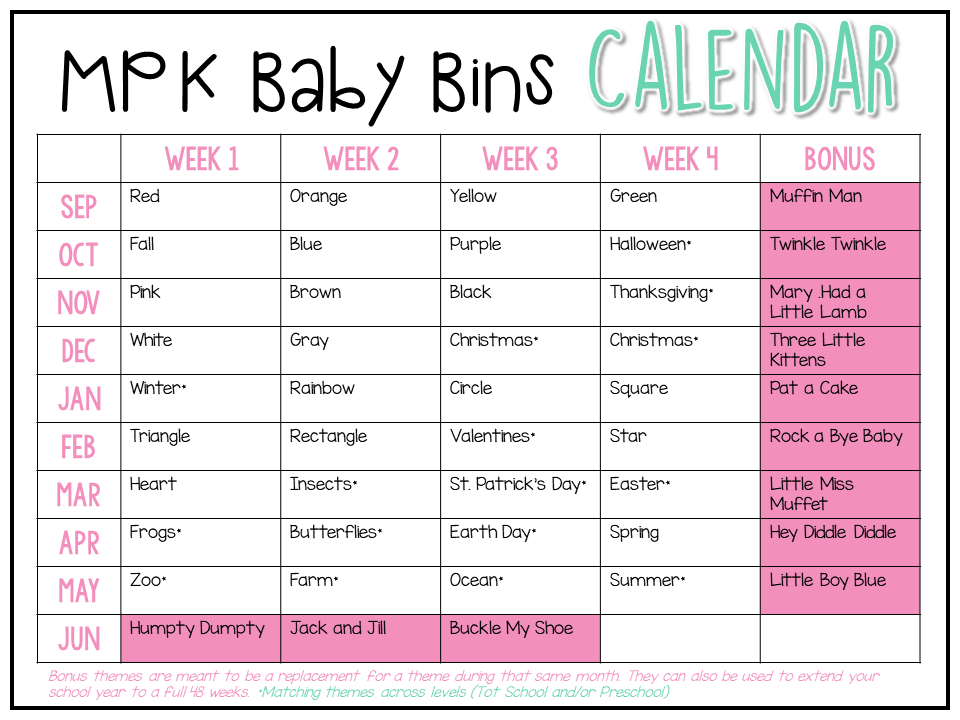
All themes highlighted in pink are currently in the process of being added to the baby bin curriculum during the 2020-2021 school year. Click the images below to be taken to the blog posts or downloadable curriculum.
See all of our baby activities in action in our themed blog posts! Each theme consists of 5 engaging activities and one 5 book suggestion for the week. Activities include a mix of fine motor, gross motor, and sensory bin/sensory play suggestions every week.
BABY BIN:
COLOR THEME BLOG POSTS
COLOR THEME BLOG POSTS
Red , Orange , Yellow , Green , Blue , Purple , Pink , Brown , Black , White , Gray , Rainbow
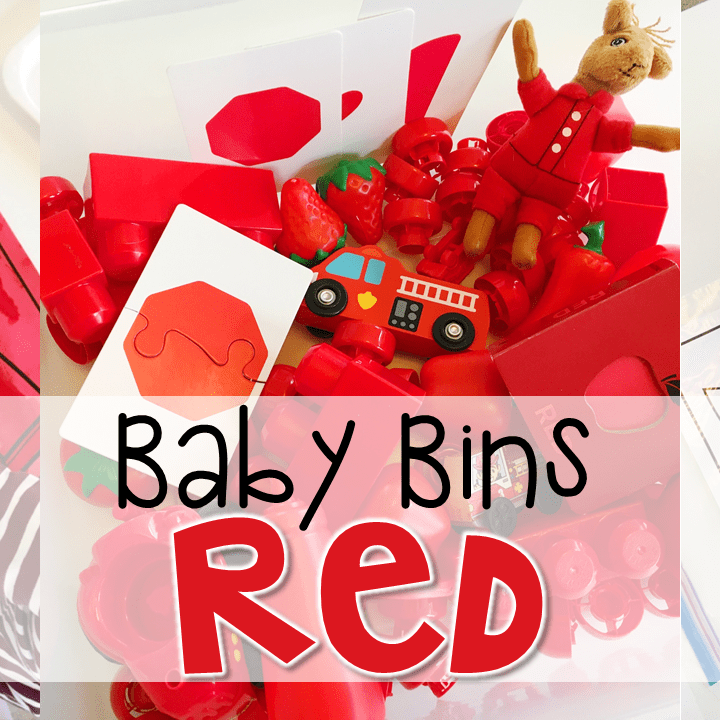
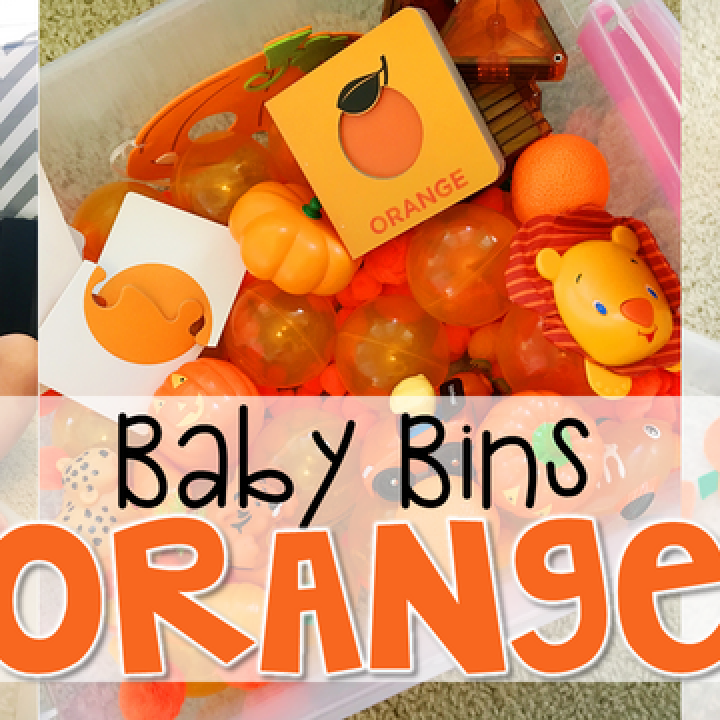
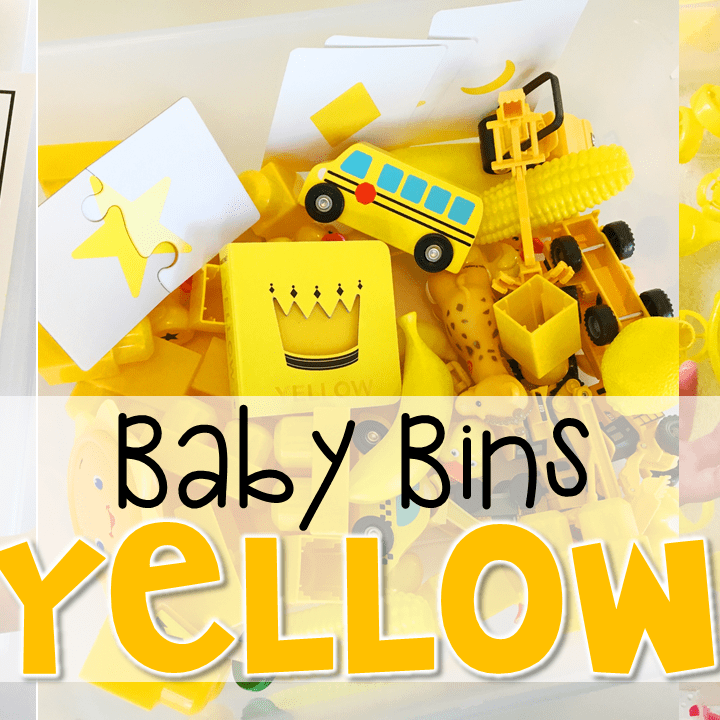
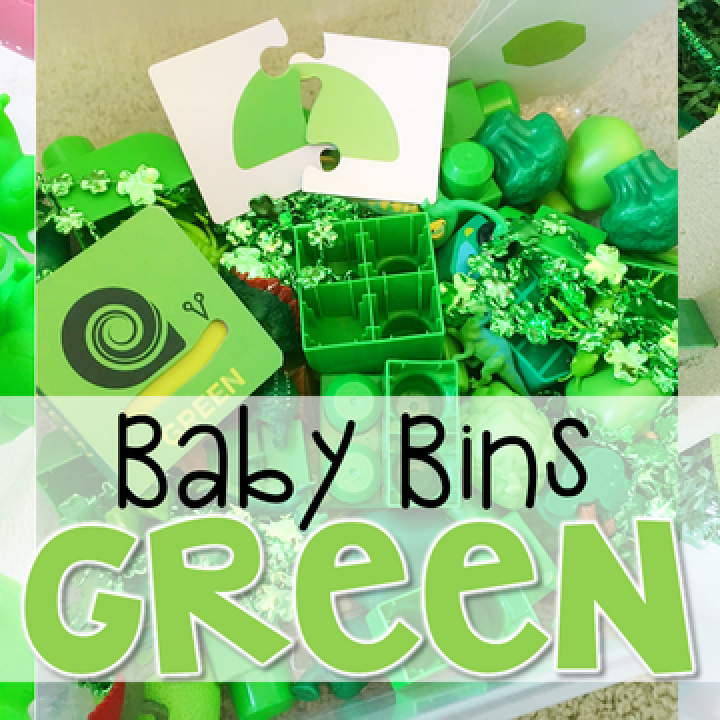
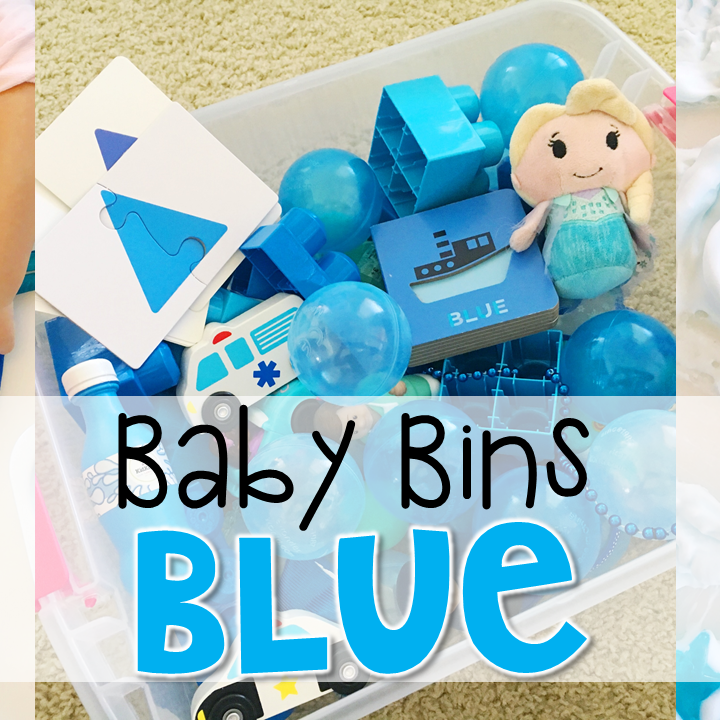
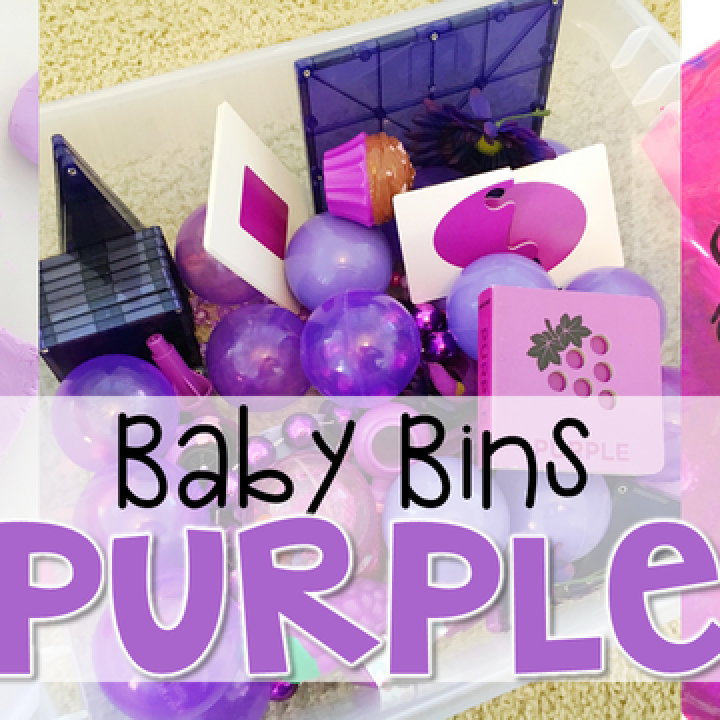
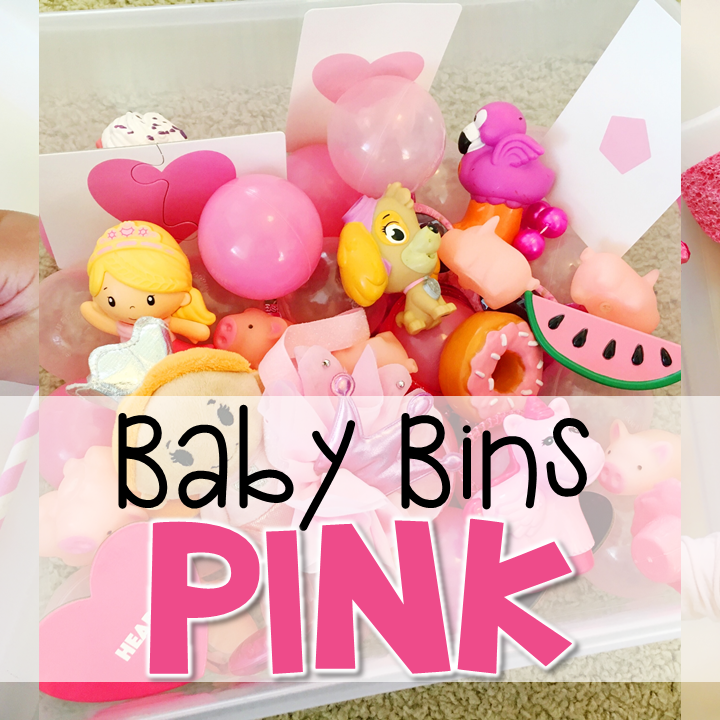
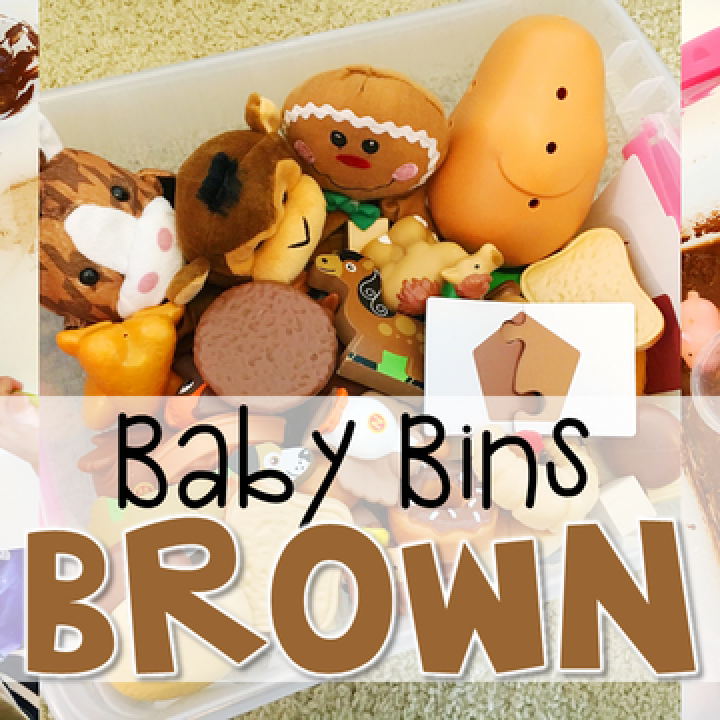
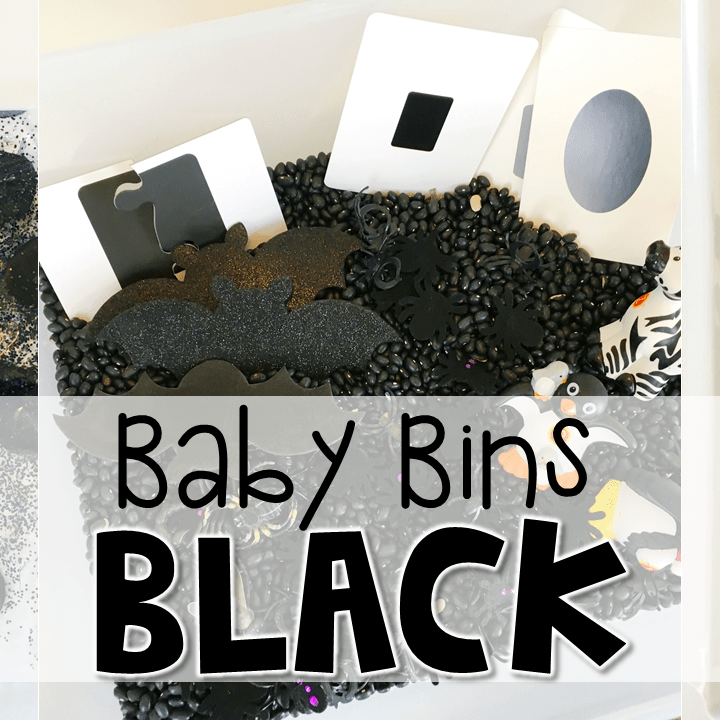
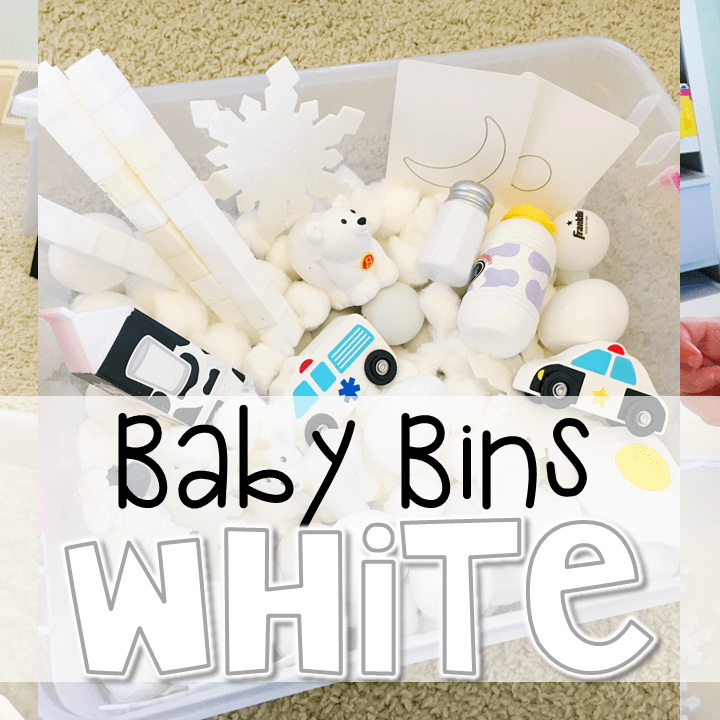
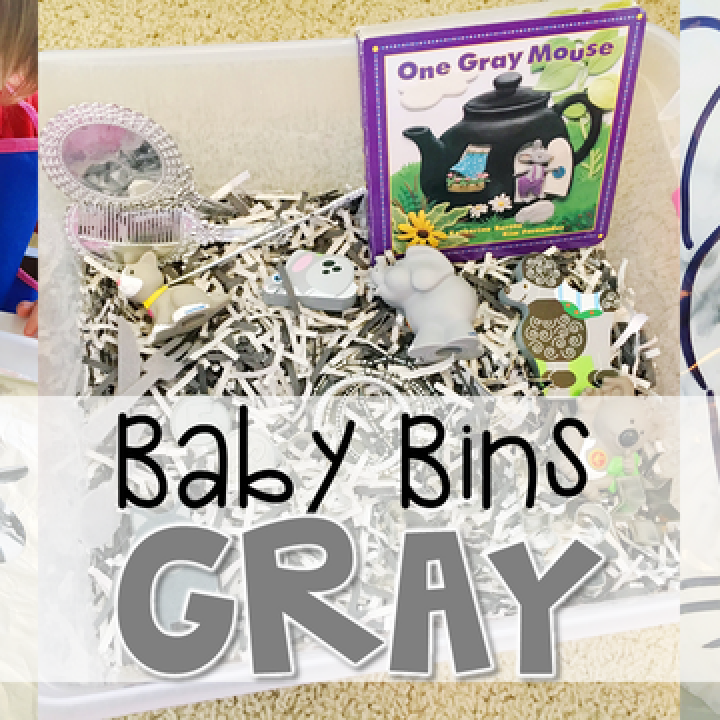
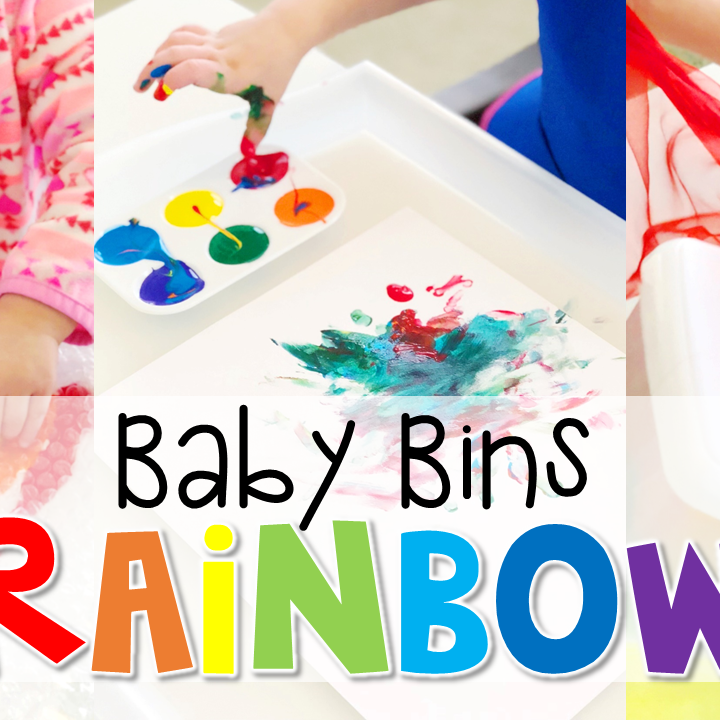
BABY BIN:
SHAPE THEME BLOG POSTS
Circle , Square , Triangle , Rectangle , Star , Heart
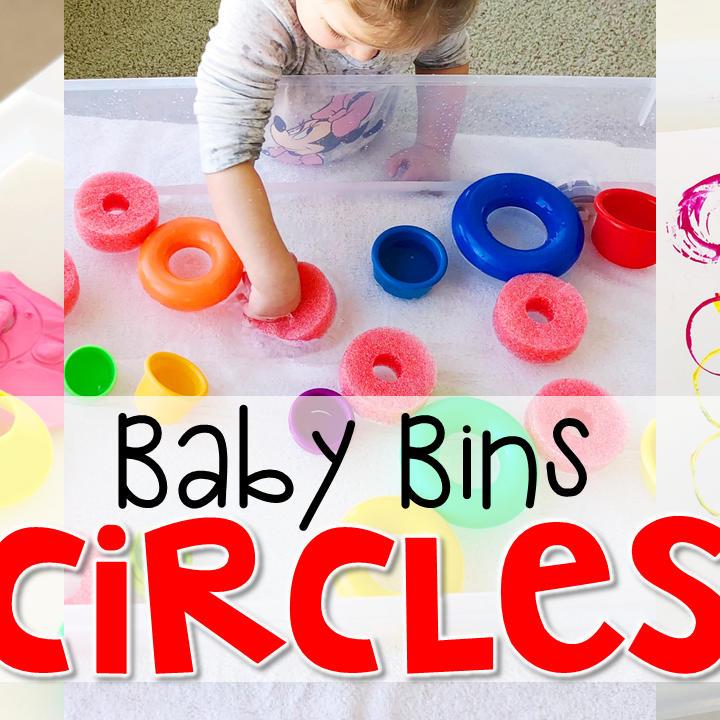
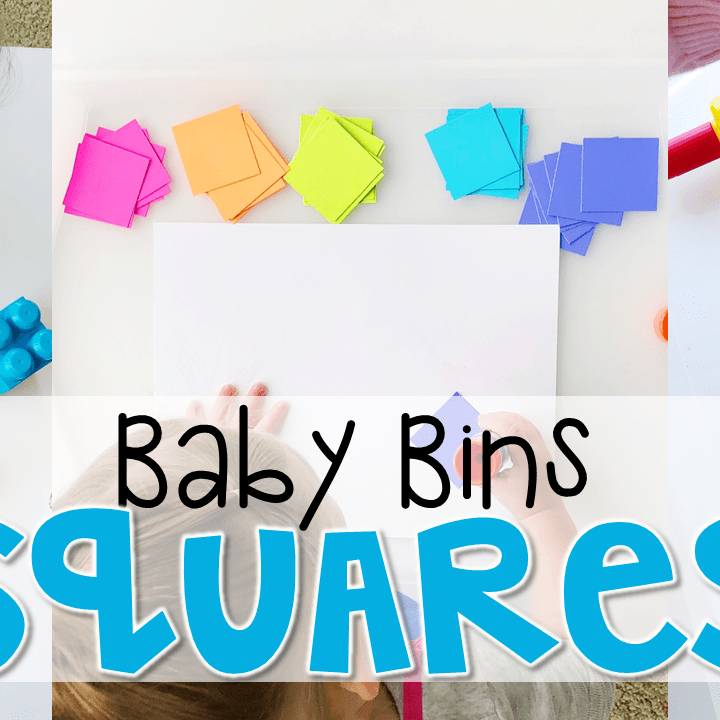
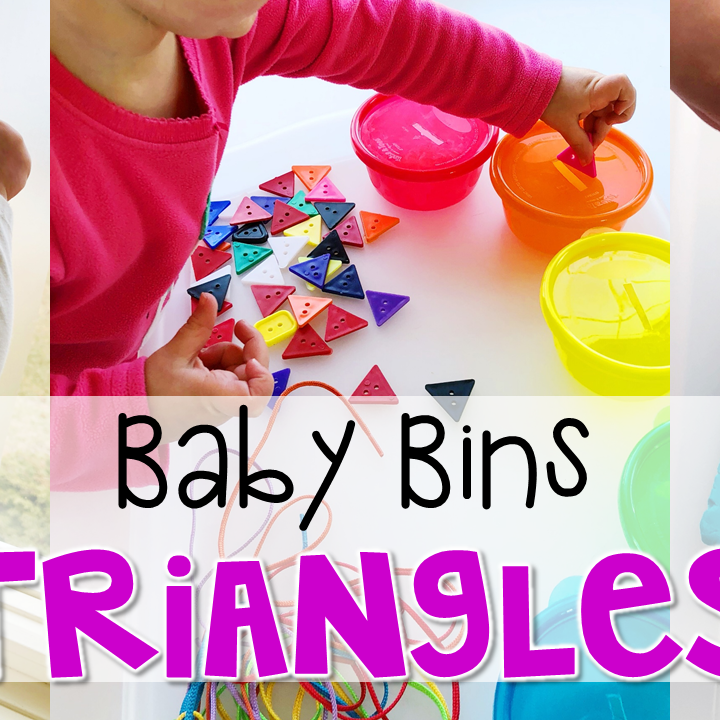
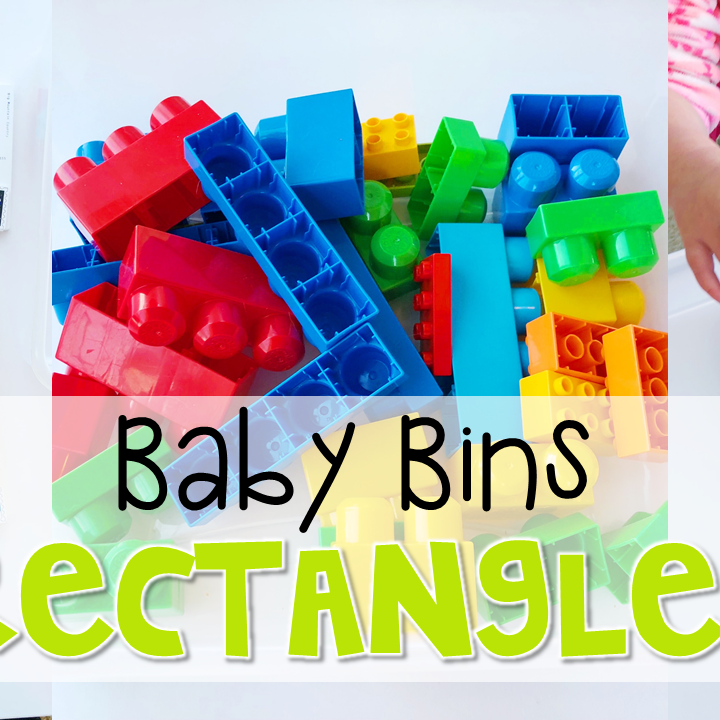
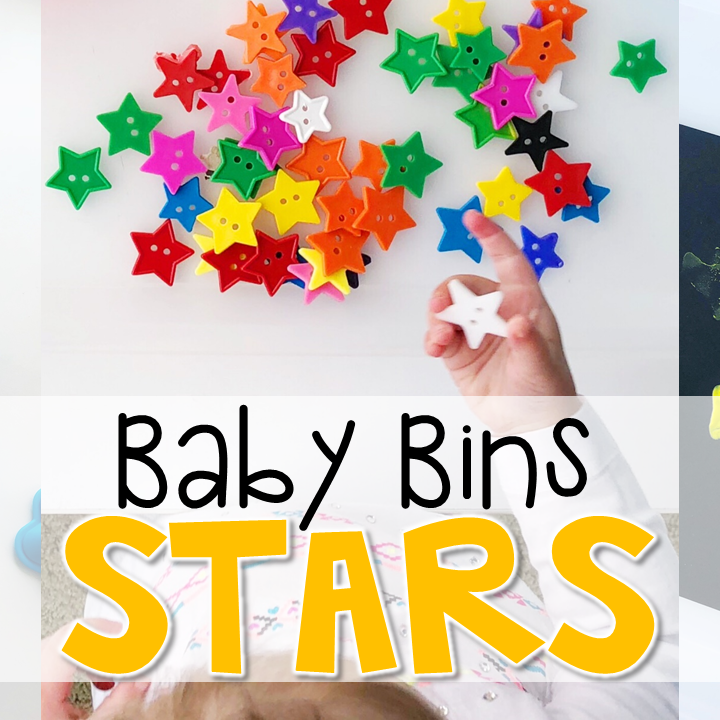
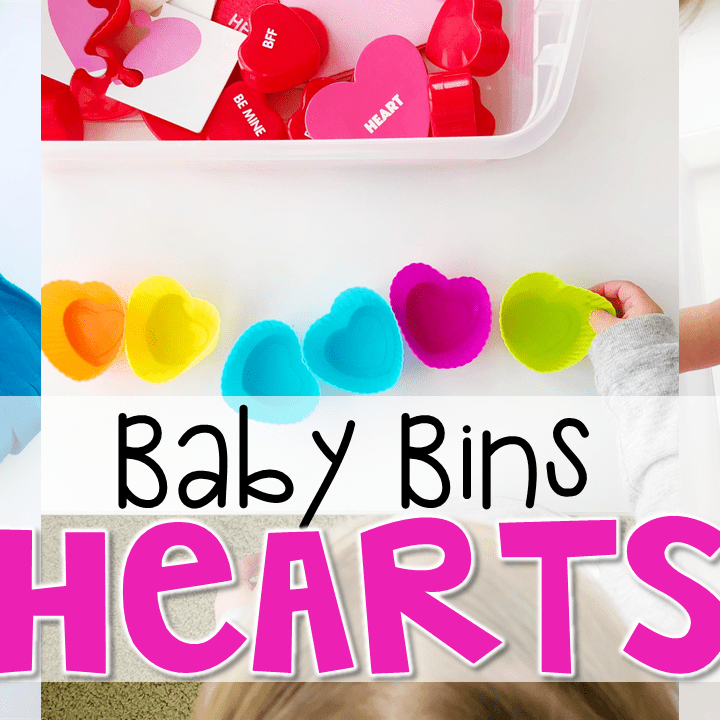
BABY BIN: SEASONAL THEME BLOG POSTS
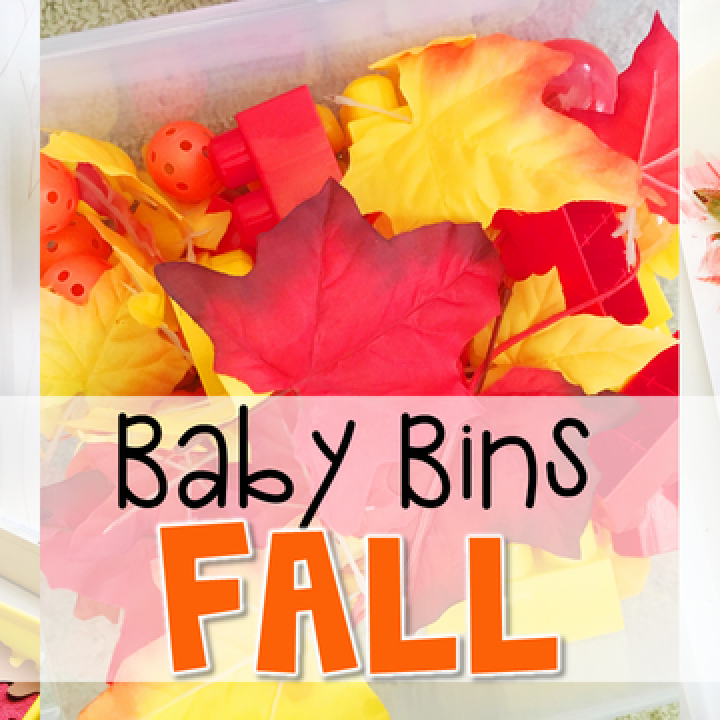
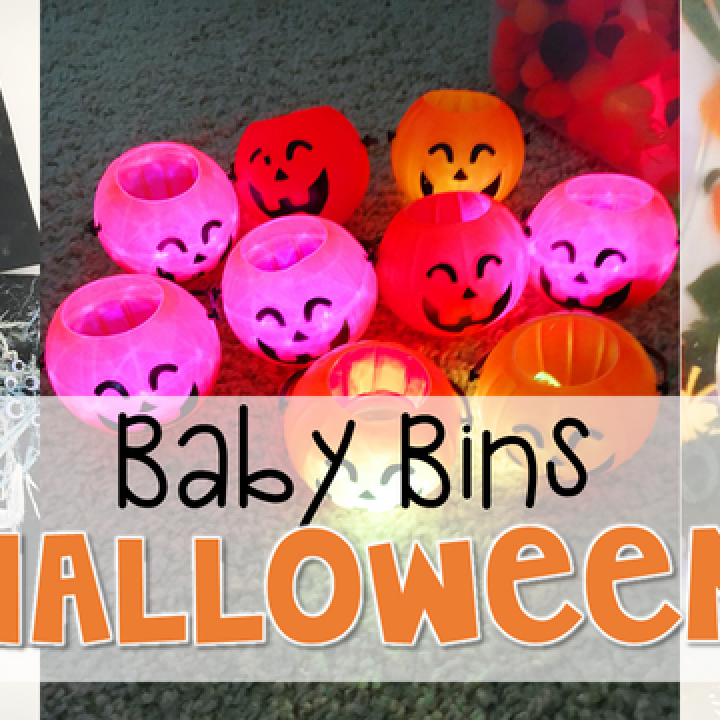
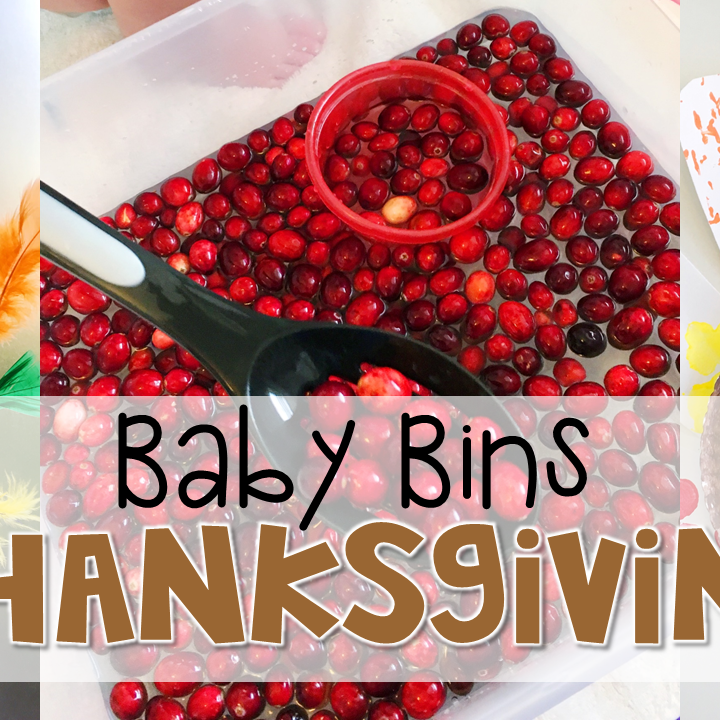
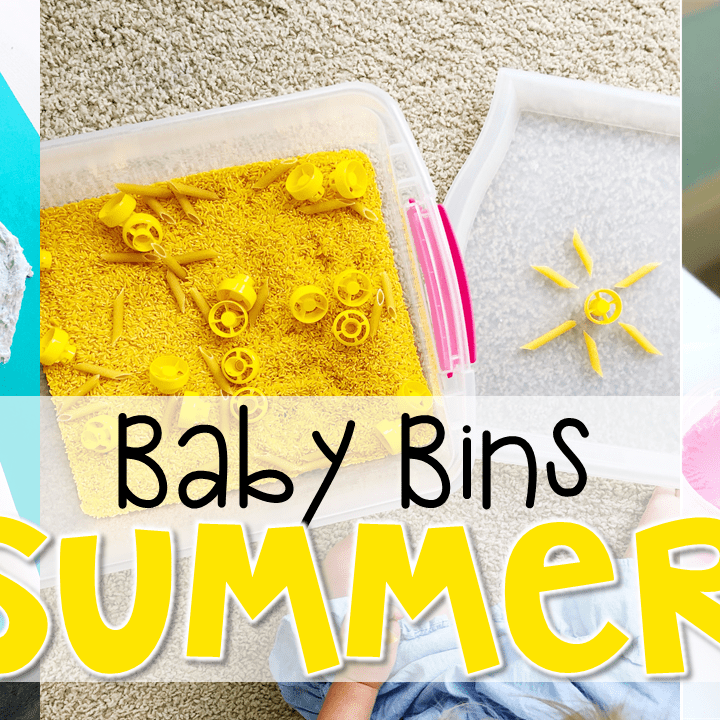
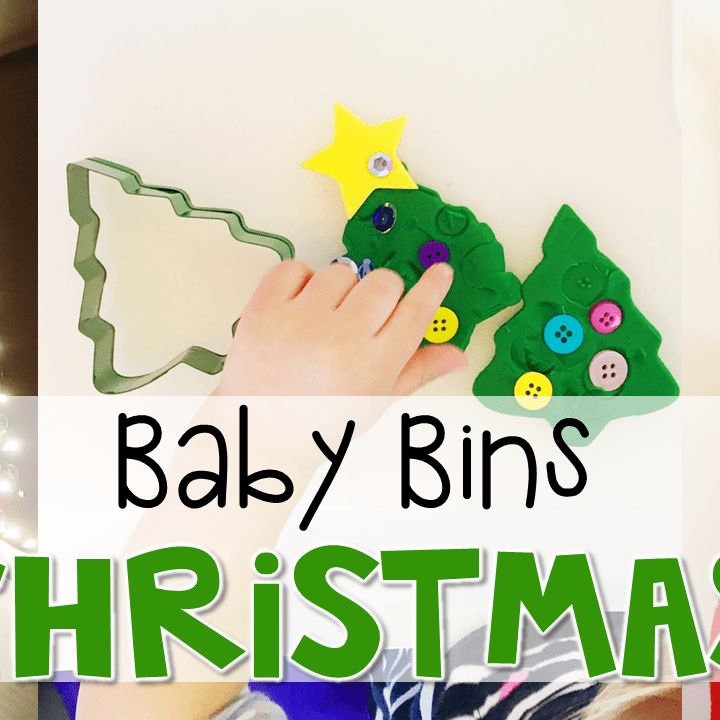
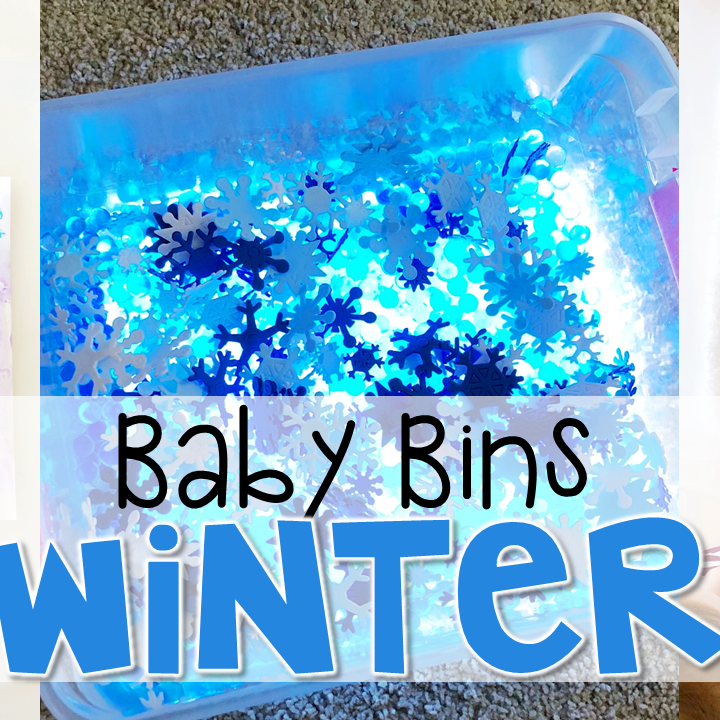
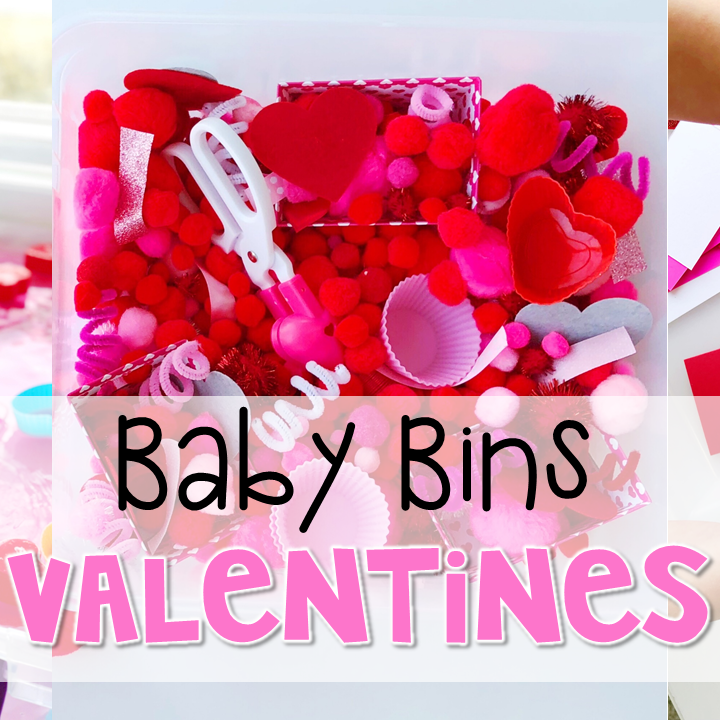
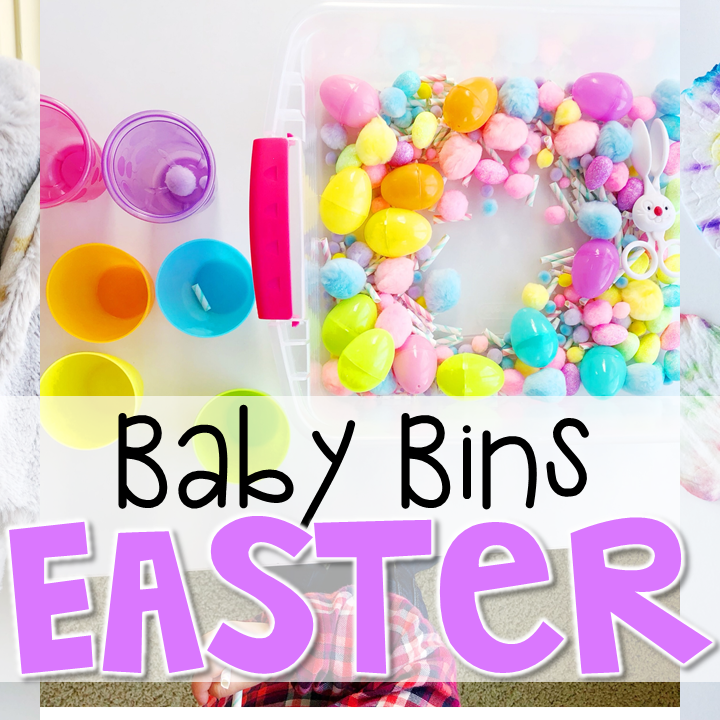
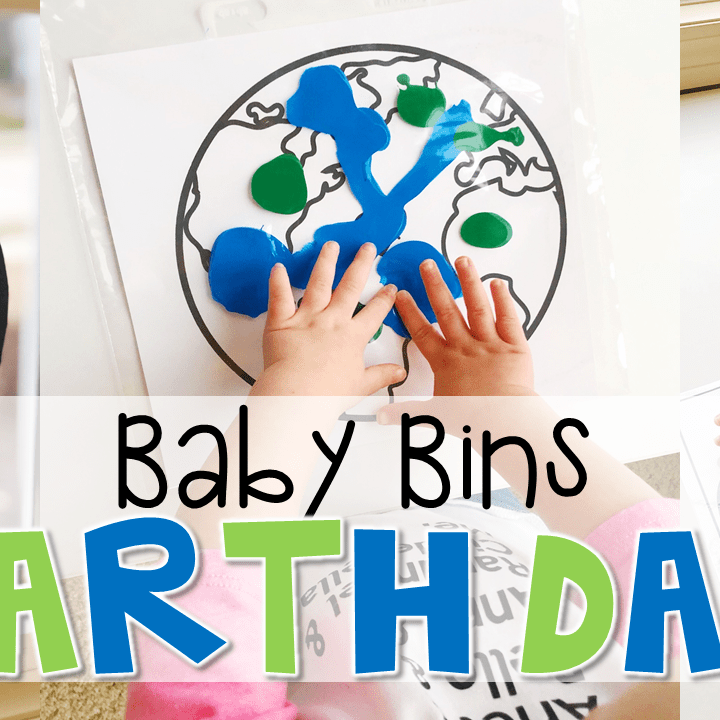
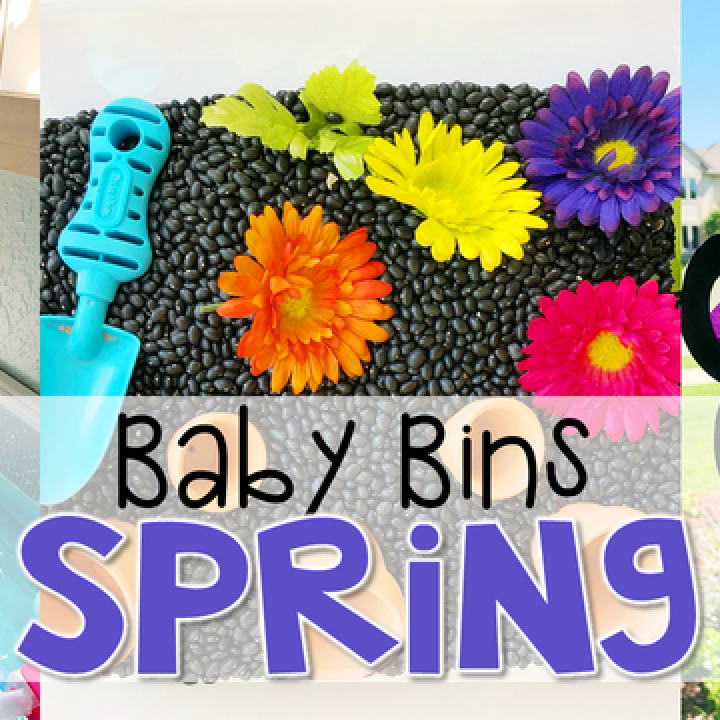
BABY BIN: ANIMAL THEME BLOG POSTS
Insects, Frogs, Butterflies, Zoo, Farm, Ocean
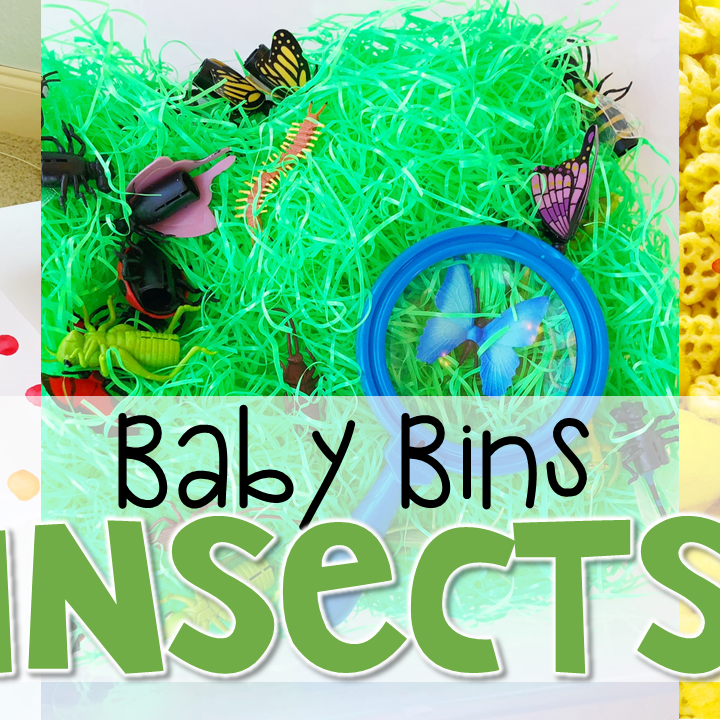
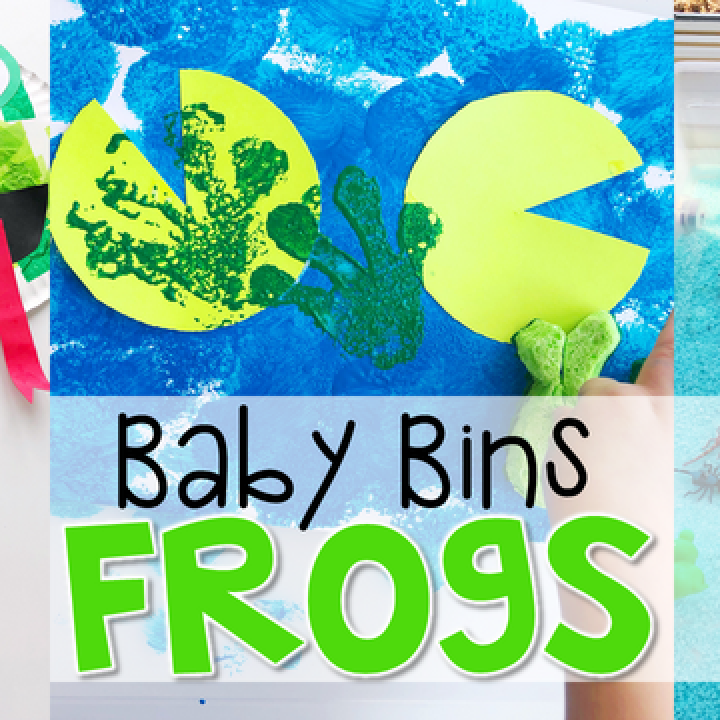
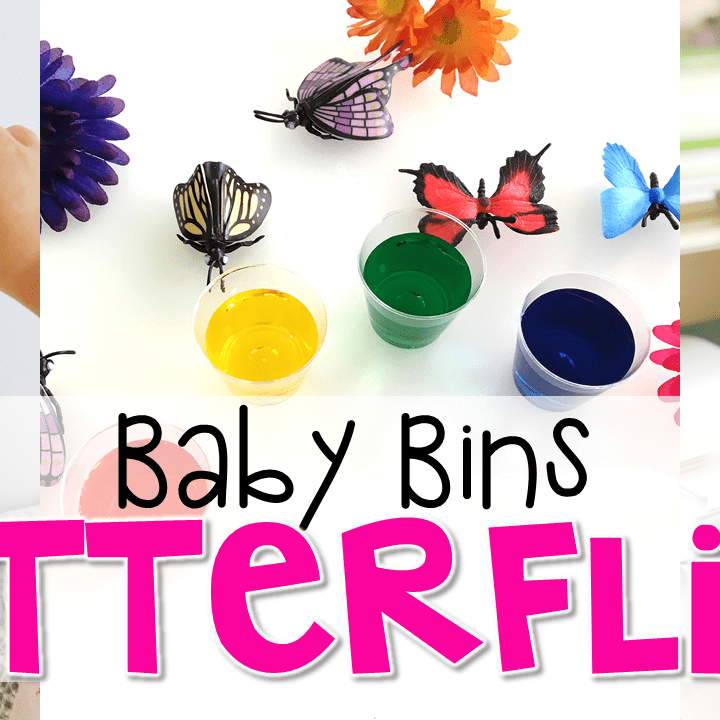
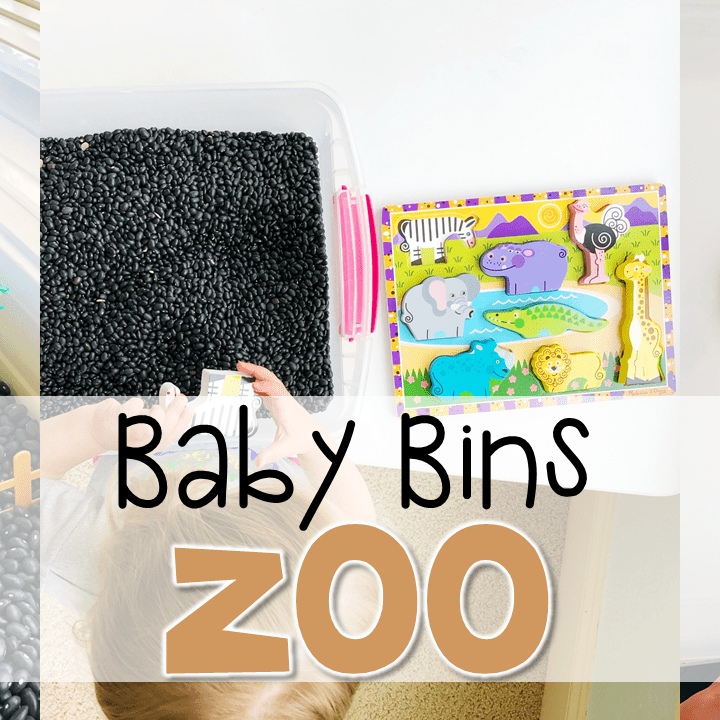
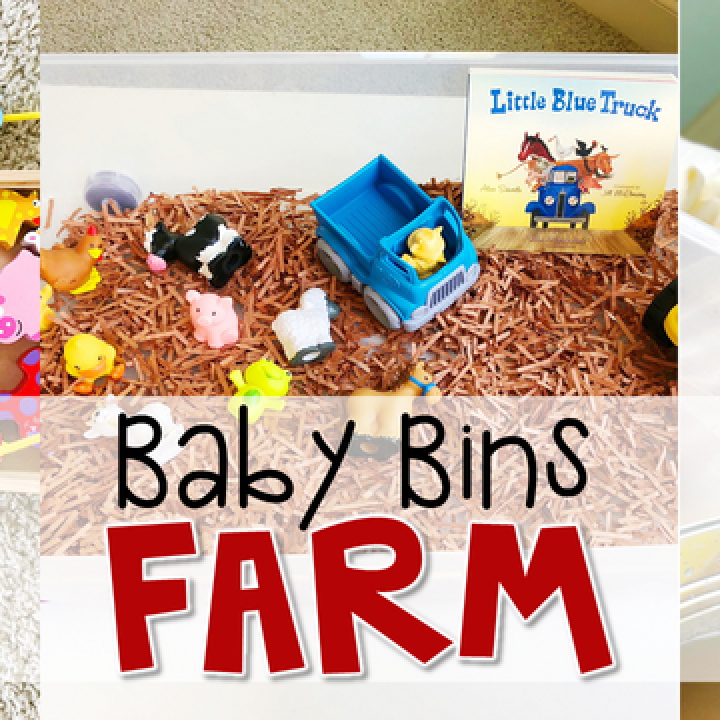
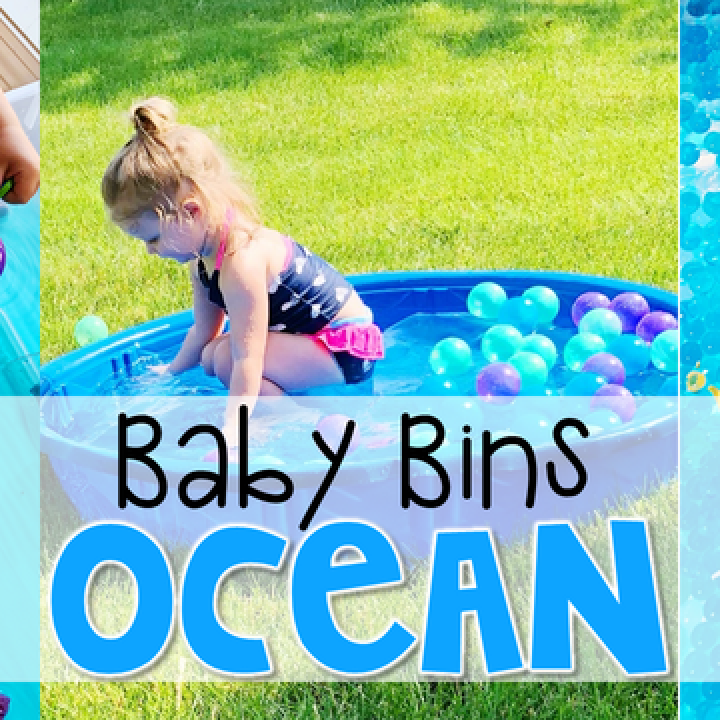
BABY BIN: NURSERY RHYME THEMES
(COMING SOON)
Muffin Man, Twinkle Twinkle, Mary Had a Little Lamb, Three Little Kittens, Pat a Cake, Rock a Bye Baby, Little Miss Muffet, Hey Diddle Diddle, Little Boy Blue, Humpty Dumpty, Jack and Jill, Buckle My Shoe
How to Get Started with Themed Sensory Play
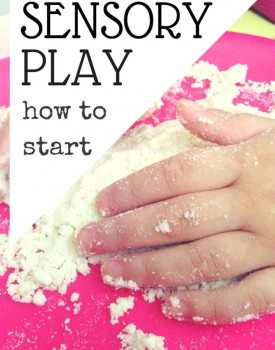
Just yesterday we checked and noticed we have shared over last couple years over 60 sensory play ideas! And yet, we never explained how to get started with sensory play for beginners, or why it’s beneficial for kids, even those without sensory issues. We are going to change this with new series of articles about…
Taste Safe Sensory Play Ideas for Babies, Toddlers and Older Kids
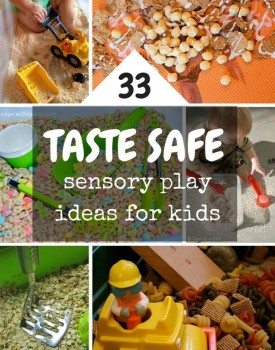
Today’s collection of sensory play ideas is perfect for babies, toddlers and older kids who still put everything in their mouth! Materials used here are mostly cereal based and all are edible! Browse through the collection and pick one of taste safe sensory play ideas to get you started! Just remember, it’s messy and be prepared!…
33 Construction Sensory Play Ideas
for Little Builders
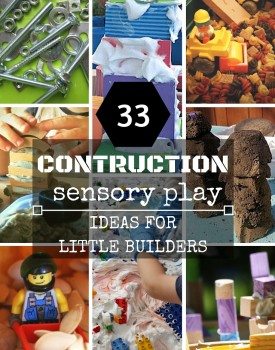
Adding building blocks, construction vehicles and different tools can enhance sensory play and help build a whole new set of skills for kids! Here you will find 33 construction sensory play ideas for little builders and we hope you and your kids will enjoy the play! Make a start with our Nuts and Bolts Sensory…
33 Kinetic Sand Play Ideas for Kids
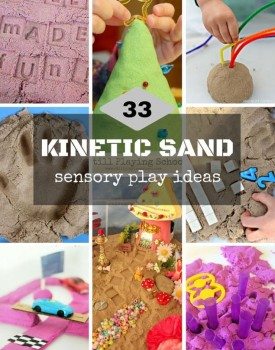
If you haven’t tried playing with kinetic sand by now, we totally recommend it! Today we have gathered 33 ideas with kinetic sand that combine playing and learning and your kids will surely enjoy them! [wp_ad_camp_1] Find out how to make your own Kinetic Sand. And then make a start playing with our own Kinetic Sand Sensory…
33 Ideas to Explore Space Through Sensory Play
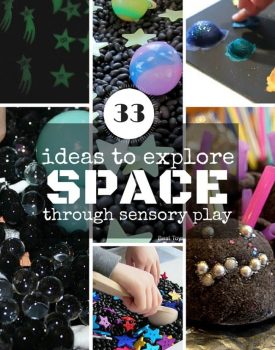
Most kids I know are fascinated by stars, moon and sky in general. Why not use this fascination your kids already express to teach them a bit more about all the mysteries that hide up in the sky?! We collected 33 ideas to explore space through sensory play. Some of these are simple sensory bins…
33 Ideas for Sensory Play with Farm Animals
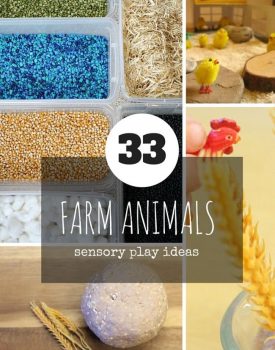
Playing with animals is always favorite activity around our home, and all of the little guests we have over enjoy it too! We had such a fun searching for and exploring all of the variations of sensory play ideas with farm animals! Here we listed 33 ideas for you to choose from and hope you…
33 Amazing Sensory Play Ideas with Dinosaurs
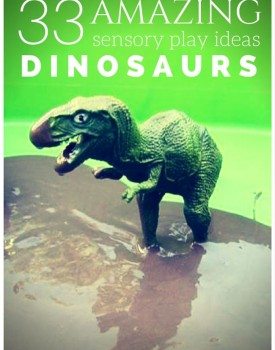
Dinosaurs are always a favorite, even in our home and we have 2 little girls! One of the things I like the most is to add a touch of hands-on learning with things that already spark child’s interest and this is the reason why I went on looking for more sensory play ideas with dinosaurs!…
Introduction to the
Eight Senses
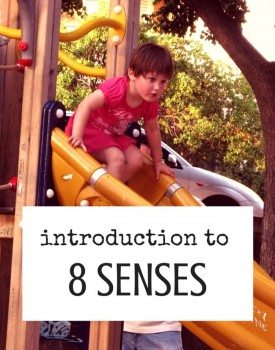
Yup! You read that title right. Eight senses. You’re probably thinking, “Um, I’m pretty sure I only know about five.” I know that’s what I was thinking when I was introduced to the concept. When I learned that the sensory system really consists of eight senses it actually made perfect sense. Everyone has these eight senses…
How Sensory Play Benifits Language Development
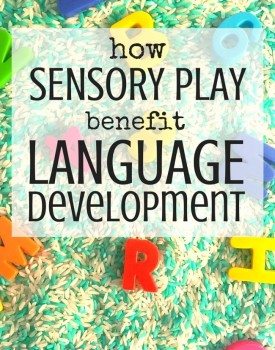
Would you like to help your child work on their language skills in a fun and engaging way? Let’s see how sensory play benefits language development and what you can do to assist your baby, toddler or preschooler. Many Benefits of Sensory Play One of the best things about playing through sensory exploration is the…
Transport SensoryBottles
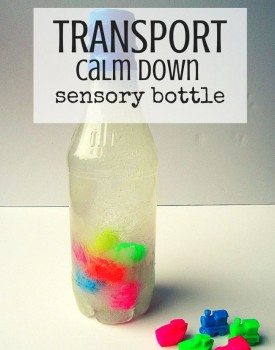
Sensory bottles are simply a container that is filled with various materials to encourage non-messy sensory play. If your have a toddler who adores all things to do with transport create a Transport Sensory Bottle for them. Their purpose is to enable children to use their senses to explore the bottle. A child can shake, roll, turn…
How to Make Sensory Bottles for Beginners
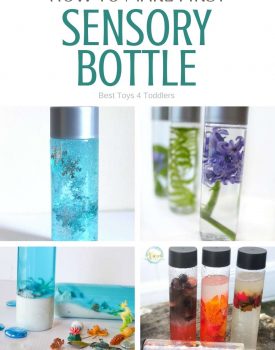
Sensory bottles are a fun, mostly visual way to explore sensory play! We’ll guide you here through steps to make first sensory bottle for beginners? Today we are going to explore what to use and how to fill them up! They are really simple to put together and only require a few supplies. Why You…
Sensory Bags Basics
For Beginners
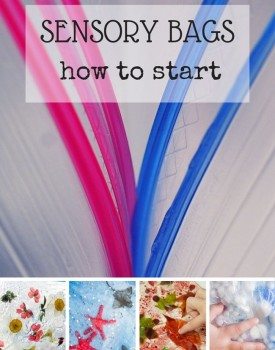
A lot of times sensory and messy play go hand in hand. But not necessarily! So if you have a day when you’re short on clean up time or just want to try something different for sensory play, sensory bags are the perfect solution! Today we’ll cover sensory bags basics for beginners and teach you…
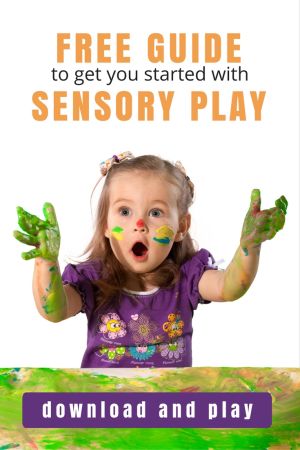
Sensory Play Activities for Sense of Touch
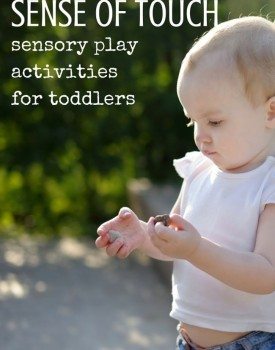
Our skin is our body’s largest organ. So it makes sense that much of what our brains learn and perceive about our world is first communicated to us through our skin. Our sense of touch is so important, in fact, that it is the first to develop in the womb and babies can die from…
Astronaut Pretend Play with Fine Motor Practice
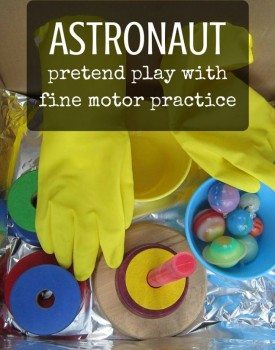
We are excited to be starting our second A-Z series. This time we will be focusing on fine motor skill activities across the alphabet. Today we are kicking off the series with A is for Astronaut Fine Motor Skills. What is it with young children and their obsession with space? The topic seems to capture…
Sensory Play through the Alphabet (A-Z)

There are many things we love about sensory play, including how it allows toddlers to explore new textures and new materials. In most cases, it’s really easy to set up sensory activity and many of them are safe for kids who still place everything in their mouth. You can use sensory bins to add a…
Sensory Play Activities for Toddlers and Preschoolers
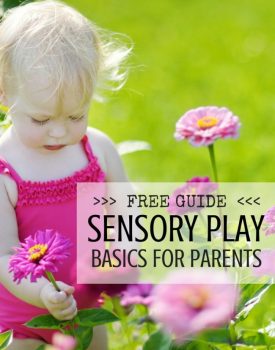
Using sensory play everyday introduces babies, toddlers and preschoolers to a variety of new experiences! Around here, we love and encourage sensory play. Here you’ll find all of our favorite sensory play activities for toddlers and preschoolers all in one place! The Ultimate List of Sensory Play Activities and Information Developmental Benefits and Getting Started Sensory…
Visual Sensory Play Ideas for Kids
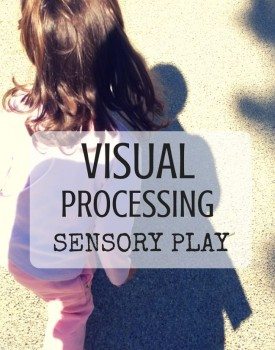
When you enter a dark room you’re familiar with you can remember what objects surround you. If you see only part of a familiar object you may be able to still know what it is. You can thank your sense of sight for those skills. Even being able to identify colors, shapes, letters and numbers…
Taste and Smell Sensory Play Activities
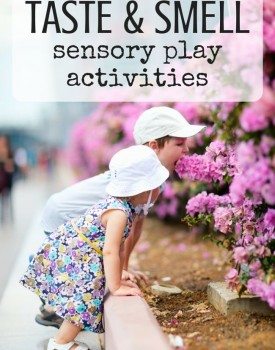
If you’ve ever had a stuffy nose and not been able to taste anything you understand how closely related taste and smell really are. One greatly affects the other. And if you’ve had young children you also know how much exploring happens with the mouth. How something feels in the mouth is one of baby’s first…
40+ Basic Ready to Go Themes for One Year Old's
WEEKLY THEMES / UNITS
And you can find here a list of all published themes / units for toddlers
Letter Z –
THEMED RESOURCES
Nursery Rhymes
Educational Toys
My First Scribble Book
Learnworx My First Flashcards
Morning Menu
Learning Journal
HOW WE INTRODUCED COLORS
Red Color Baskets
Blue Color Baskets
Yellow Color Baskets
Orange Color Baskets
Purple Color Baskets
Green Color Baskets
Brown Color Baskets
Black Color Baskets
White Color Baskets
Pink Color Baskets
HOW WE INTRODUCED SHAPES
Circle Shape Basket
Square Shape Basket
Triangle Shape Basket
Rectangle Shape Basket
CLICK HERE FOR OUR 1-2 YEAR OLD YOUTUBE VIDEOS
Simply Sensory Play Themes

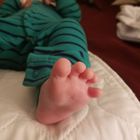
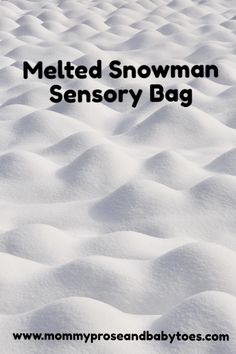
Melted Snowman Sensory Bag - Mommy Prose and Baby Toes

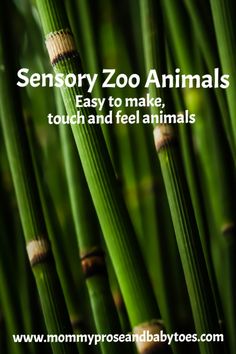
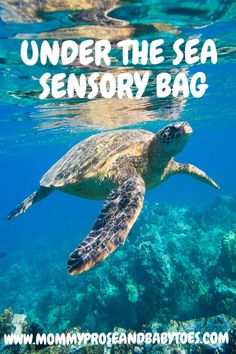
Under the Sea - Mommy Prose and Baby Toes

Egg Hunt! - Mommy Prose and Baby Toes
Easter sensory bag – Let your little one "hunt" for eggs with this simple, Easter sensory bag!
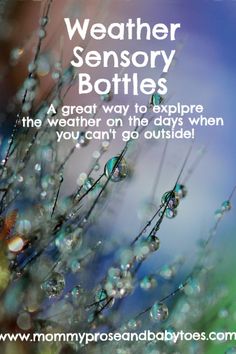
Wacky Weather Bottles! - Mommy Prose and Baby Toes
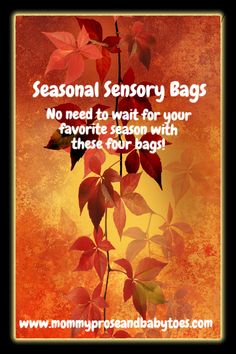
Seasonally Sensory! - Mommy Prose and Baby Toes
Seasons sensory bags – A great way
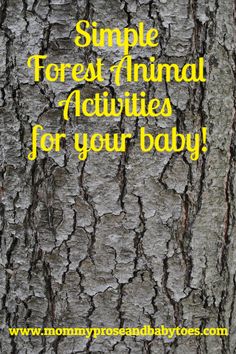
Forest Friends - Mommy Prose and Baby Toes
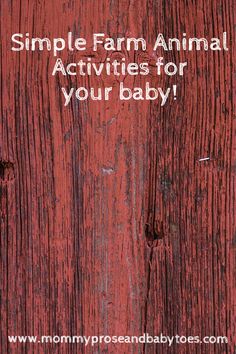
E, I, E, I, O! - Mommy Prose and Baby Toes
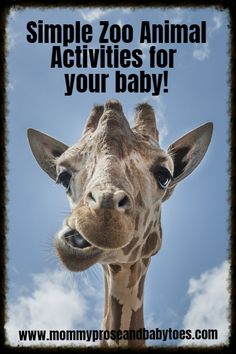
Let's go to the zoo! - Mommy Prose and Baby Toes
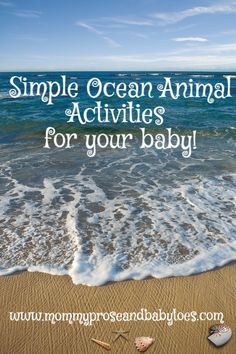
Oh say, can you sea! - Mommy Prose and Baby Toes
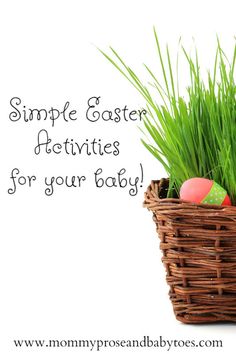
Hippity, Hoppity, Easter's on its way! - Mommy Prose and Baby Toes
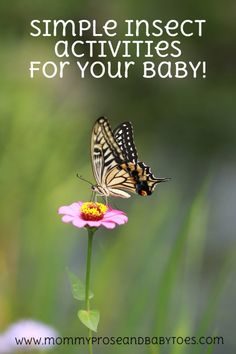
Creepy, Crawly Critters! - Mommy Prose and Baby Toes
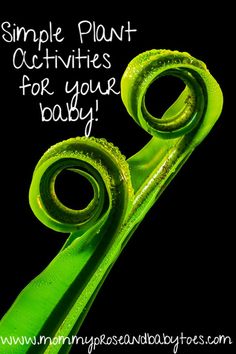
Plentiful Plants! - Mommy Prose and Baby Toes

Newborn Playtime - Mommy Prose and Baby Toes
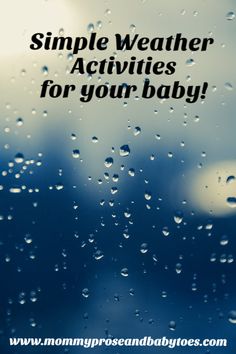
Little man, Weatherman! - Mommy Prose and Baby Toes
Weather Activities - Can’t think of what to do with your infant all day
SENSORY PLAY ACTIVITIES FOR SENSE OF TOUCH

Our skin is our body’s largest organ. So it makes sense that much of what our brains learn and perceive about our world is first communicated to us through our skin. Our sense of touch is so important, in fact, that it is the first to develop in the womb and babies can die from…
5 Playroom Clean-Up Hacks
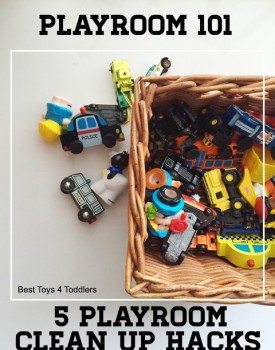
Is your playroom clean? How did it get that way? Would it surprise you to know that I do not clean up our playroom? Ever. Would it surprise you more to know that at the end of the day it is always clean? I will share 5 playroom clean-up hacks that work for us and…
The Best Gardening Activities for Kids
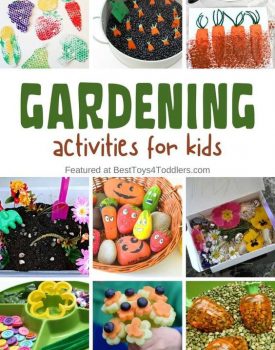
You know how kids, especially toddlers and preschoolers, like to imitate mom and dad and do whatever grown-ups are doing? Like gardening! It’s amazing how kids can get engaged in playing and learning when it comes to planting, taking care of plants and flowers in the garden! Here you will find 33 ideas for gardening…
How Sensory Play Benefits Cognitive Development
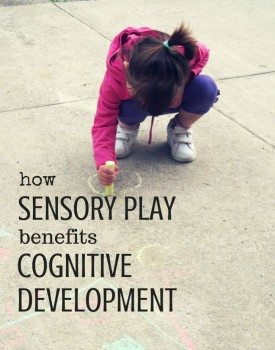
The scientific method generally consists of asking a question, developing a hypothesis, conducting an experiment, analyzing results and making a conclusion. Maybe you’re thinking, “What does that have to do with early childhood sensory play?” Well, everything really! The steps of the scientific method are the basic principles our brains use to figure things out…
Vegetable Sensory Bin

My son is a reluctant eater. Vegetables are certainly low down on the list of things he will eat. As a result, we are making a conscious effort to get him used to vegetables away from meal times. One of the way to expose him to different vegetables is by letting him touch and work…
Top 10 Sensory Toys for 1 Year Olds
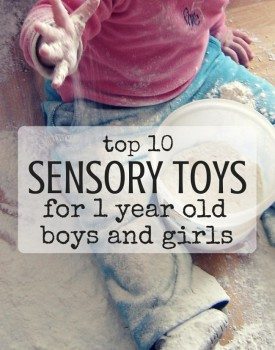
These top 10 sensory toys for 1 year-olds will give your baby the opportunity to explore and discover their senses. Give them a creative way to learn about different colors, feel different textures (even if it is with their tongues!), learn all about animals and the noises they make, and they will even learn about…
Vehicles Sensory Play Ideas
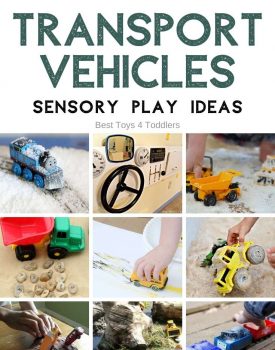
Every child I know loves to play with cars, trucks, and other vehicles! No wonder we decided to put together a collection with vehicles sensory play ideas! Activities on this page are perfect to add to transportation, vehicles or community workers unit, in preschool, tot-school or kindergarten! Mixed Vehicles Sensory Play Activities Mix the types…

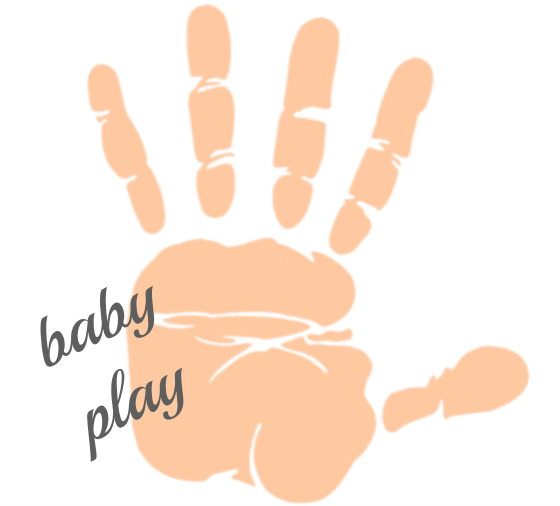
Baby Play: Simple Counting Play and Song
I haven’t been able to write a baby post in a while because I haven’t had a little one in my arms in far too
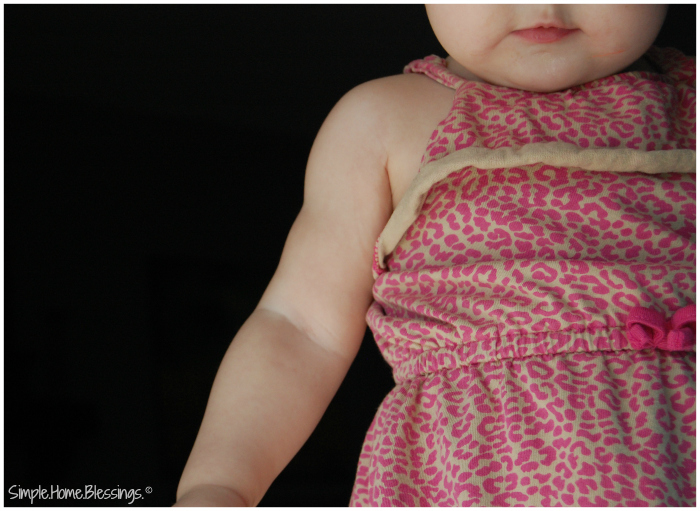
Dressing Games for Babies
Most days I struggle to get dressed before my husband comes home. Yes, I will admit it! In my defense he comes home fairly early,
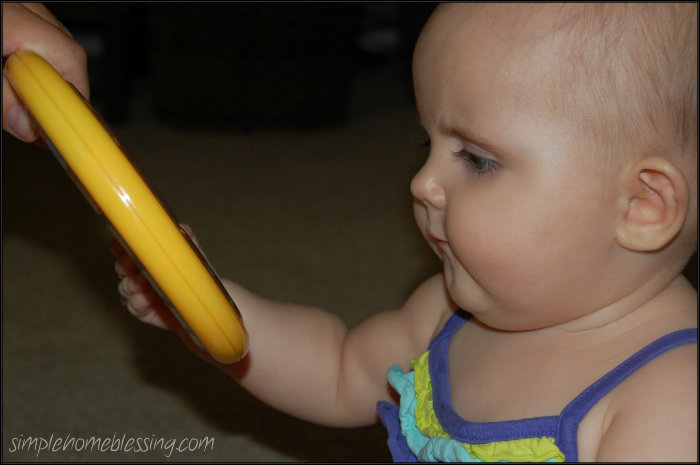
Early Development, Learning, and Fun: Baby Play – Sound
The sitting, early crawling stage is such fun for babies and parents! It is a time of exploration, discovery, and enlightenment. We so enjoyed
Must Read Baby Books
Our little one is turning one in one week. I can’t believe how the time has flown and how much she is doing. She just
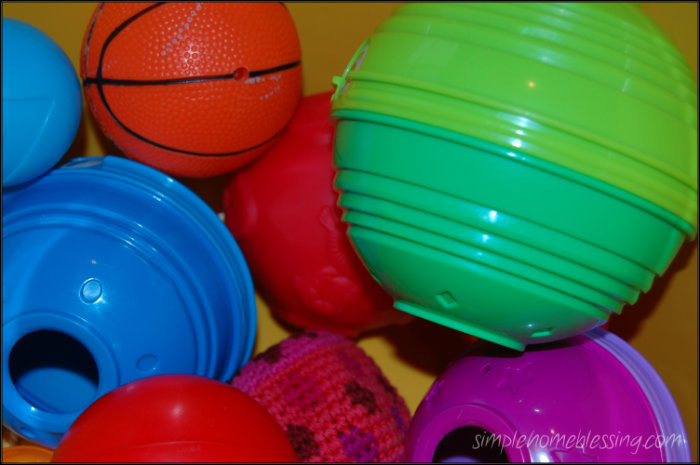
Simple Baby Play: Ball Basics
There is SO much a baby can learn and enjoy with a simple collection of balls! We explored textures, colors, and shapes among other things this
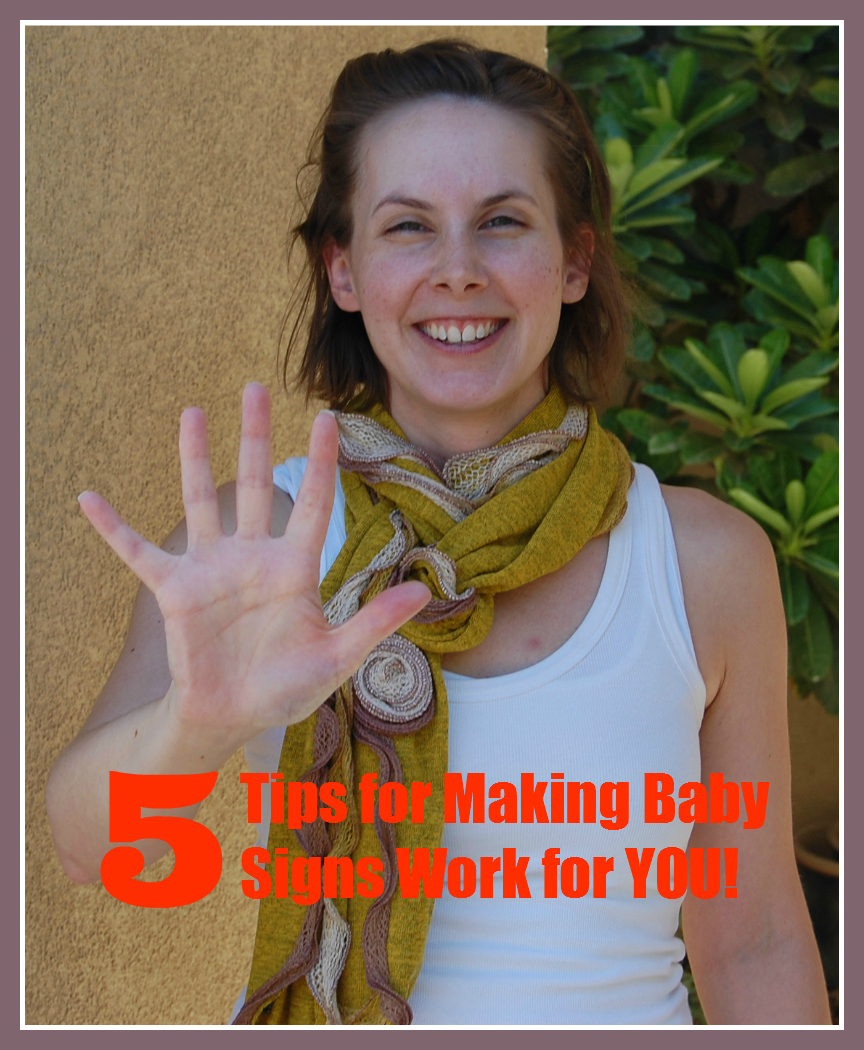
5 Tips for Making Baby Signs Work for YOU!
Communication with babies can often be difficult. They can’t tell you with specificity what is bothering them. So as parents, we come up with a
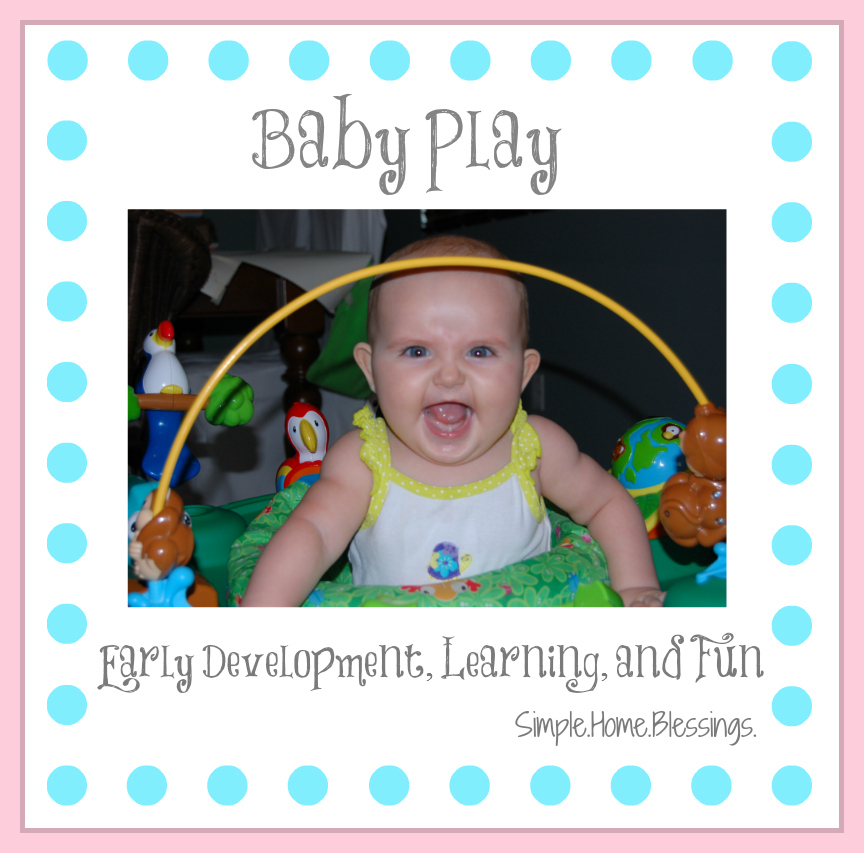
Baby Play
I love to watch the eyes of our little ones as they experience something for the first time. The look of interest mixed with
15 Best Places to Take a 1 Year Old For Fun-Filled Activities in 2024
Series: One Year Old Preschool
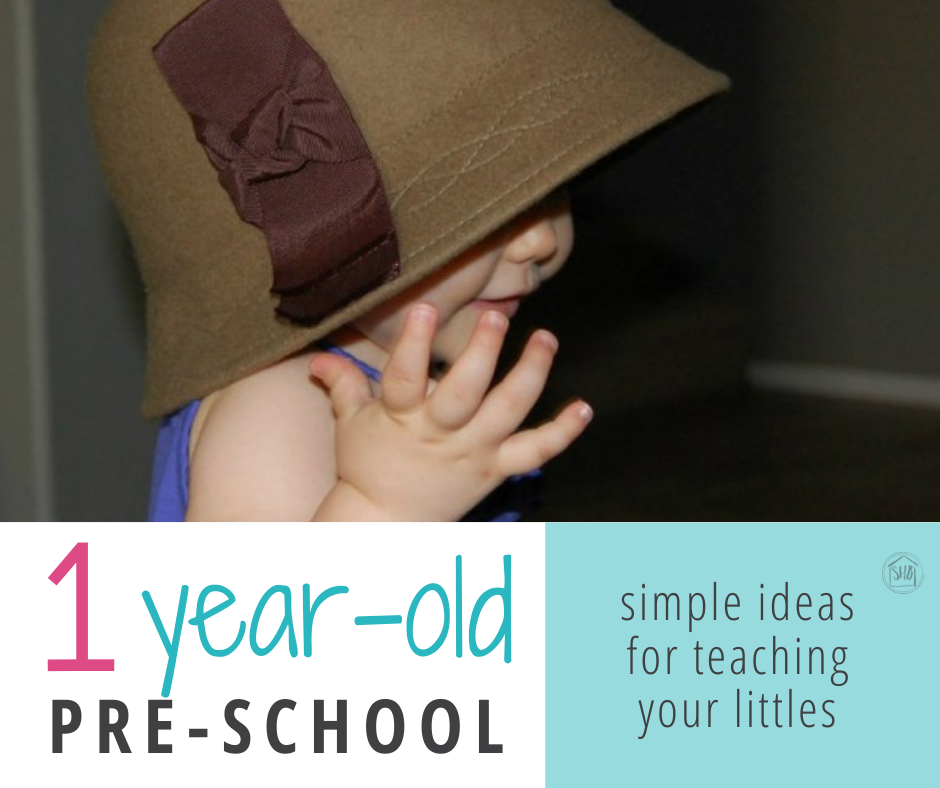
One Year Old Preschool: Colors – Rainbow Review
This entry is part 19 of 19 in the series One Year Old Preschool
We are finally at the end of our seven week series on colors! And rainbows were the focus! The purpose of this unit is to
One Year Old Preschool: Purple
This entry is part 18 of 19 in the series One Year Old Preschool
This is week six of a seven week unit on the colors of the rainbow, culminating in a “review week” where we talk about rainbows.
One Year Old Preschool: Green
This entry is part 17 of 19 in the series One Year Old Preschool
This is week five of a seven week unit on the colors of the rainbow, culminating in a “review week” where we talk about rainbows.
One Year Old Preschool: Blue
This entry is part 16 of 19 in the series One Year Old Preschool
This is week four of a seven week unit on the colors of the rainbow, culminating in a “review week” where we talk about rainbows. The
One Year Old Preschool: Yellow
This entry is part 15 of 19 in the series One Year Old Preschool
This is week three of a seven week unit on the colors of the rainbow, culminating in a “review week” where we talk about rainbows. The
One Year Old Preschool: Orange
This entry is part 14 of 19 in the series One Year Old Preschool
This is week two of a seven week unit on the colors of the rainbow, culminating in a “review week” where we talk about rainbows. The purpose of
Series: One Year Old Preschool
One Year Old Preschool: Red
This entry is part 13 of 19 in the series One Year Old Preschool
We are starting a new unit that will take at least 7 weeks, but I am considering taking a week or so to do some Valentine
One Year Old Preschool: Winter Week 2
This entry is part 12 of 19 in the series One Year Old Preschool
We had so much fun learning about all things winter in our unit last week that we decided to extend the fun into another week.
One Year Old Preschool: Winter
This entry is part 10 of 19 in the series One Year Old Preschool
It is crazy that we have to actually teach our children about winter. But since we live in the desert, it is a concept that
One Year Old Preschool: Creation
This entry is part 11 of 19 in the series One Year Old Preschool
We are finally getting back to a structured (as structured as an 18 month old will allow) preschool after a long hiatus to have a
One Year Old Preschool: Catch up edition
This entry is part 9 of 19 in the series One Year Old Preschool
We have really dropped the ball around here on the organized preschool thing for G. But it is amazing all the things this little one
One Year Old Preschool: Food and Feeding – Milk and Brownies
This entry is part 8 of 19 in the series One Year Old Preschool
We are still working our way through a unit on Food and Feeding. The theme verse for this unit is “Give us this day
One Year Old Preschool: Food & Feeding – Early Manners
This entry is part 7 of 19 in the series One Year Old Preschool
The current unit we are working on is foods and feeding. The theme verse for this unit is “Give us this day our daily bread”
One Year Old Preschool: Foods and Feeding
This entry is part 6 of 19 in the series One Year Old Preschool
This week we started a new unit on foods and eating. The theme verse for this unit is “Give us this day our daily bread”
One Year Old Preschool: Week 4
This entry is part 5 of 19 in the series One Year Old Preschool
The unit we are working on for this month is the body with a theme verse of “I am fearfully and wonderfully made (from Psalm

One Year Old Preschool: Week 3
This entry is part 4 of 19 in the series One Year Old Preschool
The unit we are working on for this month is the body with a theme verse of “I am fearfully and wonderfully made (from Psalm
One Year Old Preschool: The Body – Week 2
This entry is part 3 of 19 in the series One Year Old Preschool
The unit we are working on for this month is the body with a theme verse of “I am fearfully and wonderfully made (from Psalm
One Year Old Preschool: Week 1
This entry is part 2 of 19 in the series One Year Old Preschool
This week for our very first week of one year old school. The goal
Storytime Themed Unit Plans
Here’s a comprehensive list of my storytime lesson plans. Each lesson plan has books, music, fingerplays, flannel boards, and wiggles songs for the theme, some even have crafts and other extension activities. Take a look at the list below for great “traditional” storytimes, but also some really special programs like Sensory, Parachute, and Yoga storytimes that are noted below.
These lists are perfect for a library storytime, but could also be used in homes or childcare centers, or at home! I hope you find this list helpful in coming up with new ideas for your own storytime or reading to your little one!
Storytime Themes
Aliens from Outer Space
Alligators & Crocodiles (parachute)
Alphabet
Animals
Authors
Amy Krouse Rosenthal (yoga)
Eric Carle (yoga)
Karma Wilson (yoga)
Kevin Henkes (yoga)
Mo Willems (yoga)
Paul Schmid (yoga)
Baby
Bubbles
Bugs
Bunny Rabbits
Cats
Characters with Name that Begin with “C” (parachute)
Chicks (yoga)
Colors
Red
Orange
Green
Construction
Winter 2015 (parachute)
Fall 2015 (parachute)
Counting
Dinosaurs
Down on the Farm (sensory)
Dragons
Earth Day
Elephants
Emotions (Frustration) (parachute)
Fall
Favorites (sensory)
Friendship
Fruit (yoga)
Gardens
Giraffes
Hiking
Hugs & Kisses
2013 (yoga)
Imagination
Interactive
2013 (yoga)
Winter 2015 (parachute)
Fall 2015 (parachute)
Jungle
Libraries
Lunar New Year
Mittens
Monsters
Moon
Ocean
Octopuses
Outer Space
PA’s One Book, Every Young Child
Penguins
Pets
Pirates
Polka Dots (sensory)
Rain
Robots
Senses
Shapes
Sheep
Sing-a-long Books
2014 (sensory)
Snakes (sensory)
Sneezes (sensory)
Sniffles & Sneezes (yoga)
Snow
Socks
Sports
Superheroes
Themeless Storytimes
April 28, 2015 (preschool)
April 28, 2015 (toddler)
Summer Week #1
Summer Week #2
Summer Week #3
Summer Week #4
Summer Week #5
Summer Week #6
Trains
Transportation
Water
Weather
Winter Wonderland (yoga)
Zoo
